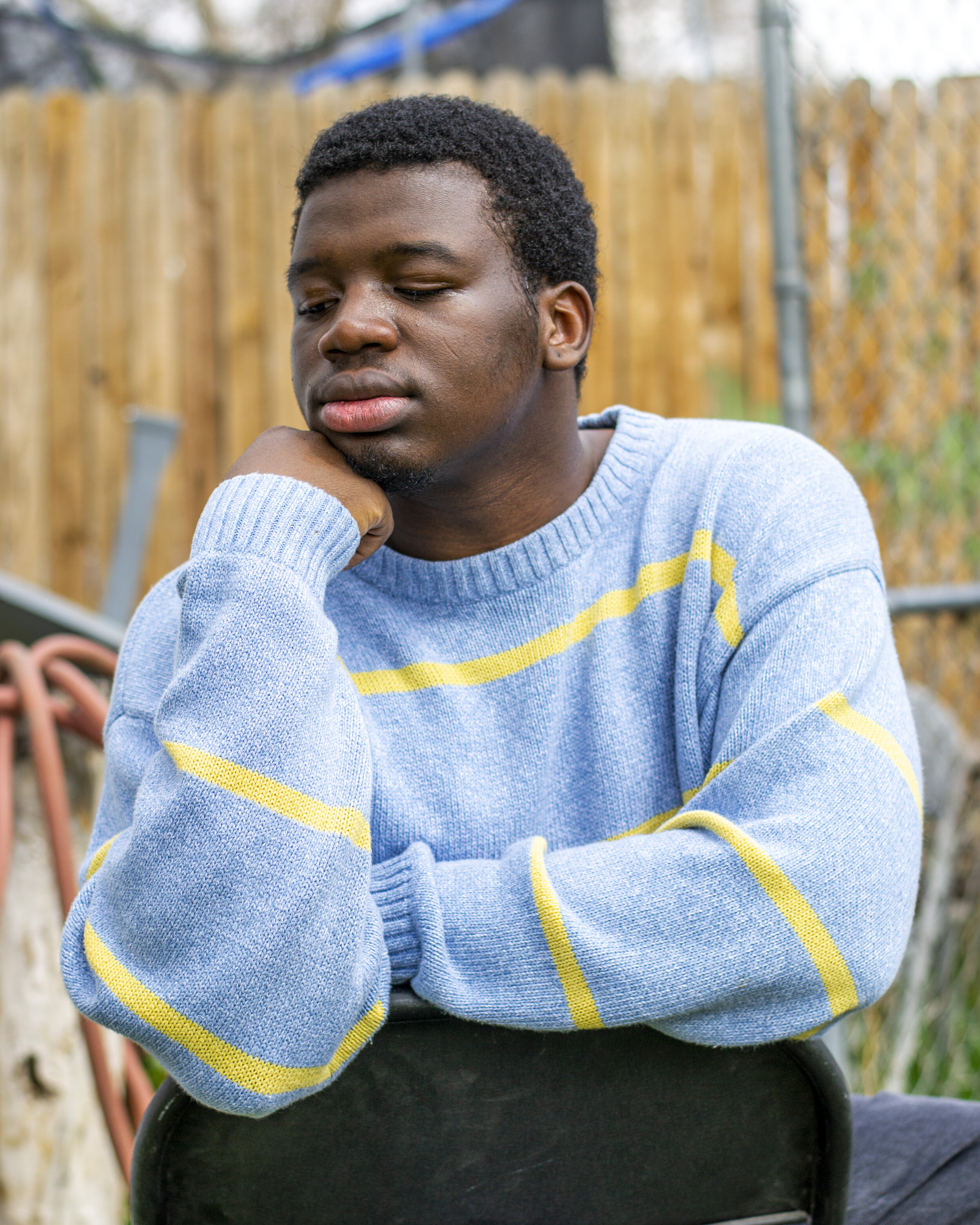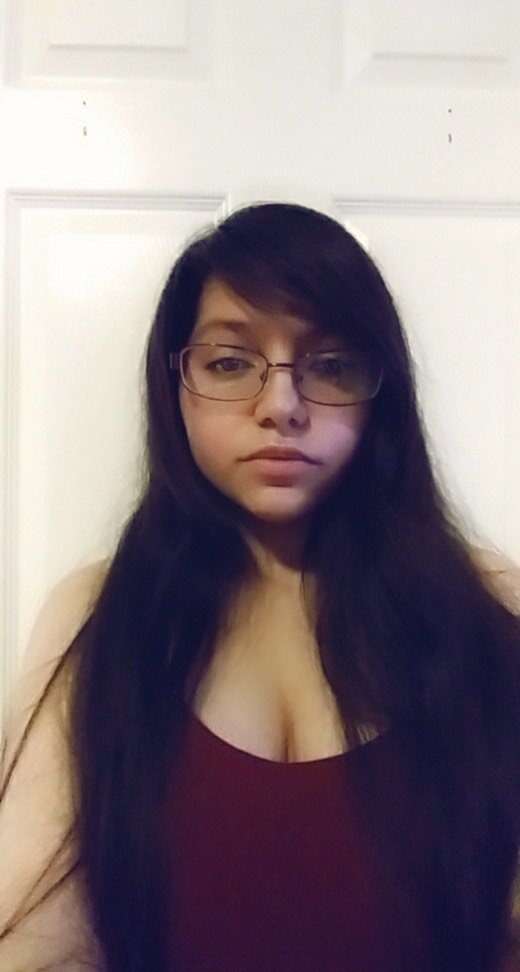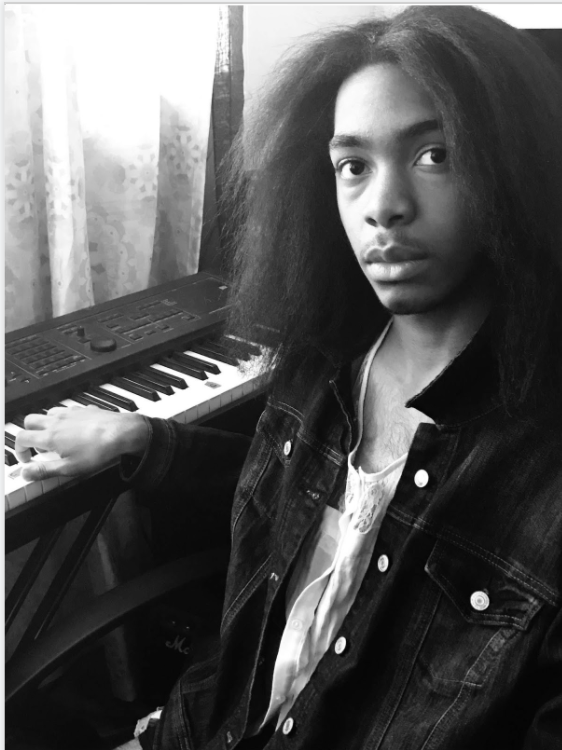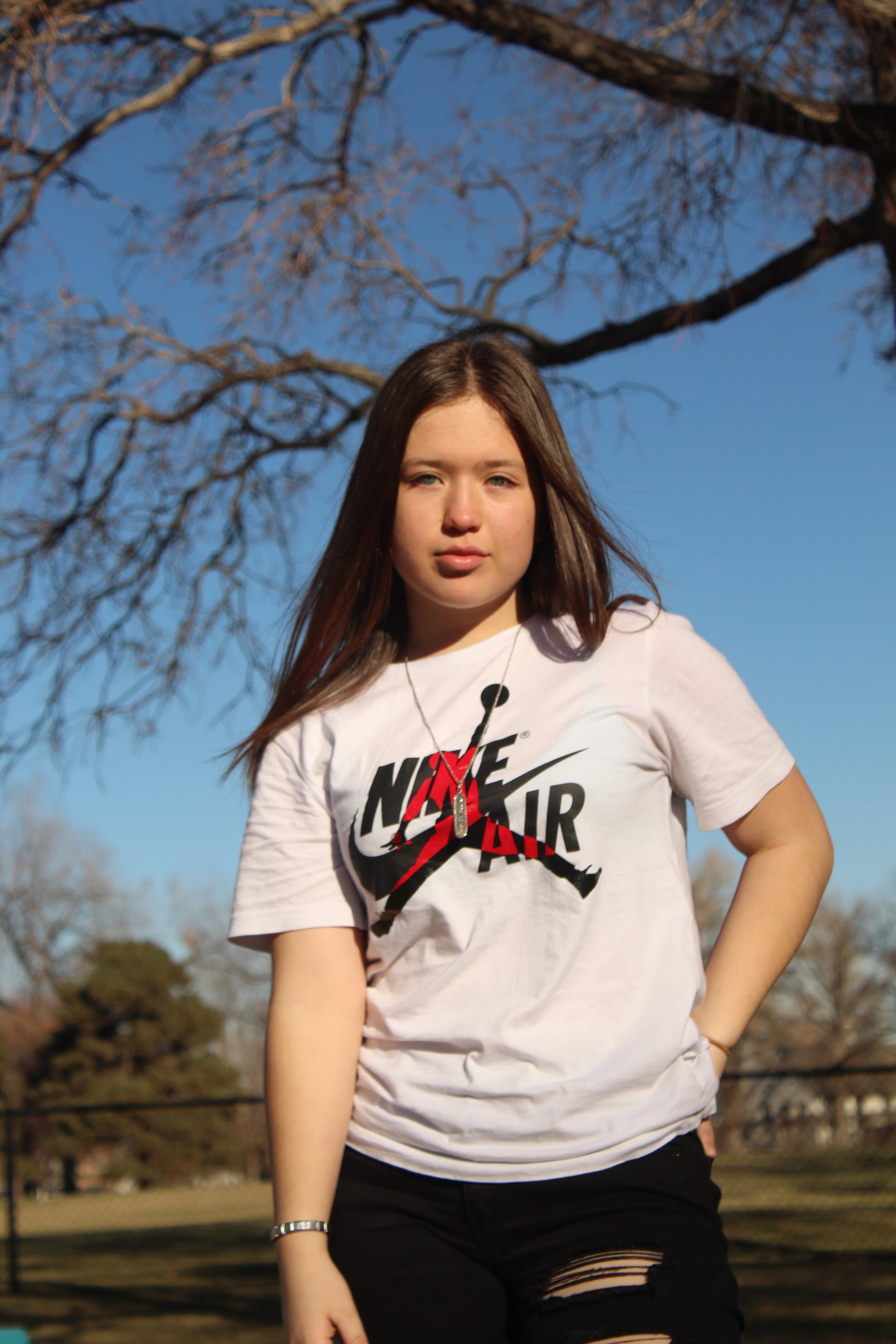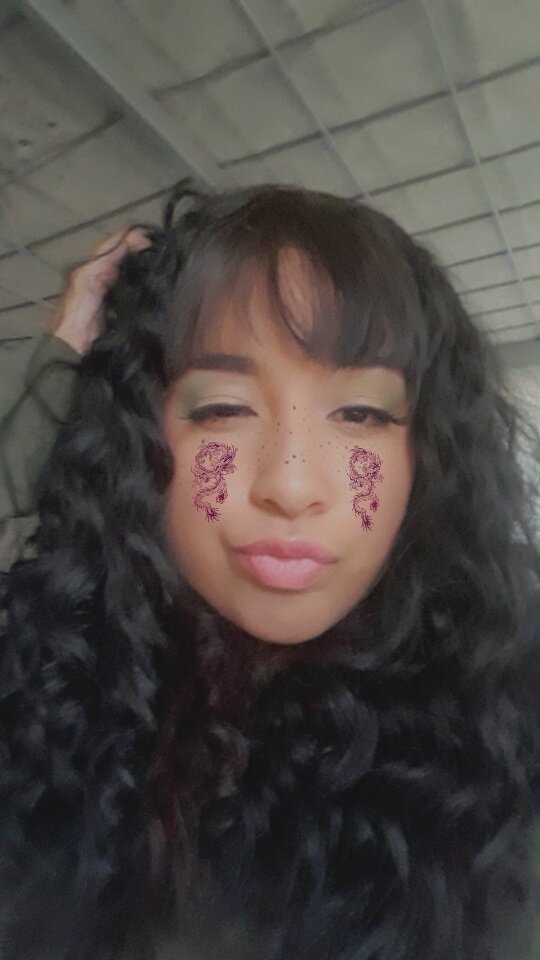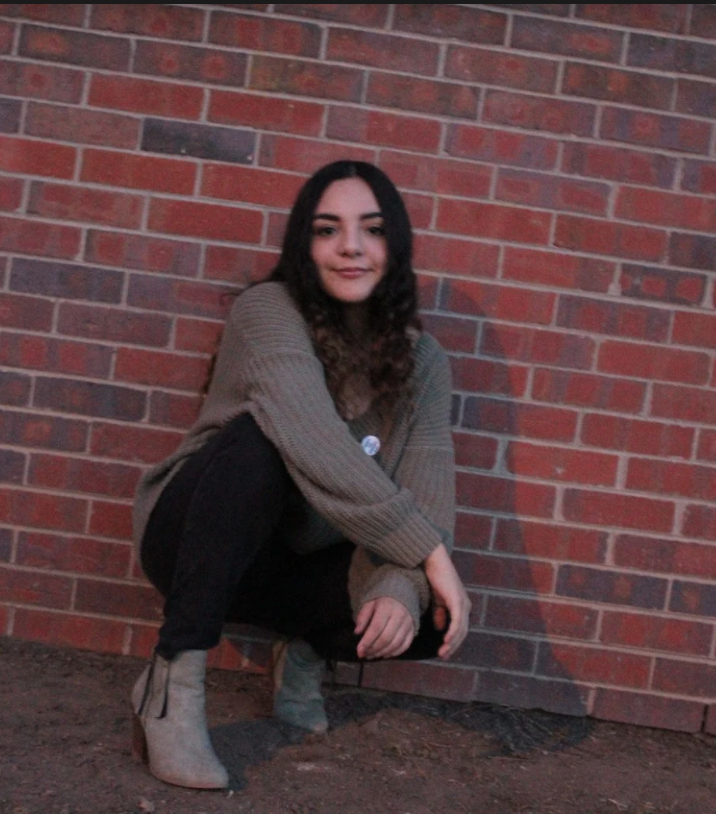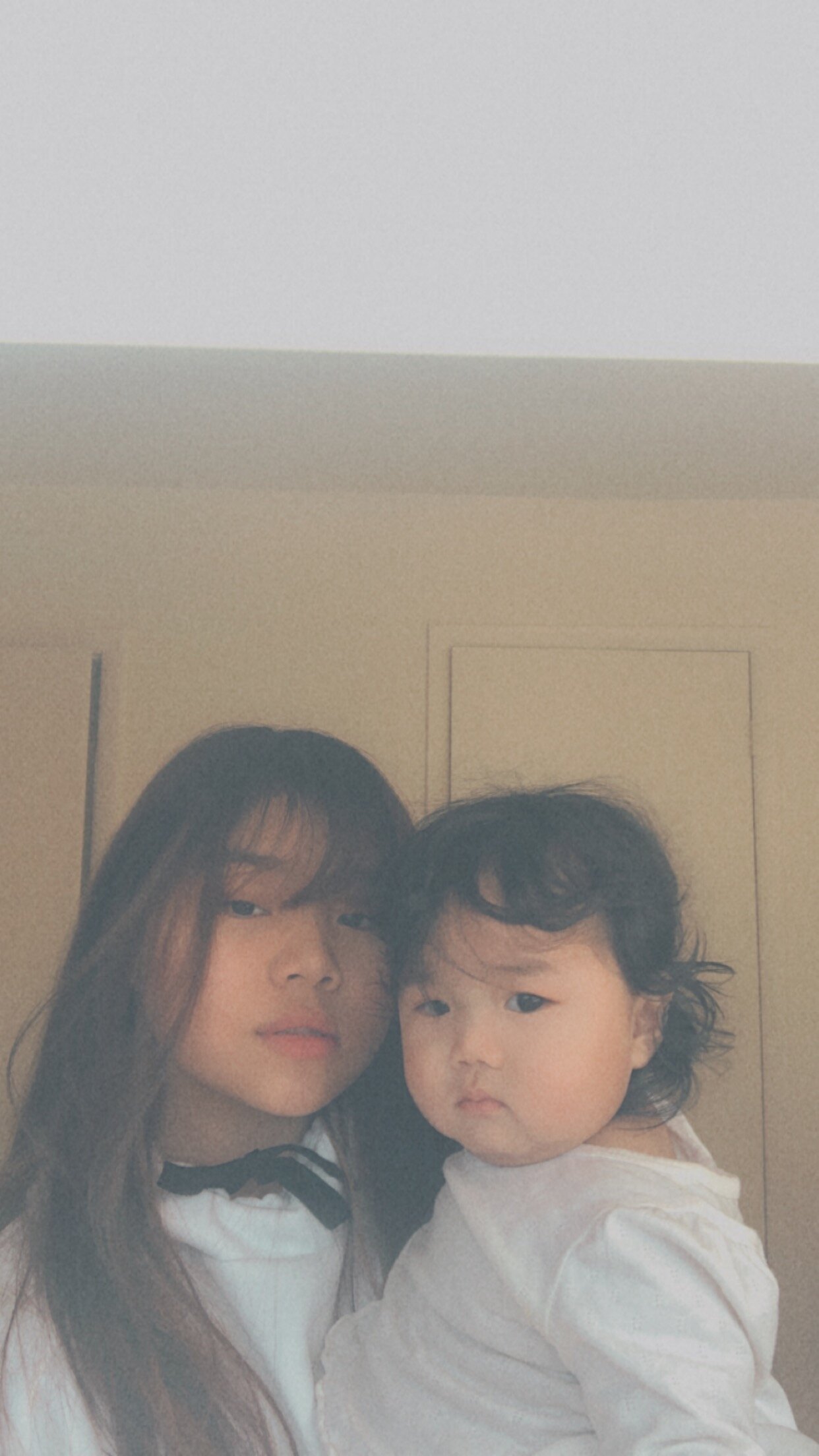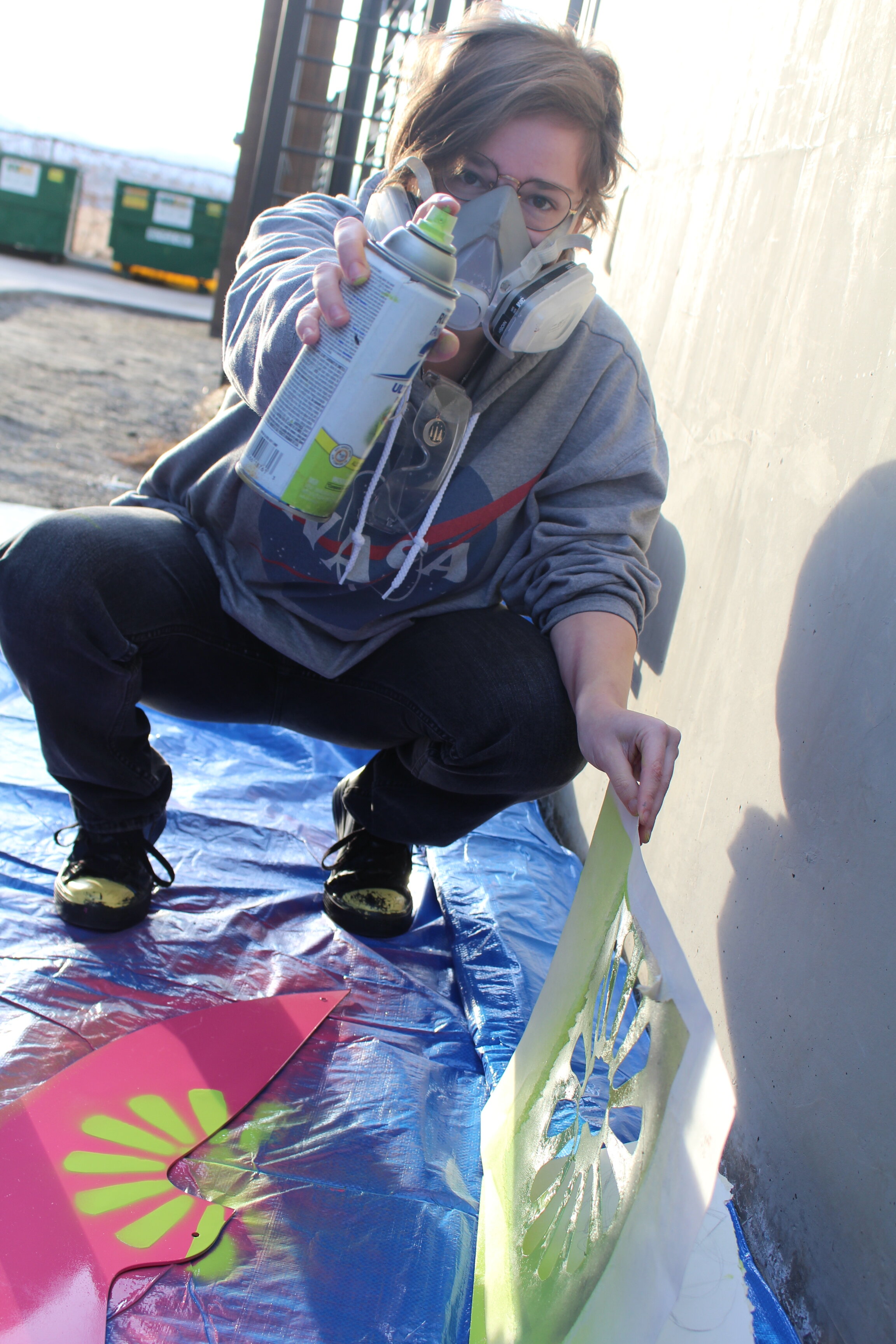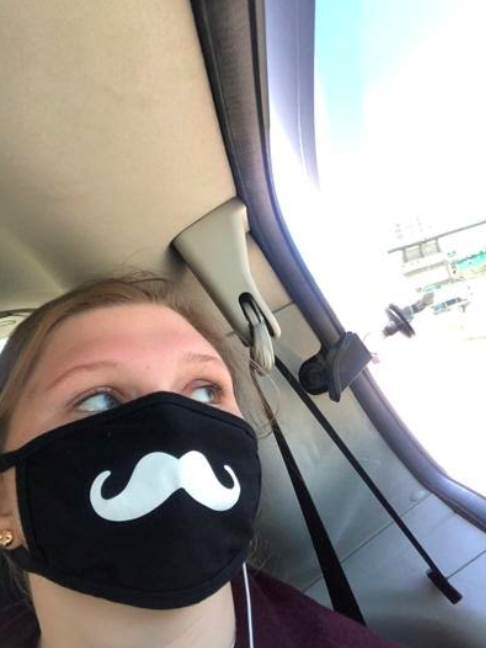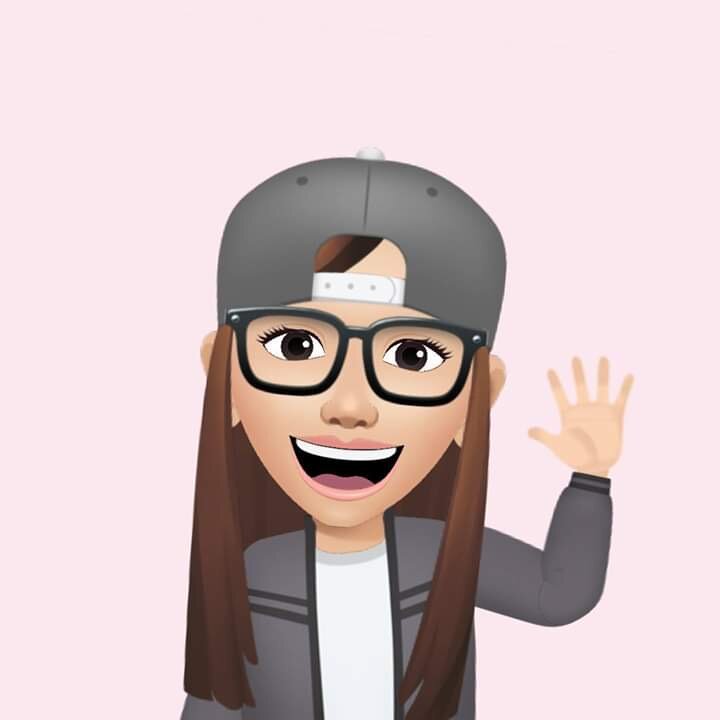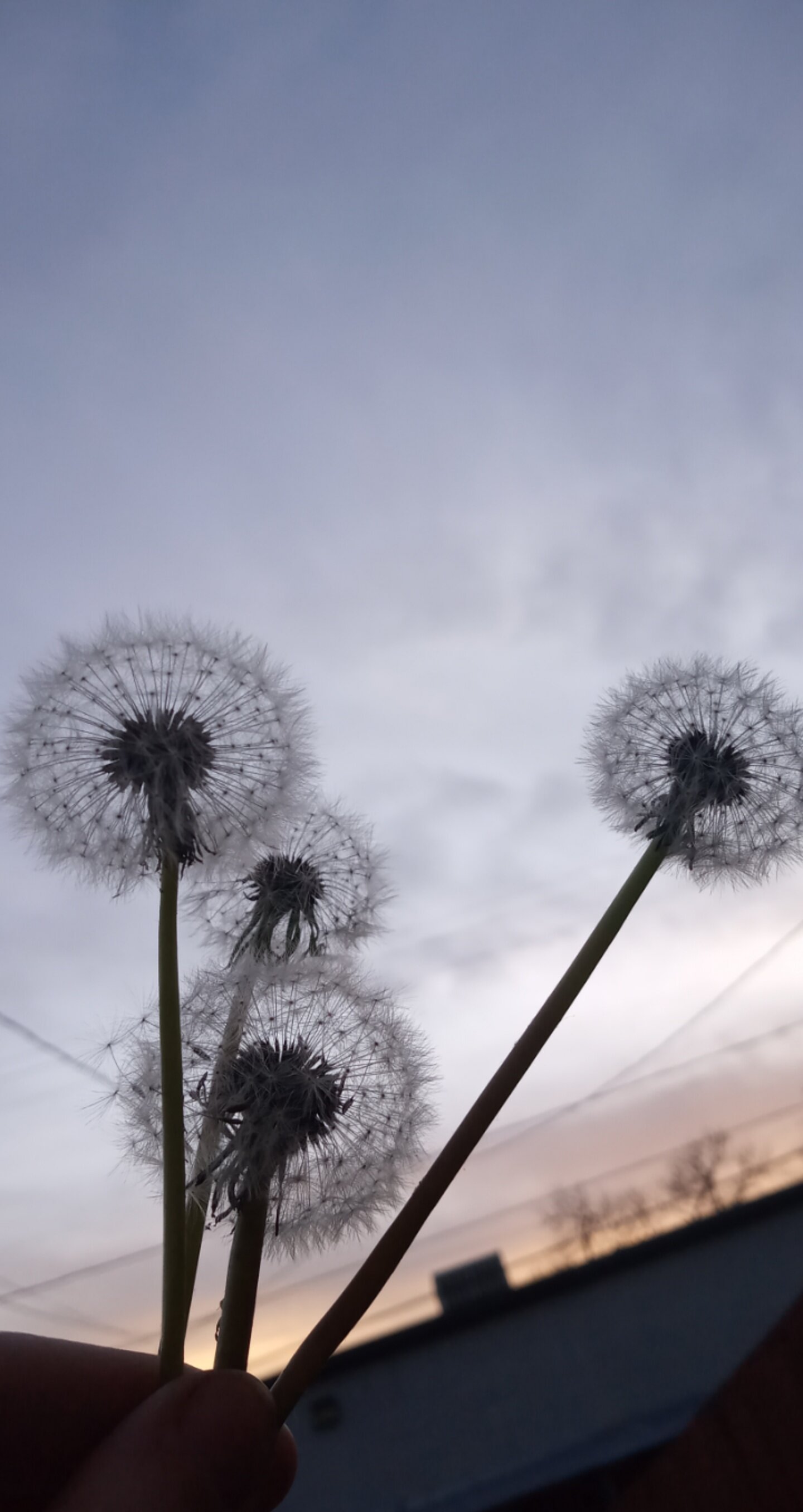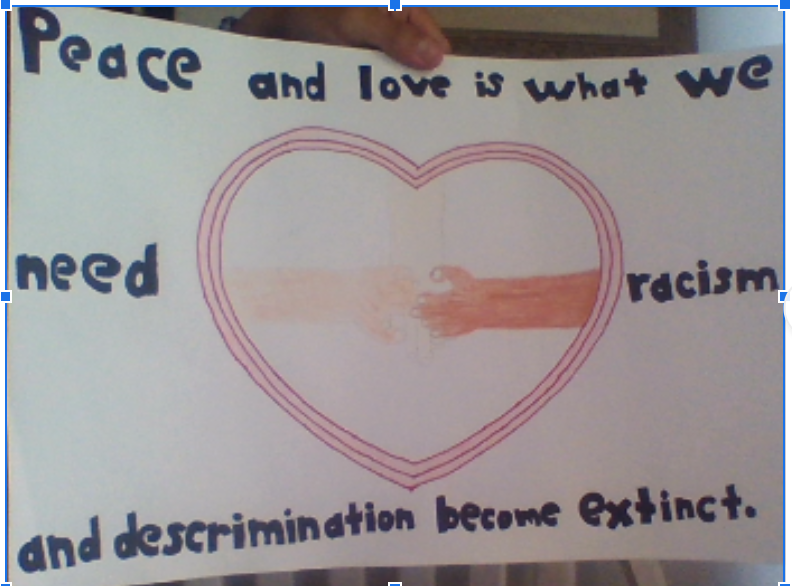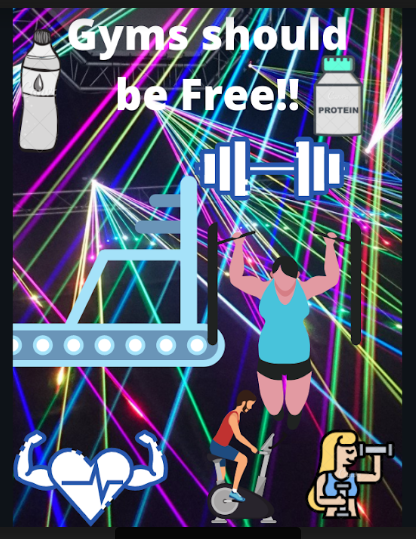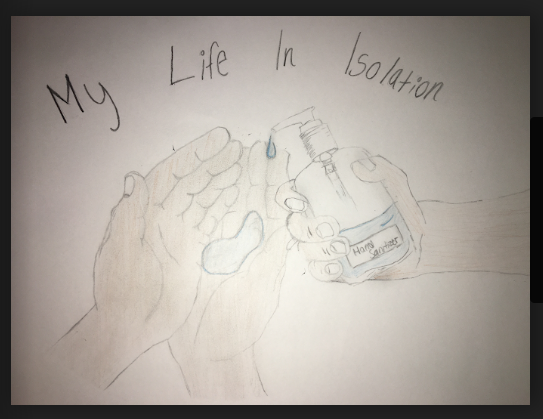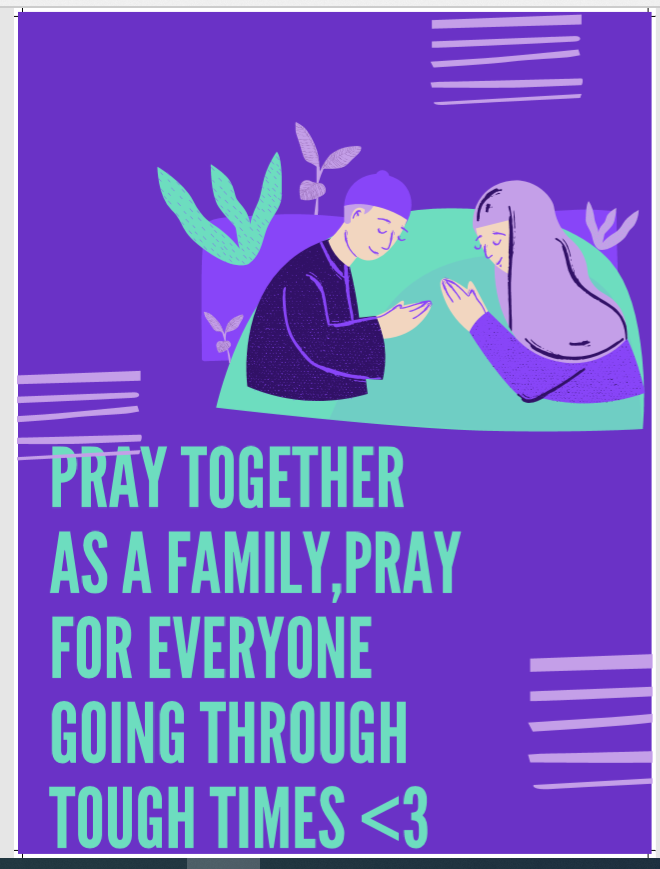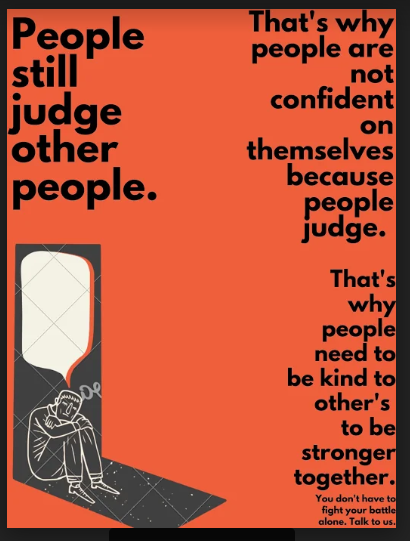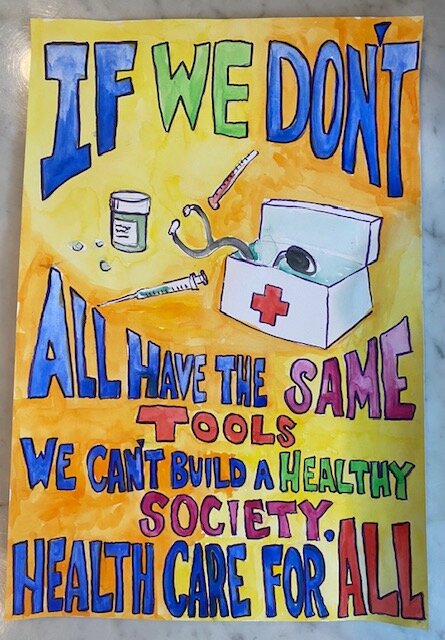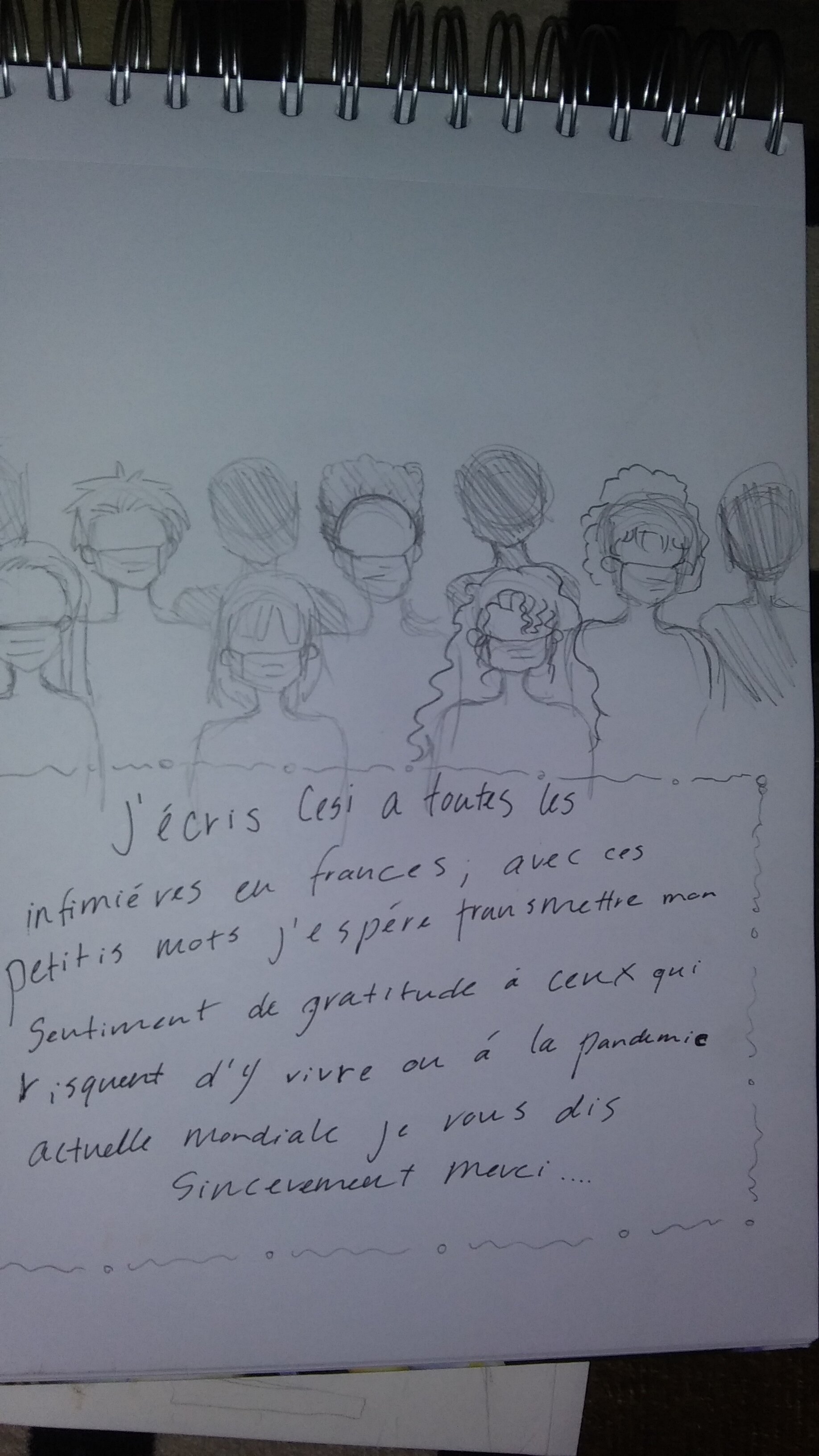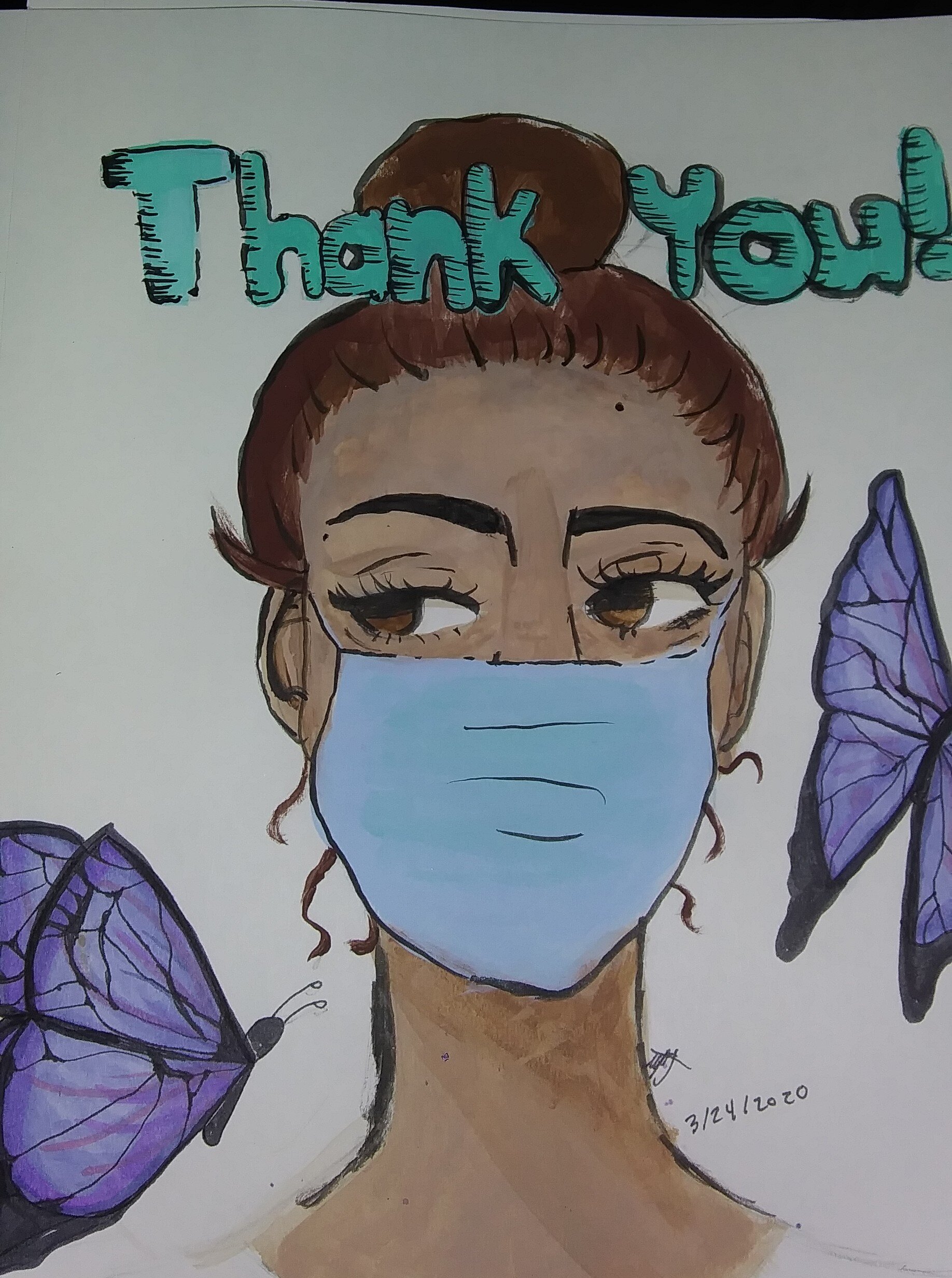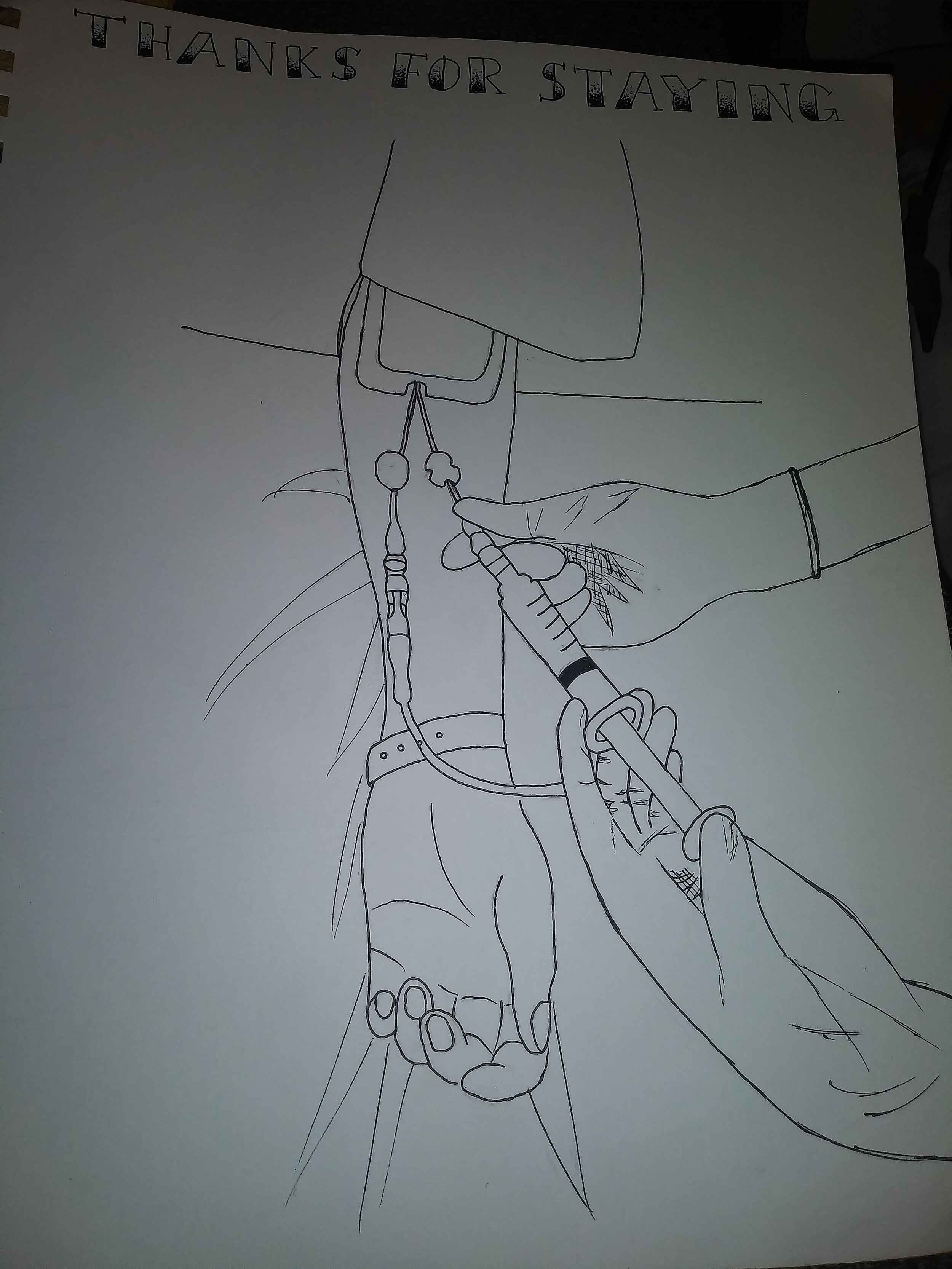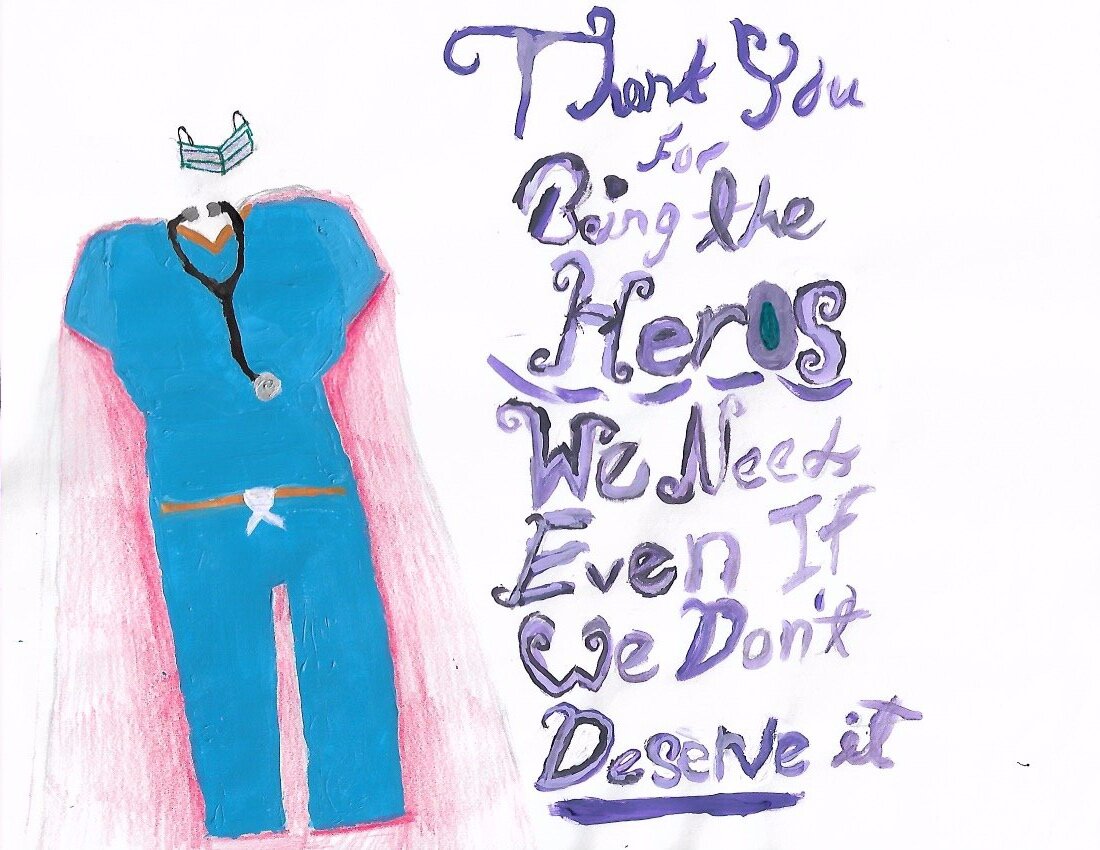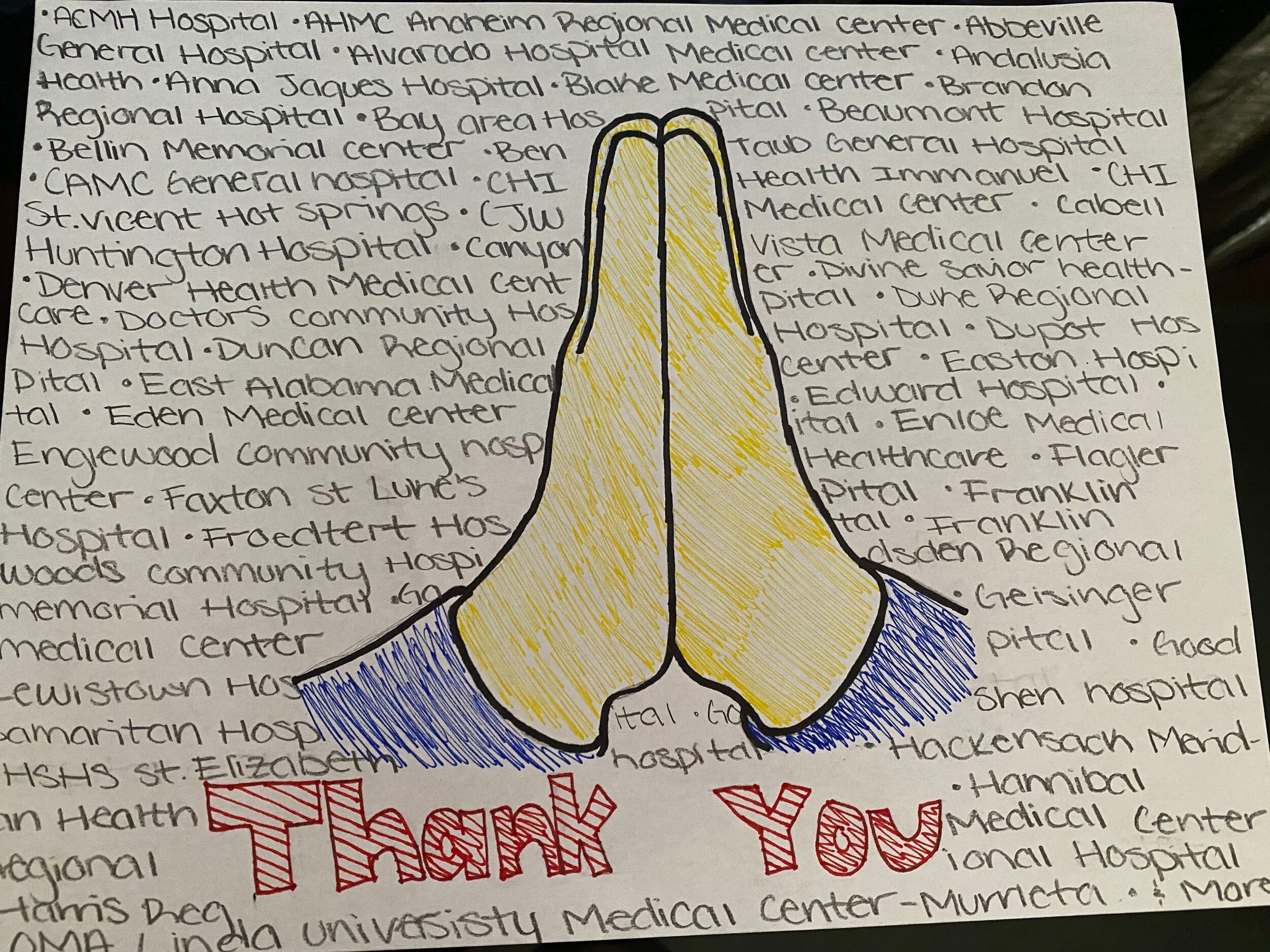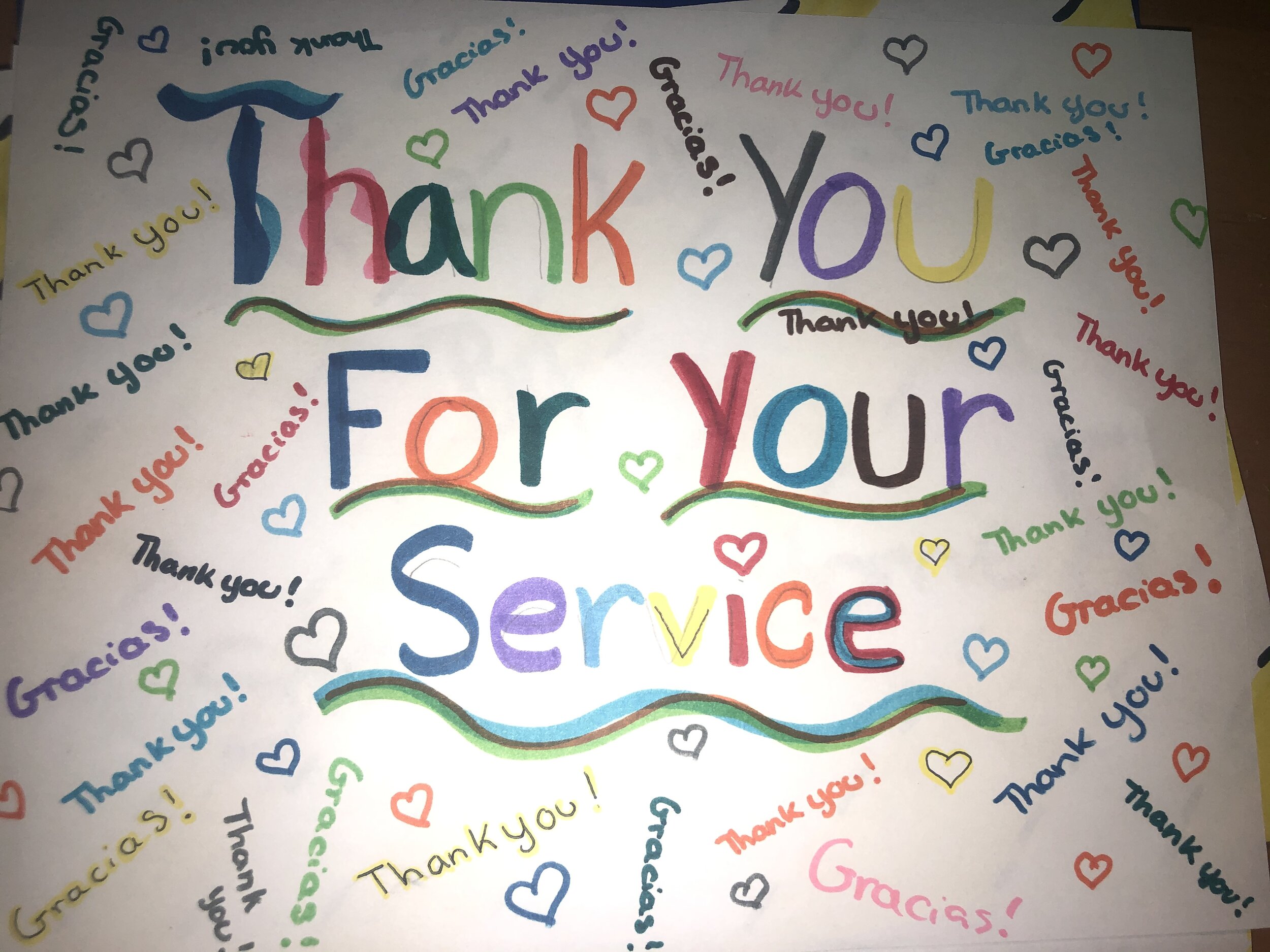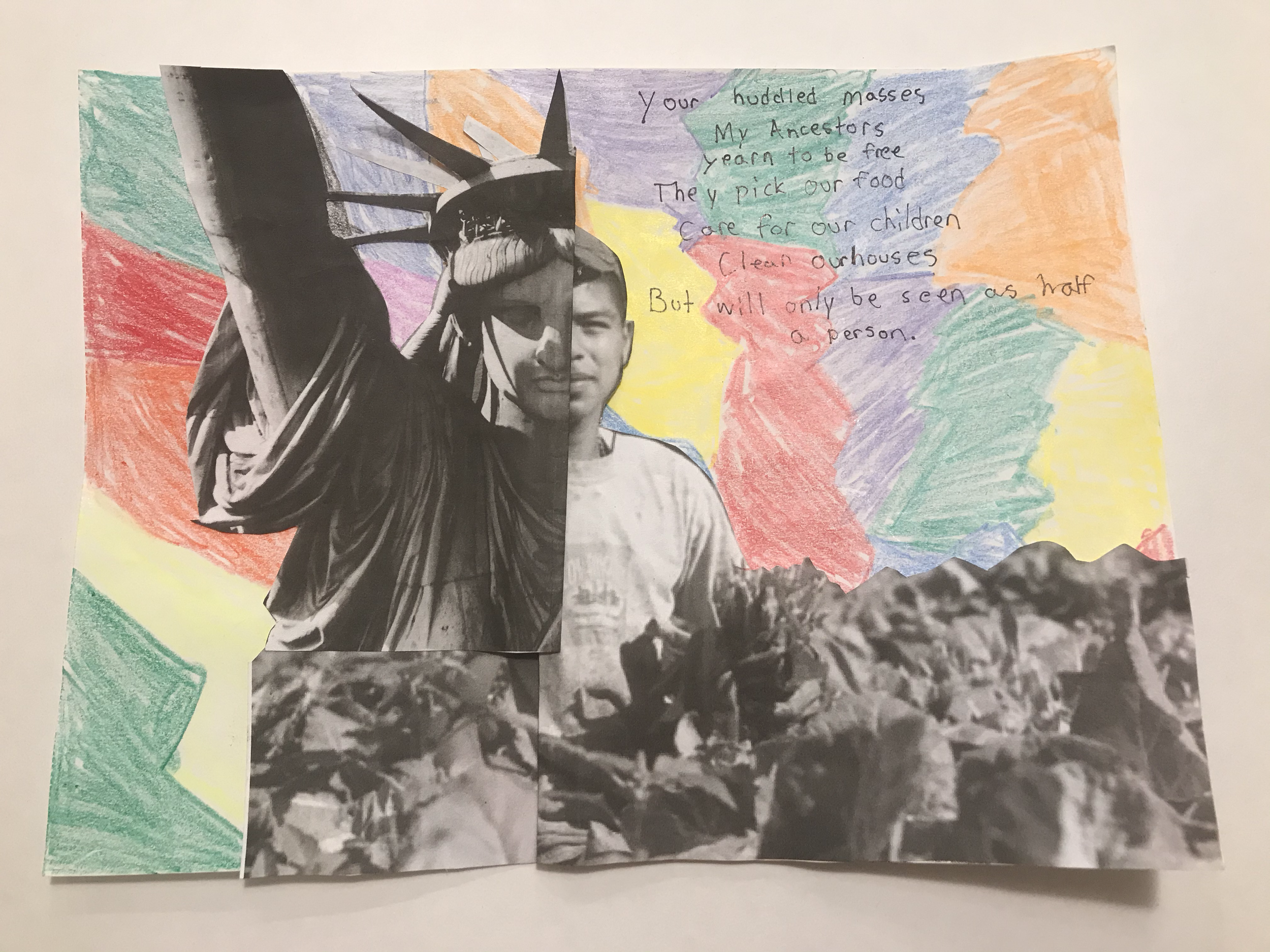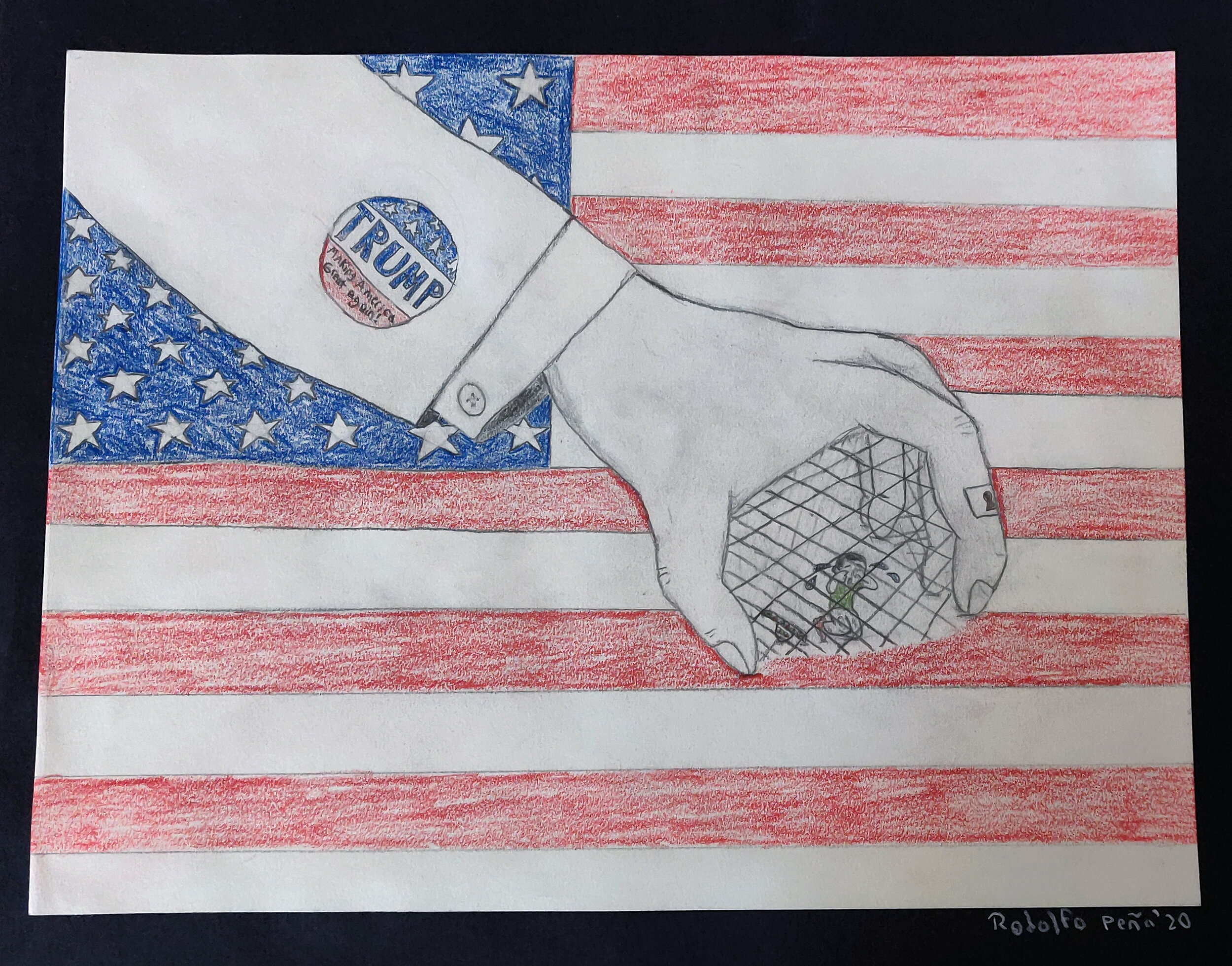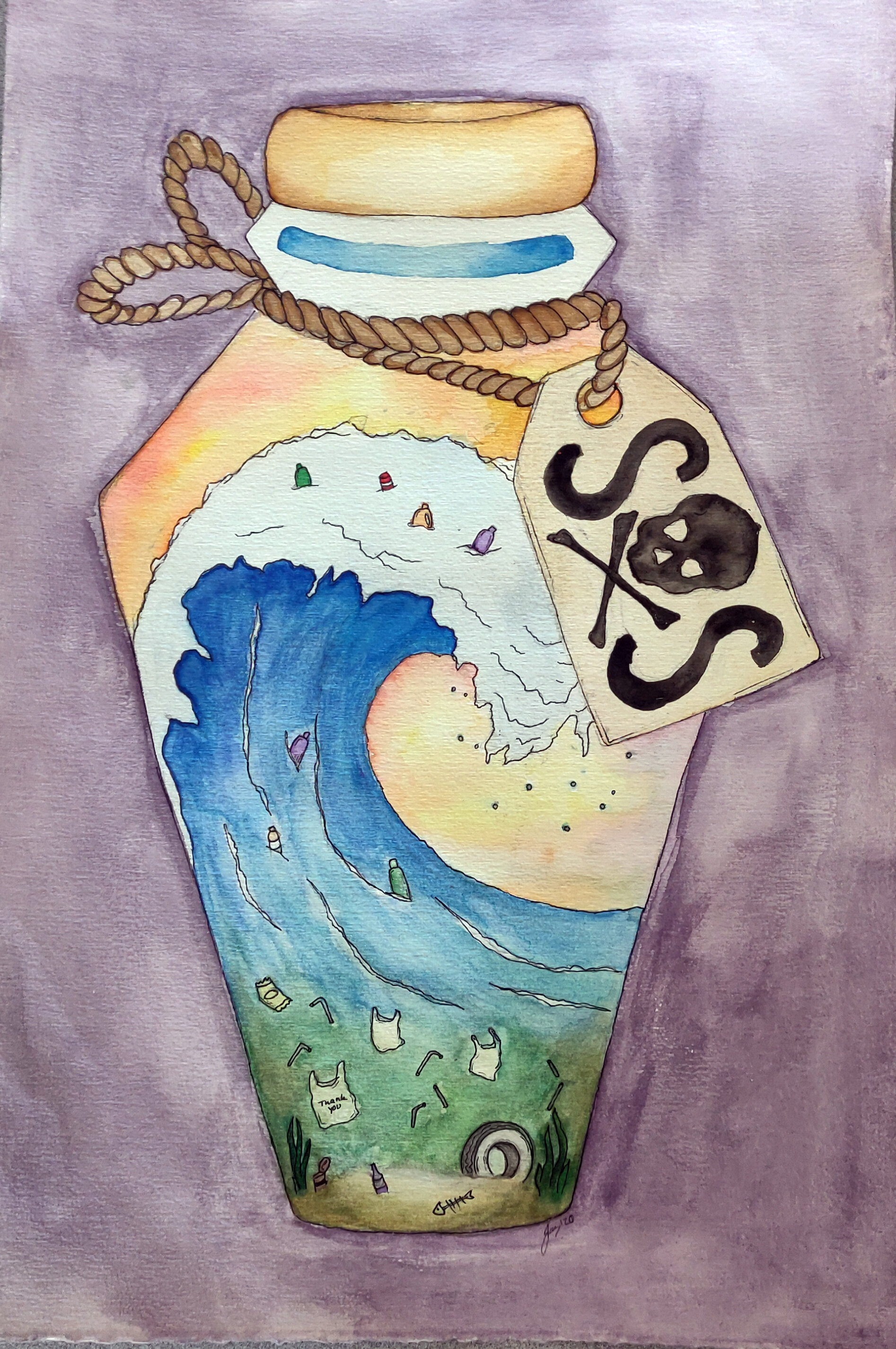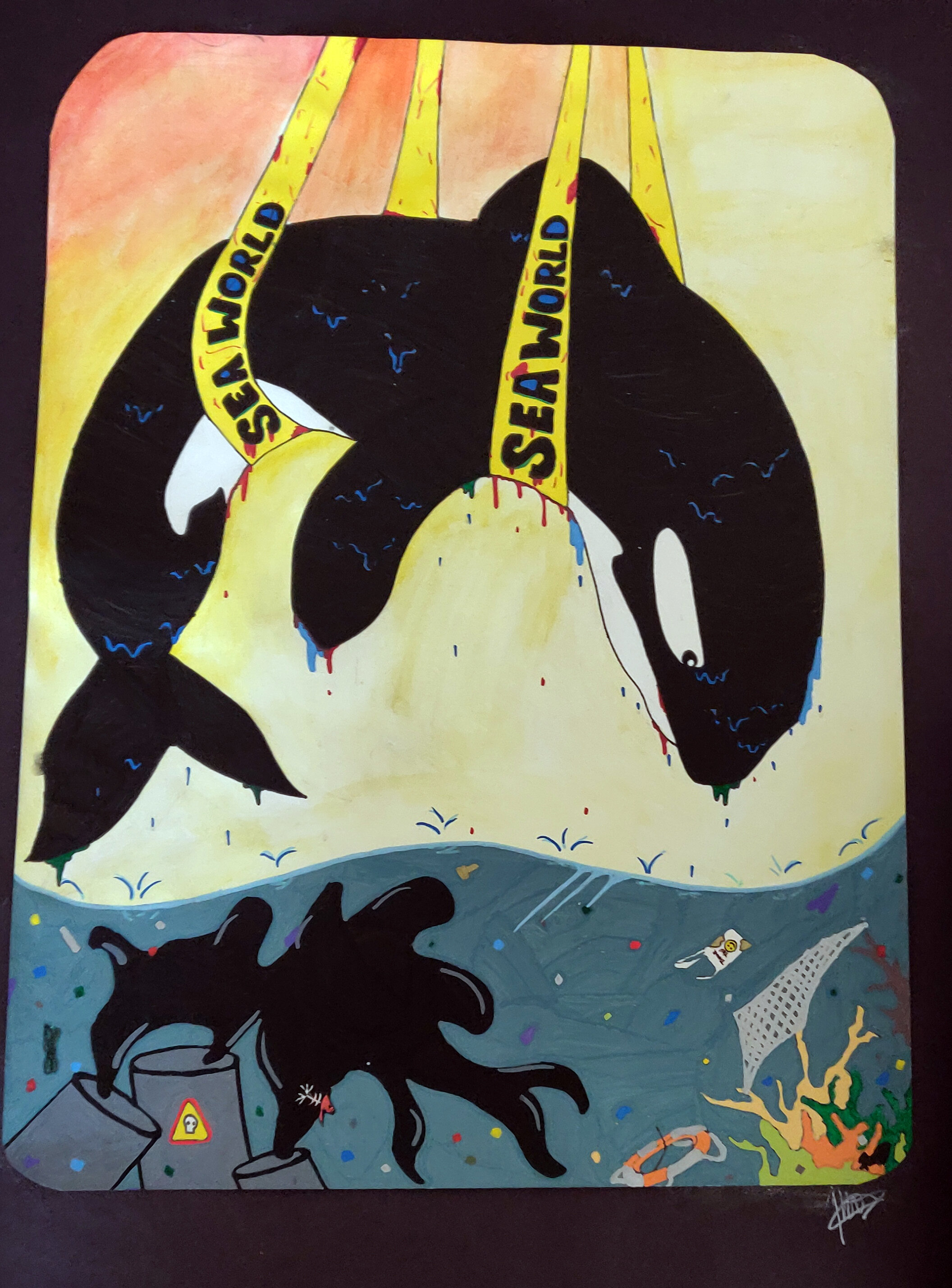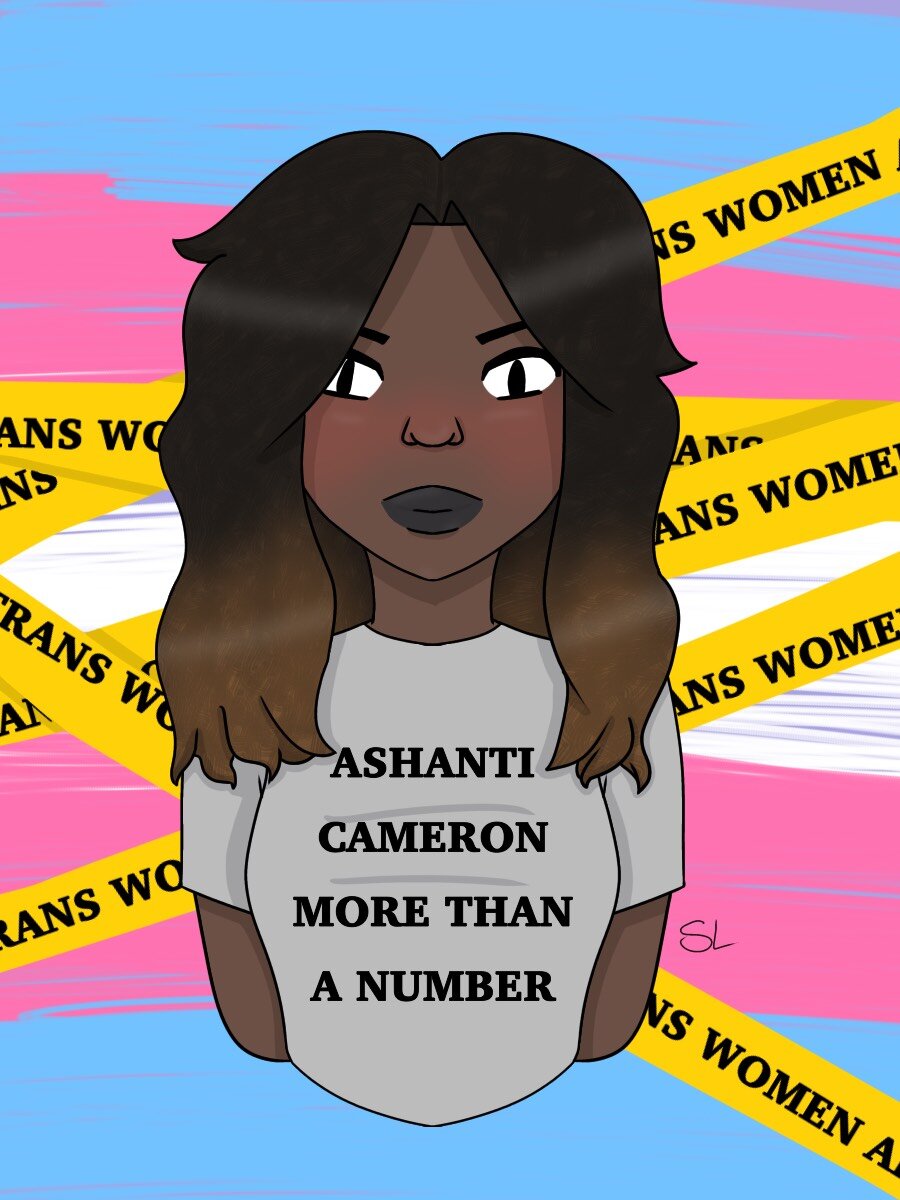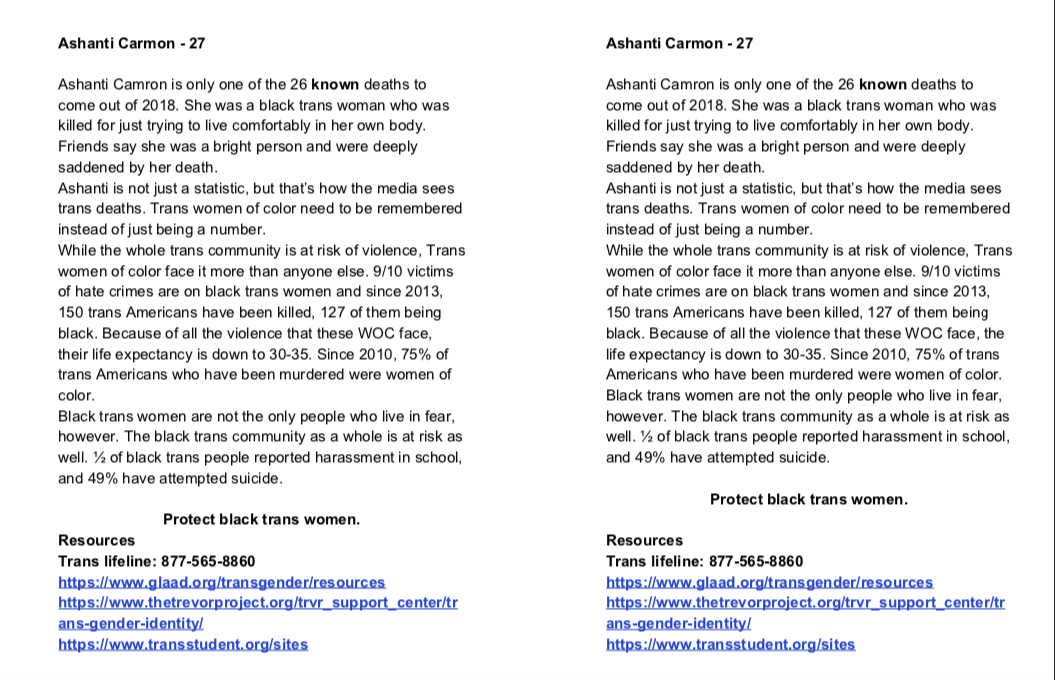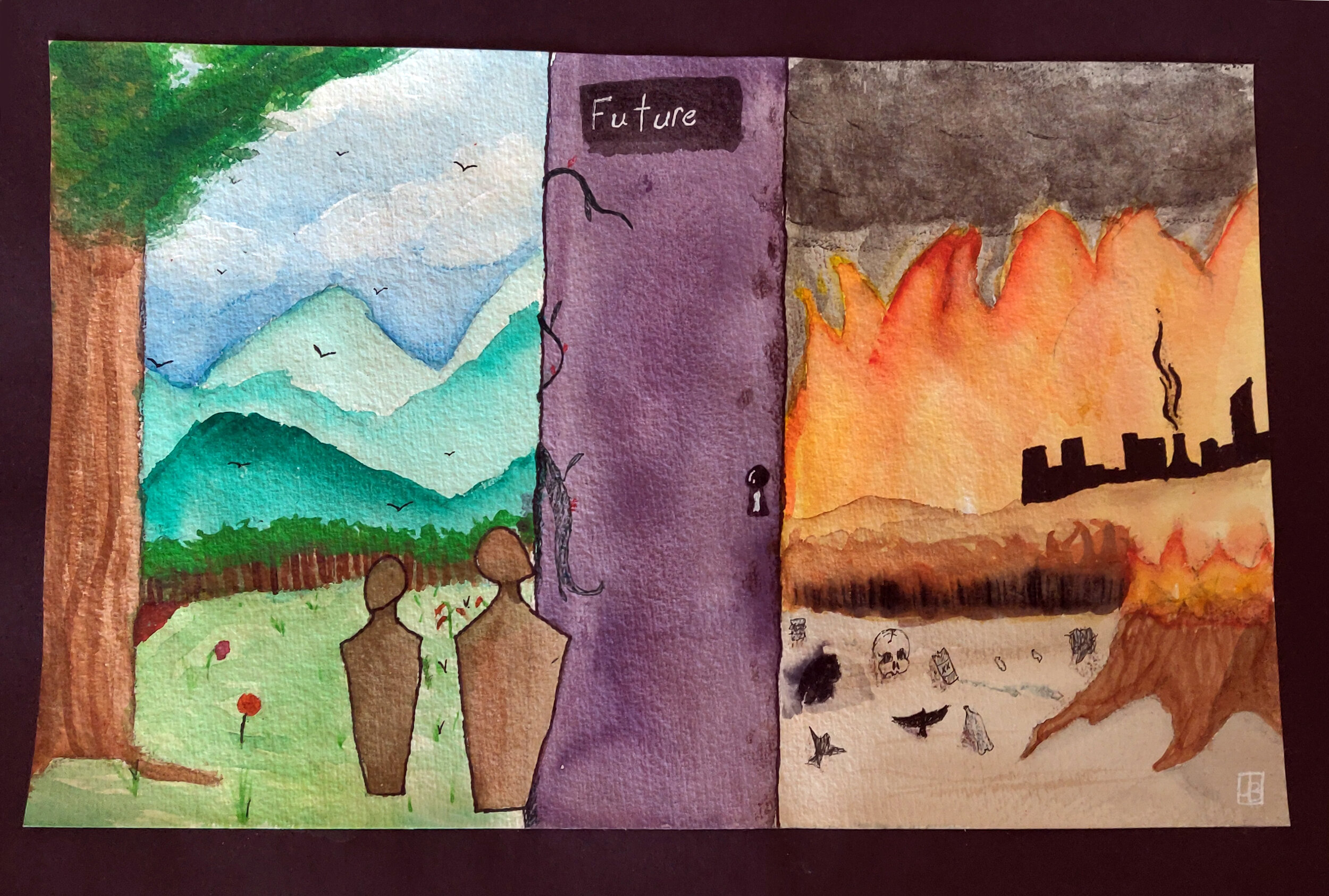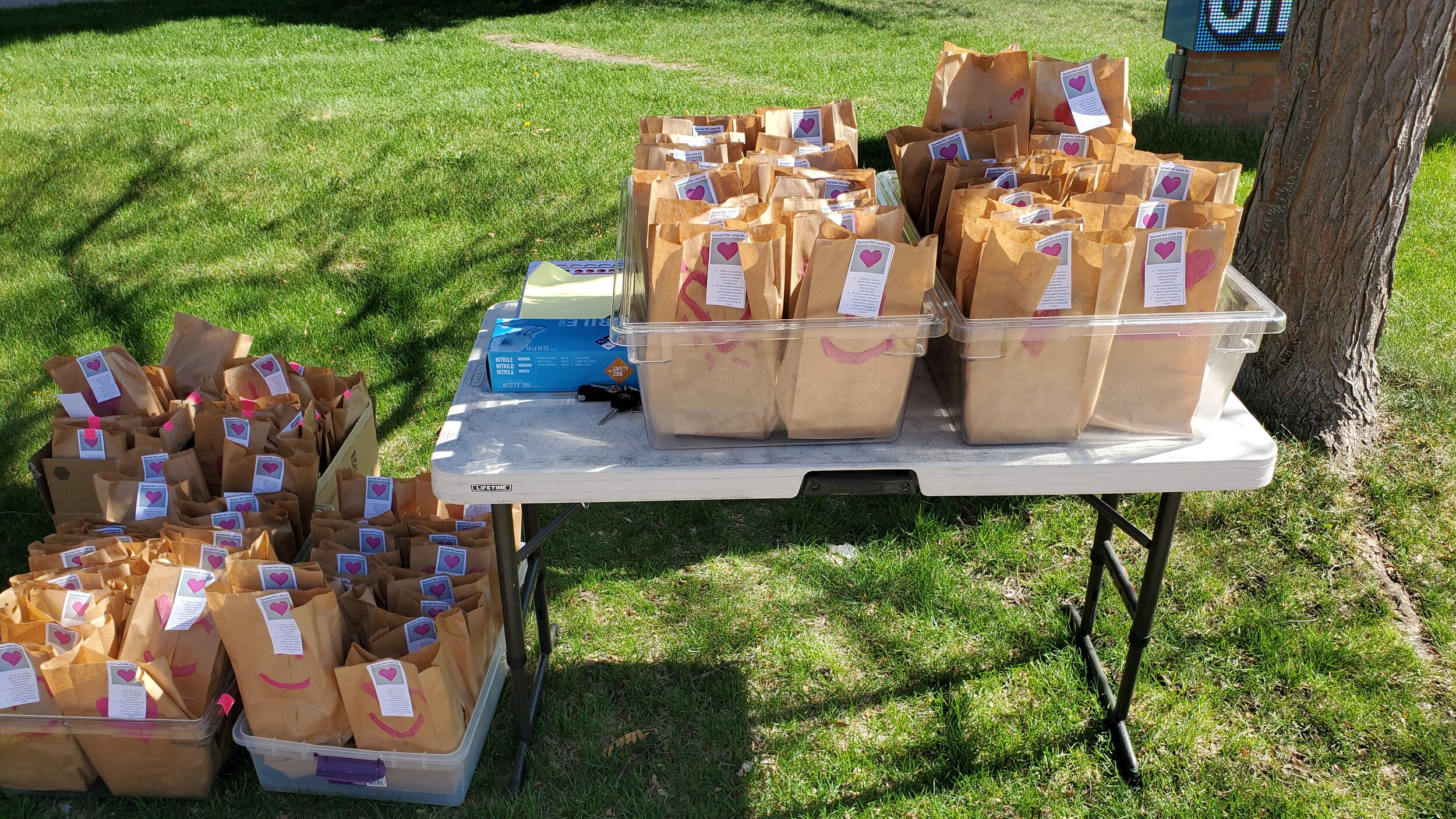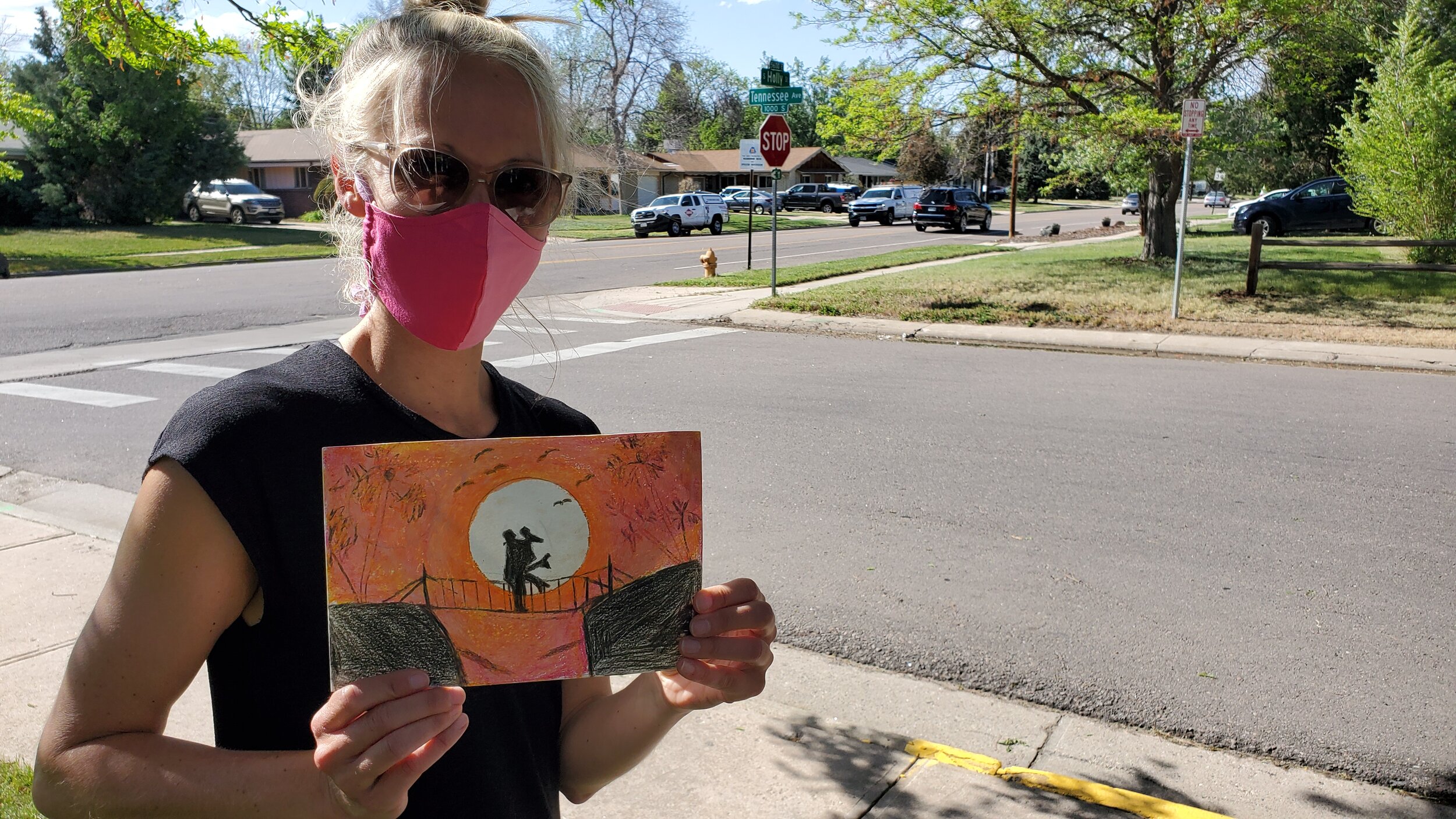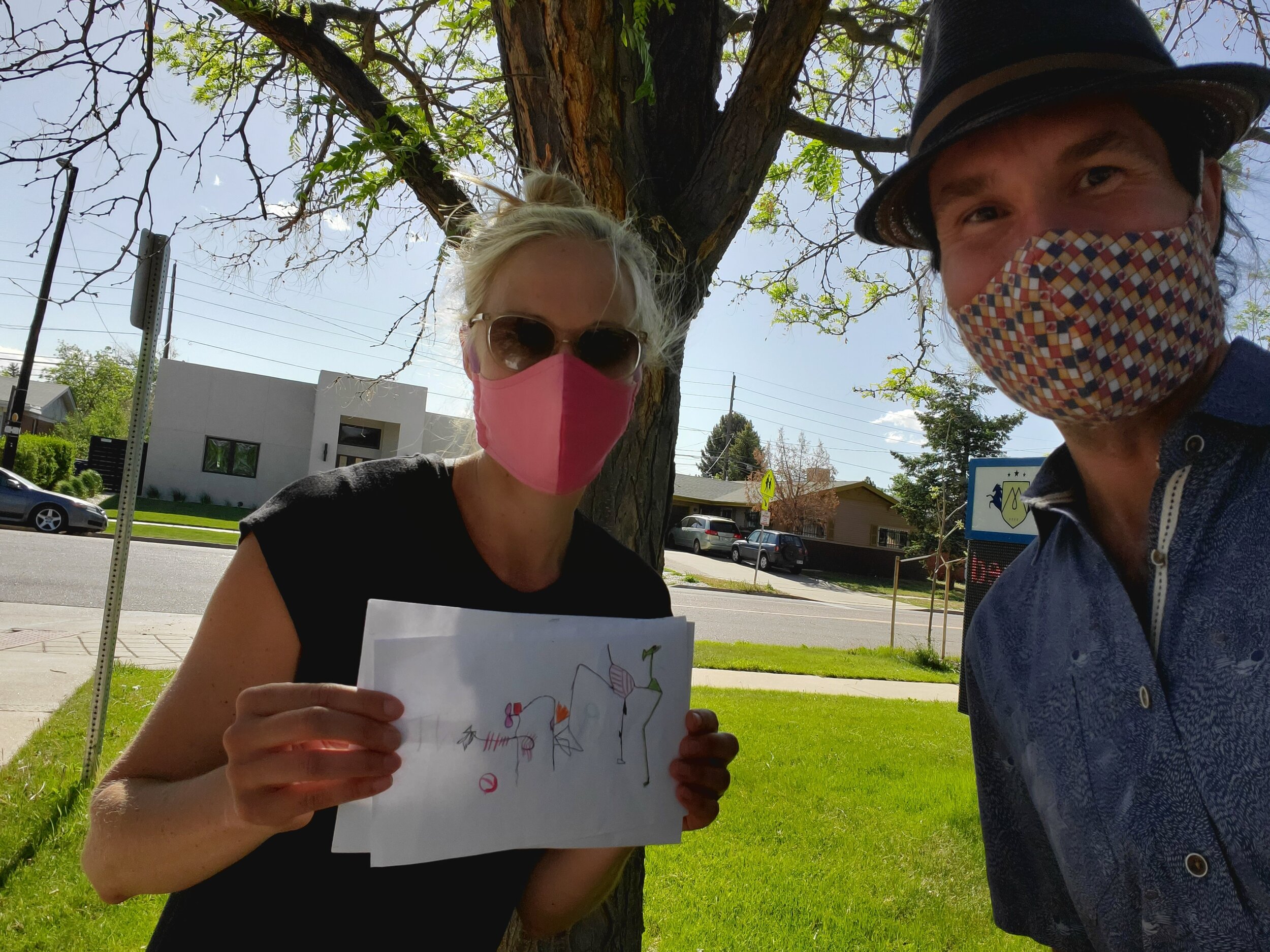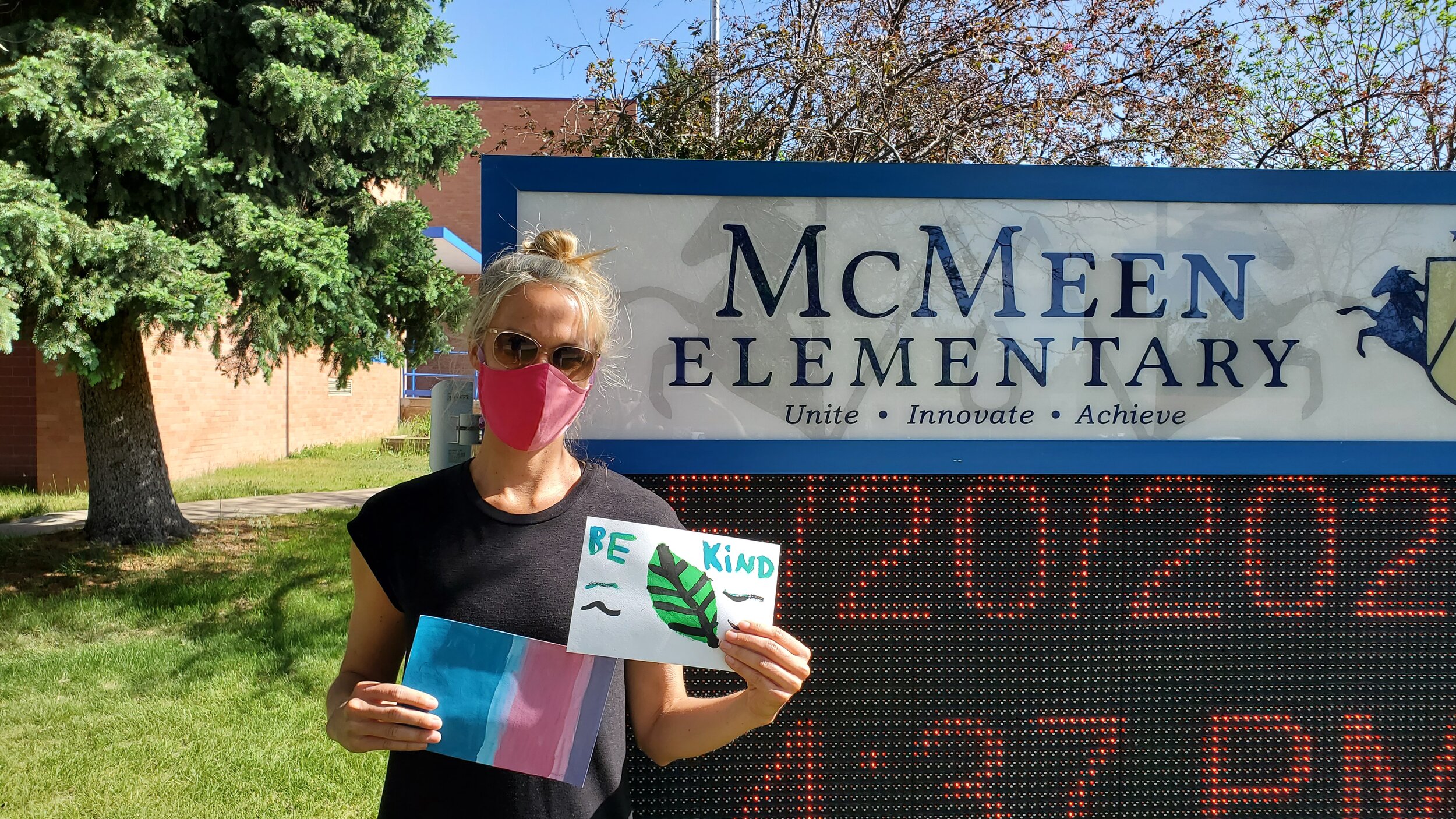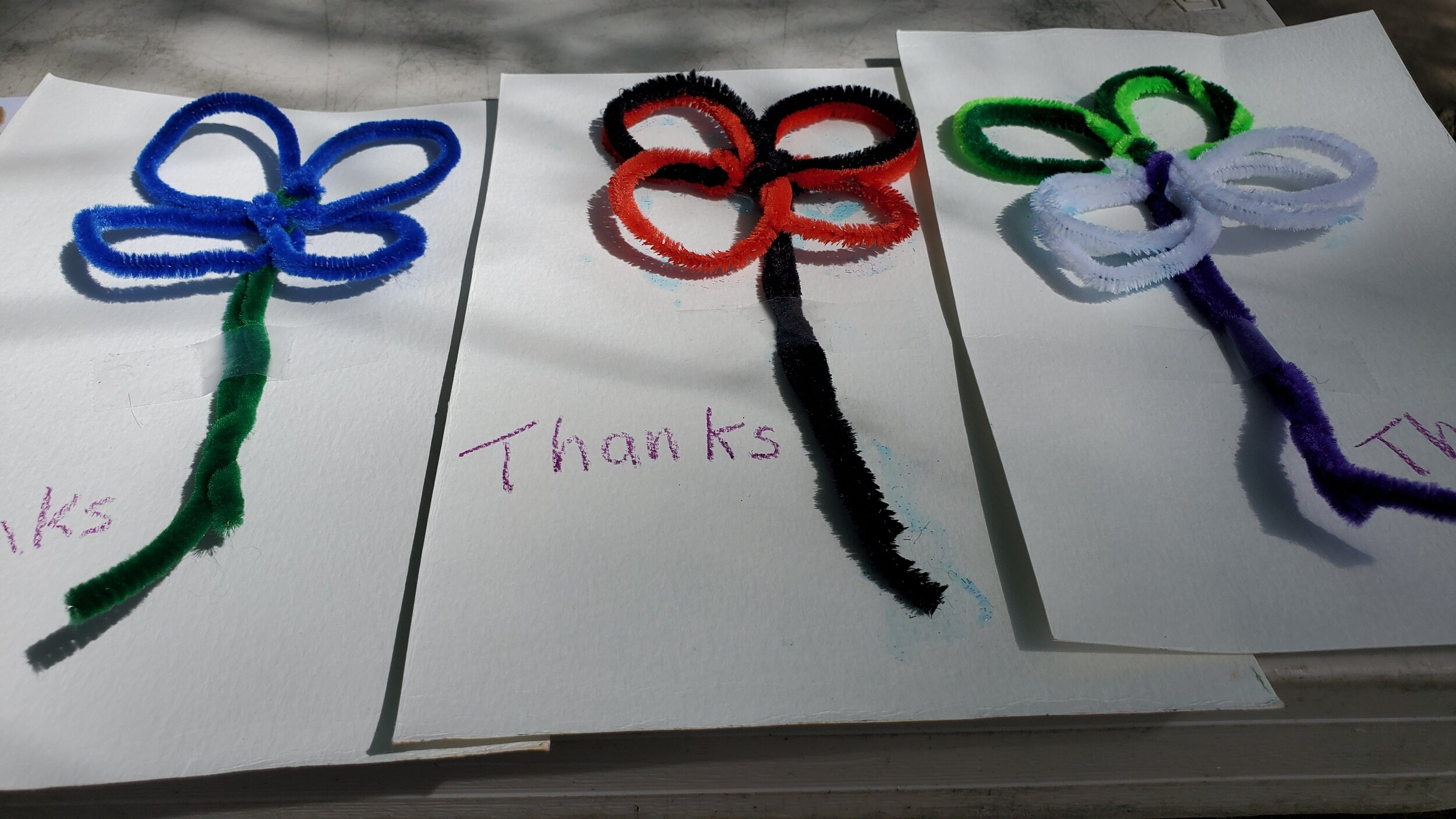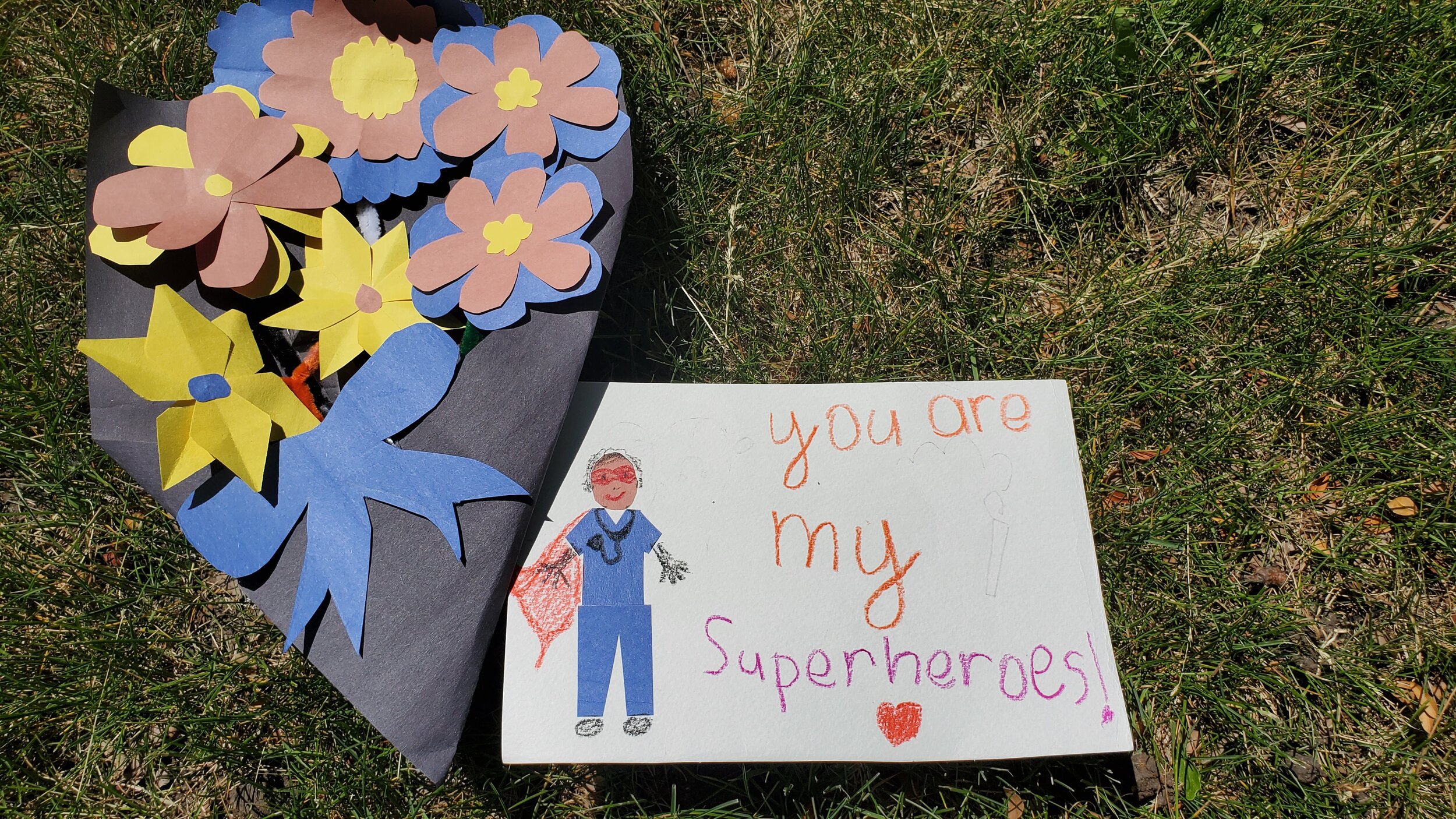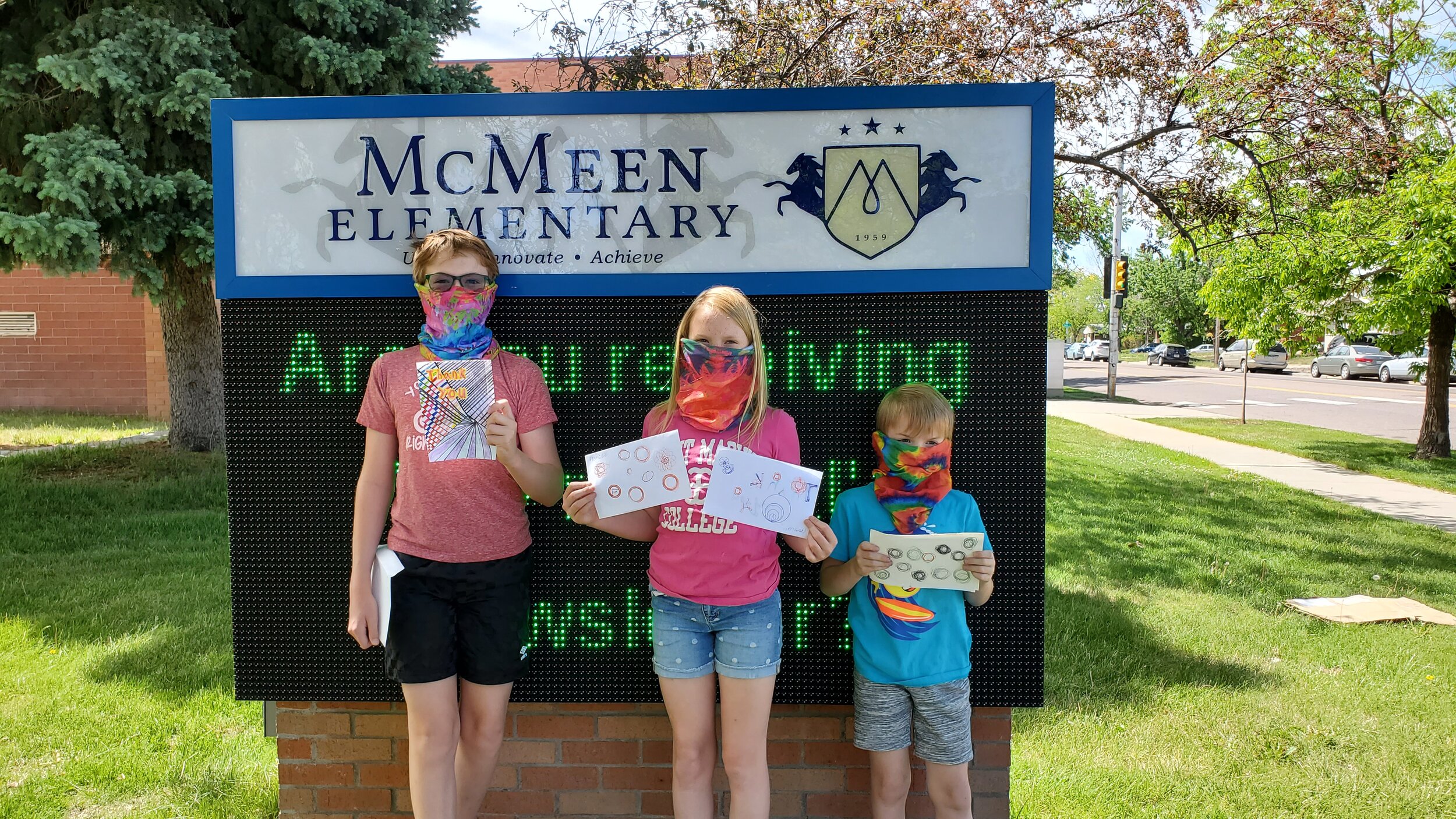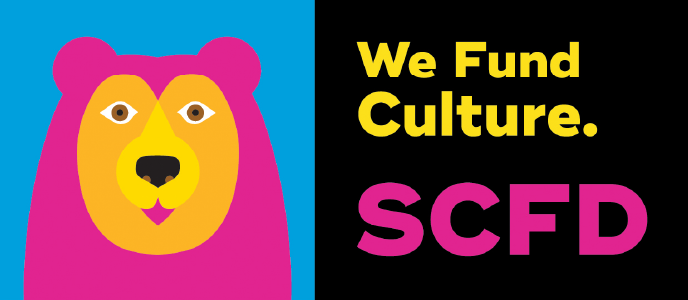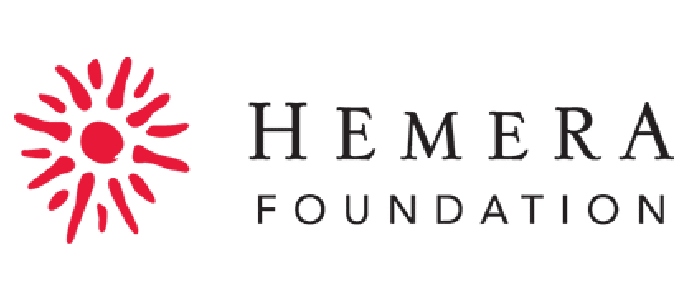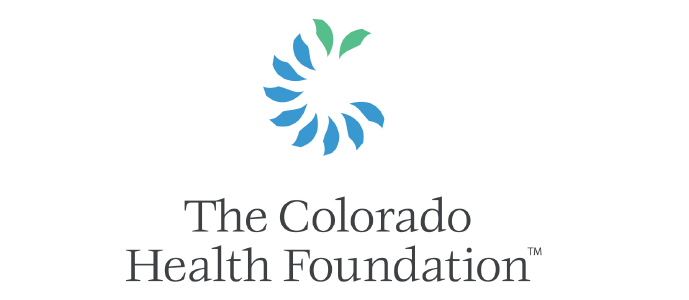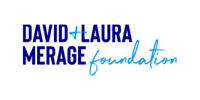EPIC Arts Spring 2020
Exhibition & Virtual Showcase
Curatorial Statement
The Corona Virus may have shut down our way of life, but it has not shut down our voices. This year’s EPIC Arts Spring 2020 Exhibition comes to you in a time of global panic. Most things are uncertain, but the work of these courageous students is a testament to the future. “Things are going to be alright.”
“This brings me to advocate for EPIC Arts. The importance of teachers and artists collaborating together, facilitating student’s authentic hands-on interactions with ideas and materials, to connect to and communicate their lived life contexts cannot be overstated. Teaching art does not occur successfully in an online vacuum. The COVID epidemic has kindly proved that to us. This vacuum is so powerful, that only the voices of our educators and invested supporters can rise above the recent noise and fears of arts education cuts. EPIC allows my mentally ill student population to experience connections with artists, connections with art careers, or authentic artistic connections in the community.”
-Vanessa Hayes-Quintana
This cohort consists of The Academy of Urban Learning, Arts Street, representing students from several Denver Public Schools, Bruce Randolph, Joliet Learning Center, Kunsmiller Creative Arts Academy, Lowry Elementary School, and McMeen Elementary School.
About the program
RedLine’s E.P.I.C. (Educational Partnership Initiative For the Creative) Arts Program challenges the current pedagogy in order to create room for students’ voices. The program was initiated in 2010 in response to the need for increased support for arts education in Denver’s schools and a desire expressed by RedLine’s artists to work with under-resourced students in the Five Points neighborhood and beyond. This semester-long project is designed to engage children in grades K-12 living in stressed communities who would otherwise have limited or no access to quality arts education. EPIC Arts program provides opportunities for students to explore social issues through contemporary art. Each semester RedLine Resident Artists and Denver community artists are matched with educators and students, resulting in a unique art collaboration.
Each semester, the project culminates with the EPIC Youth Exhibition at RedLine, where students can see their work displayed in a professional space, view other student's work and discuss their ideas with the community. This year our content will available digitally in this exhibition.
“Through the EPIC project I was able to let my voice be heard.” -Participating student 2017
Click on portrait image to read name and biography of students representing Arts Street
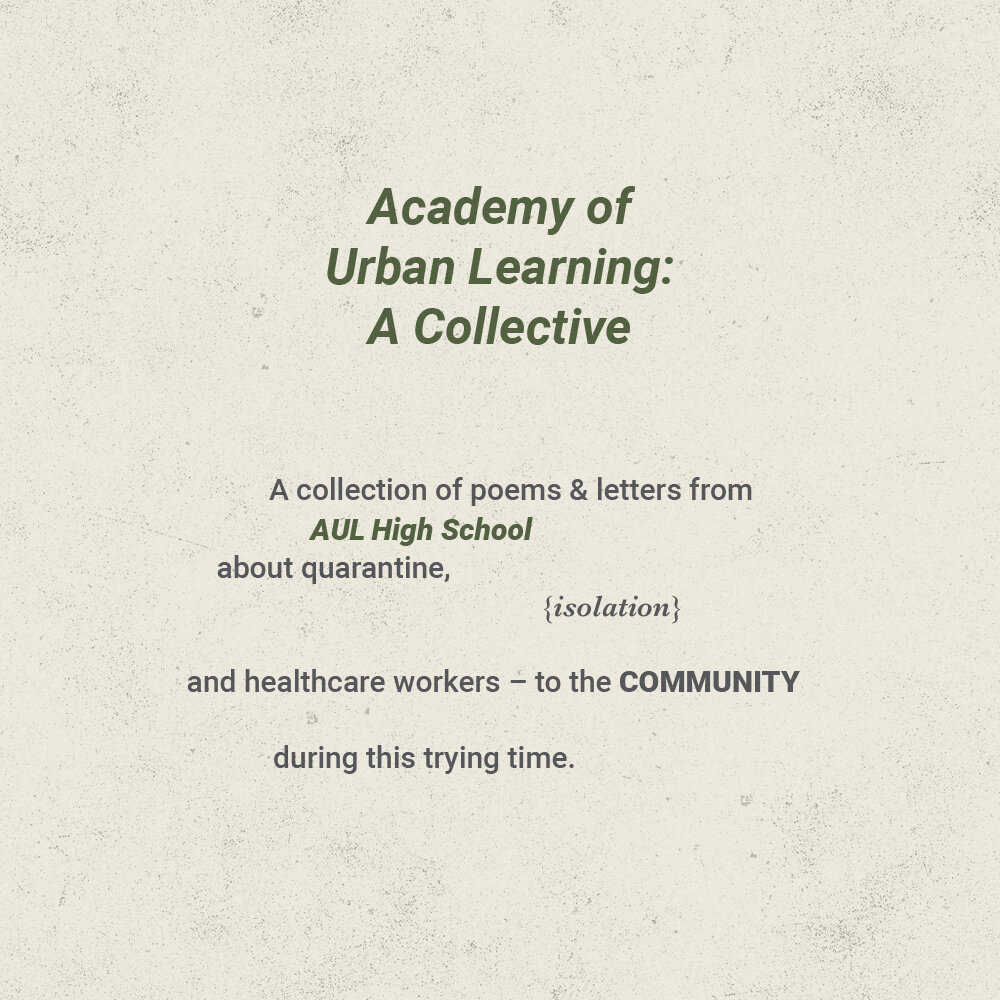
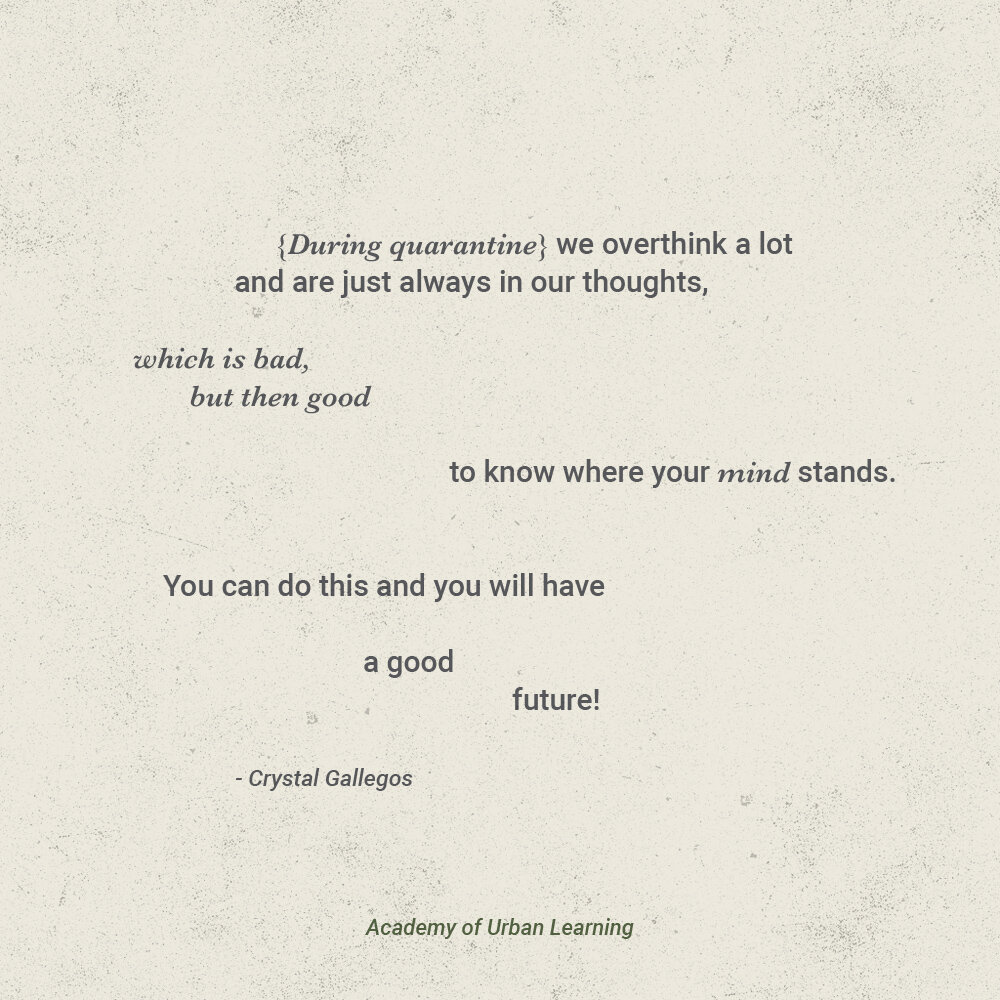
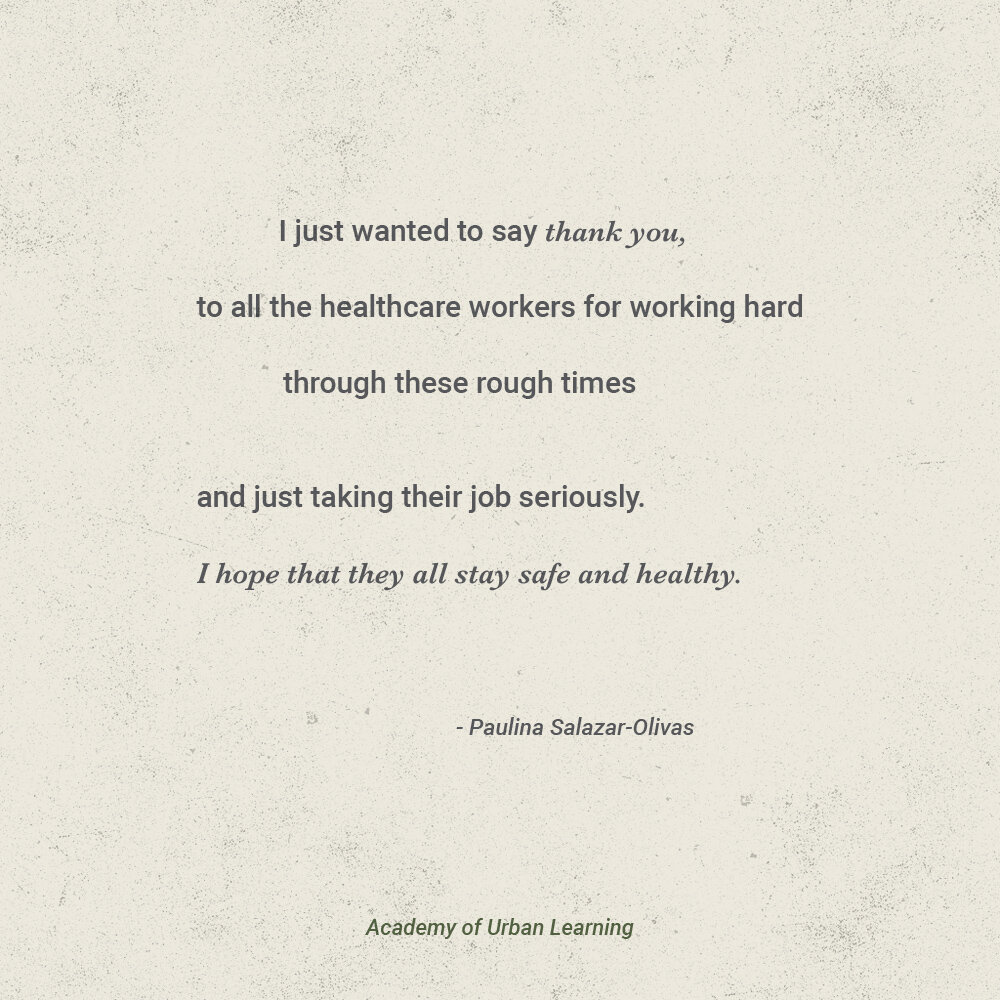
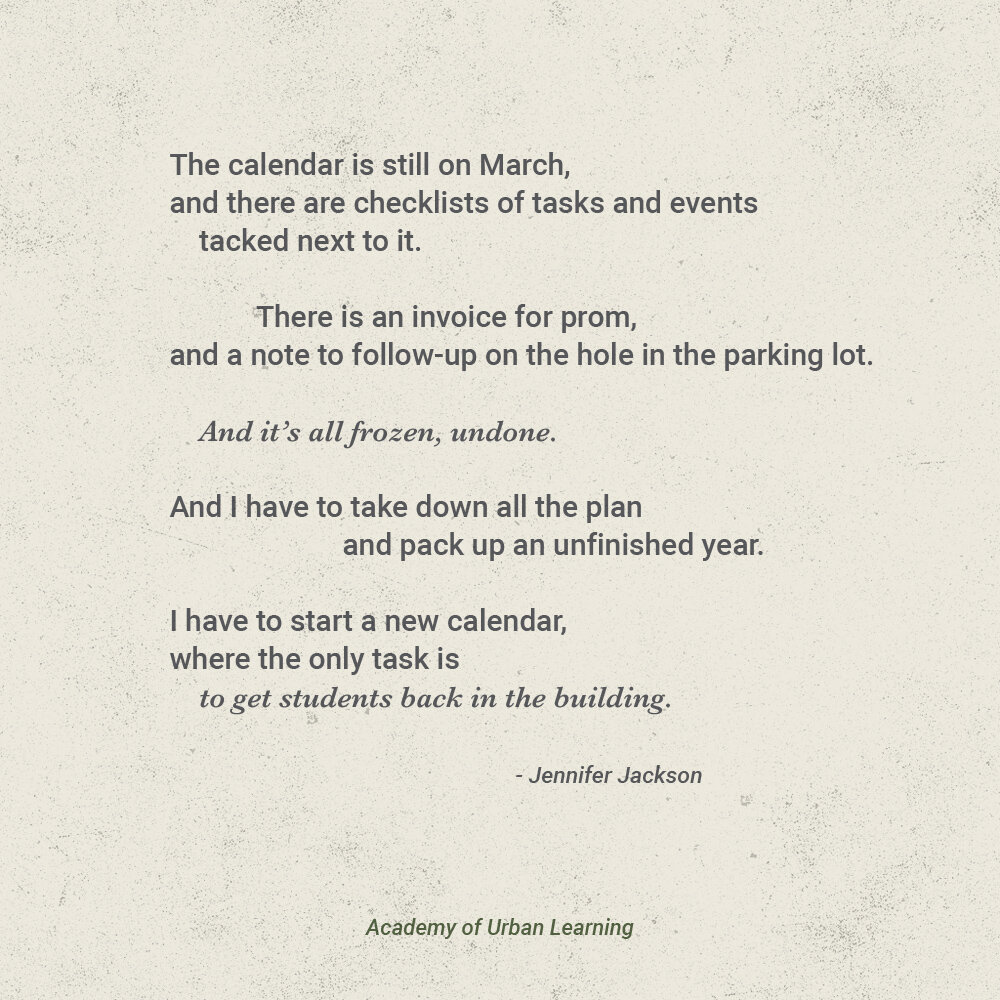
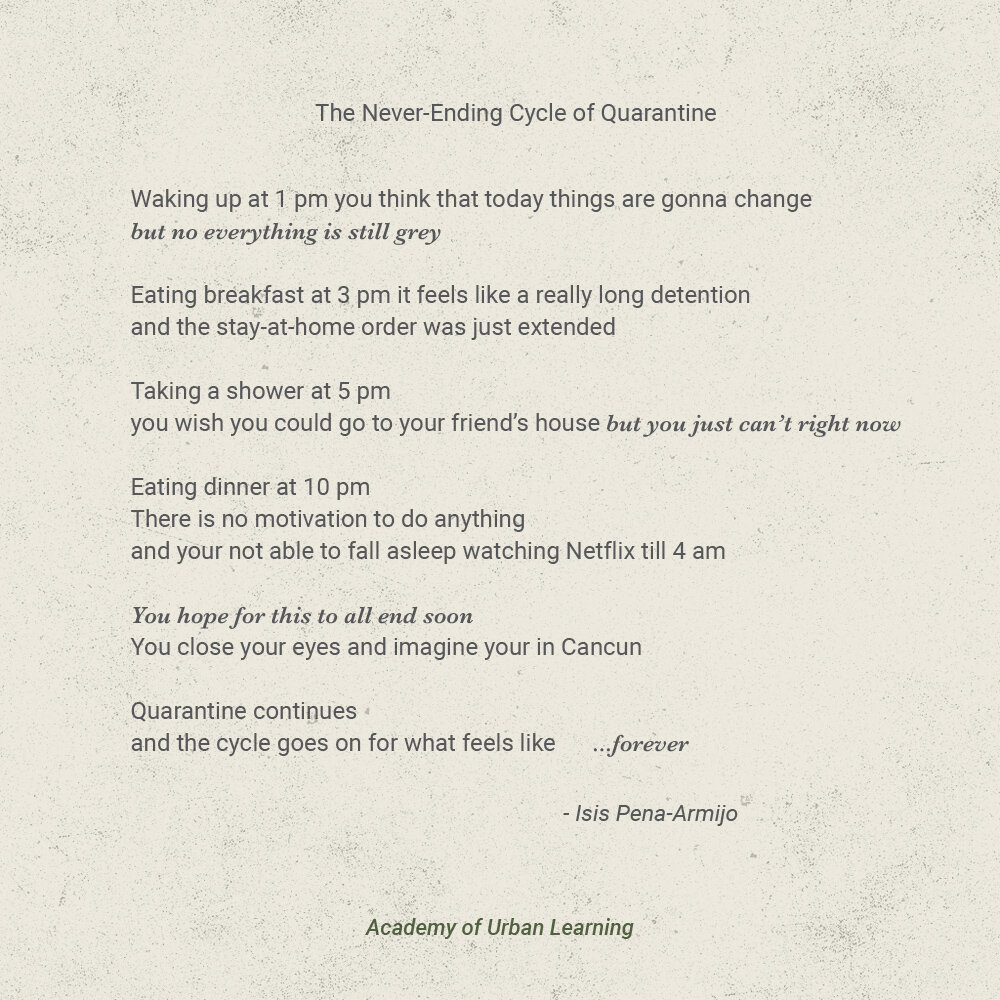
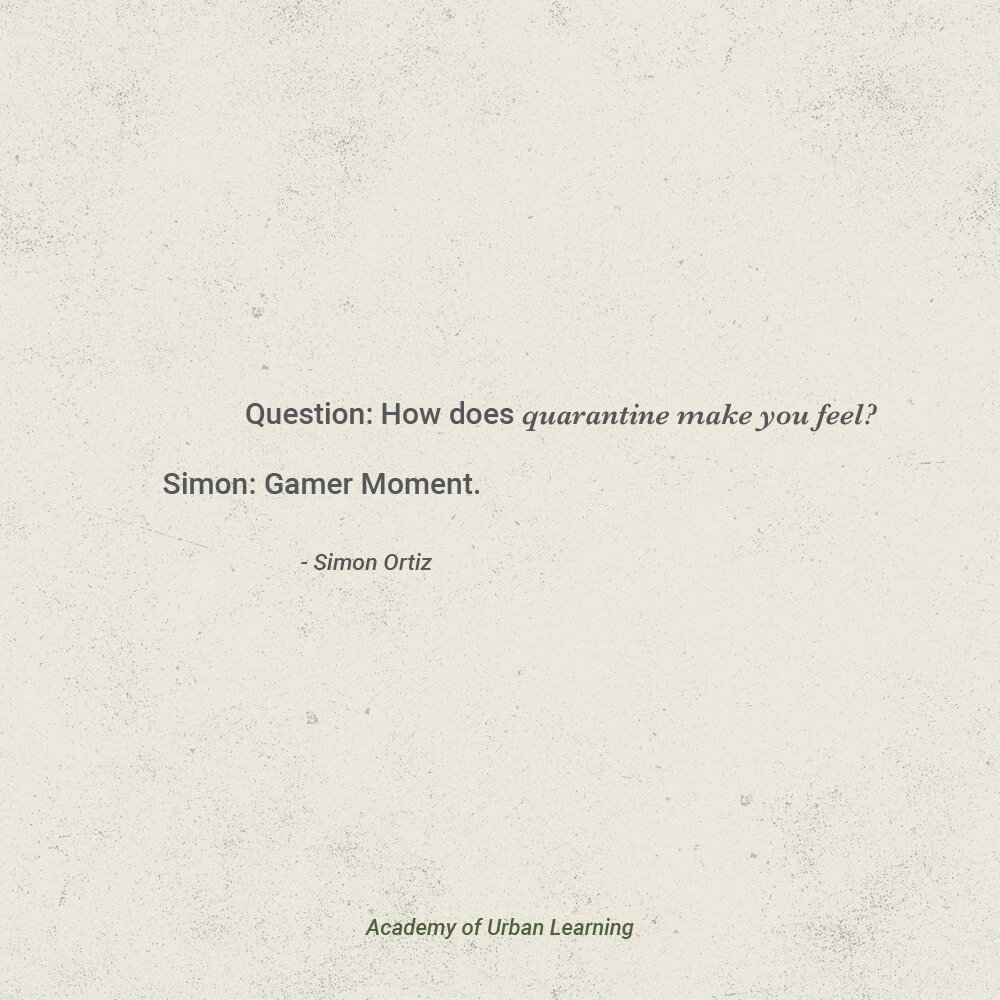
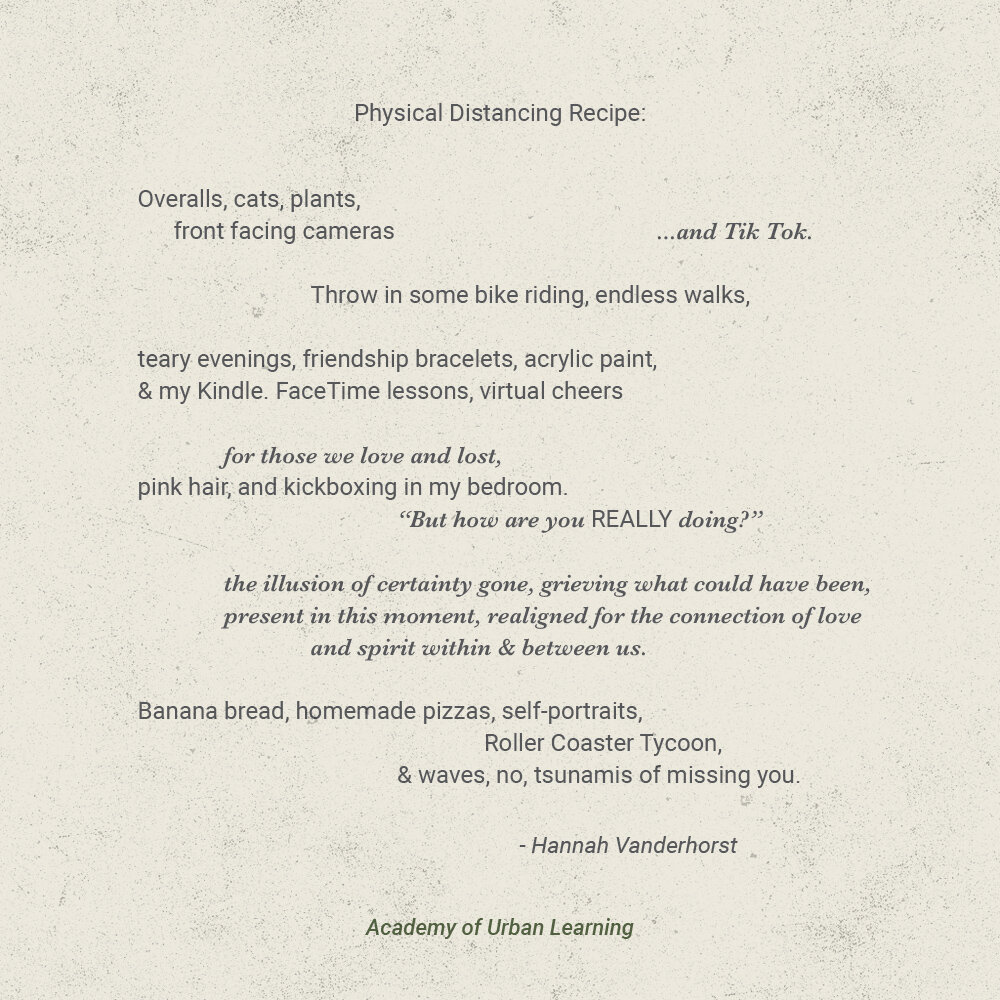
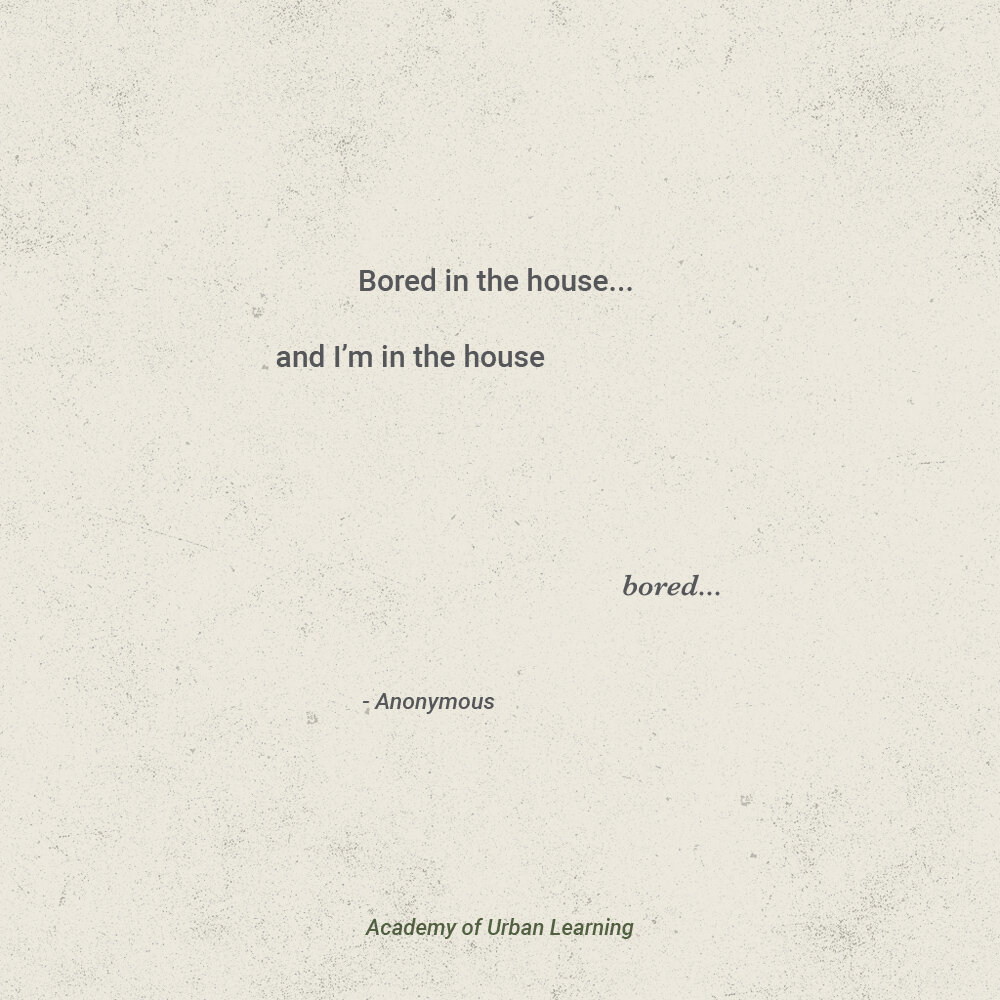
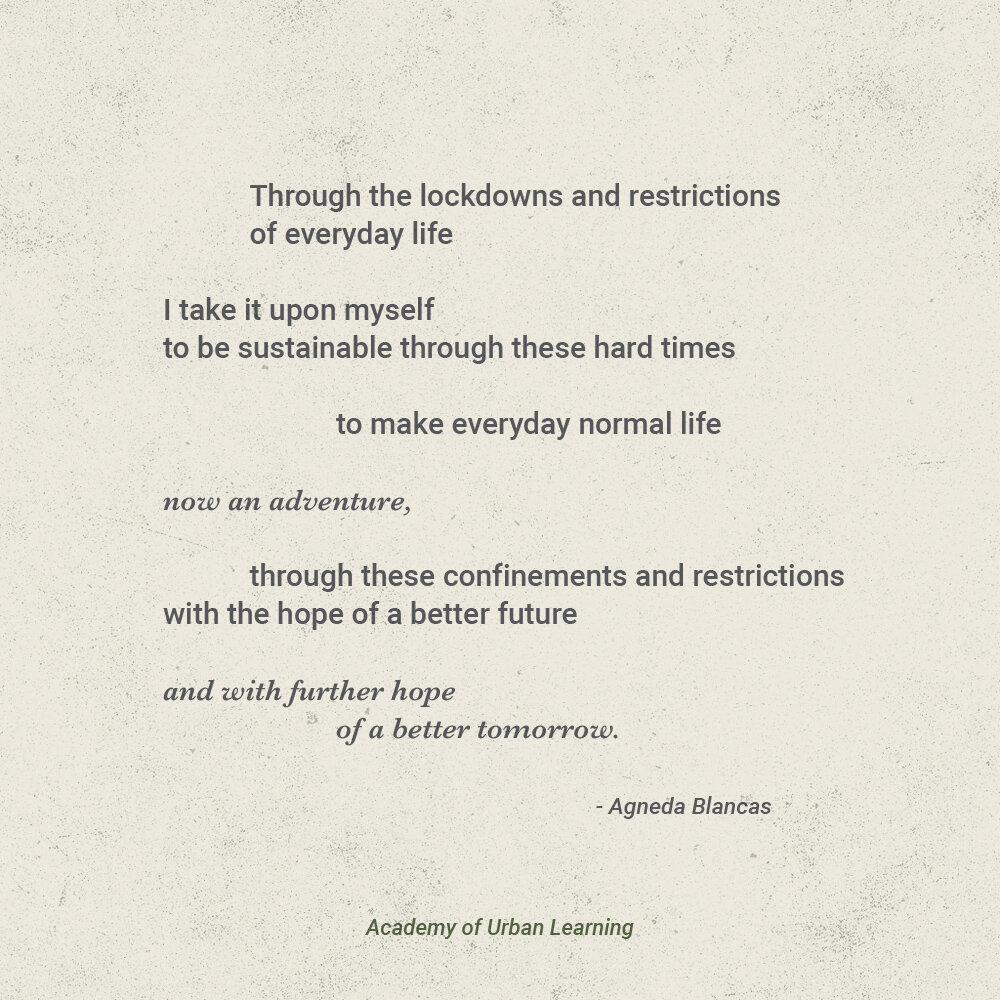
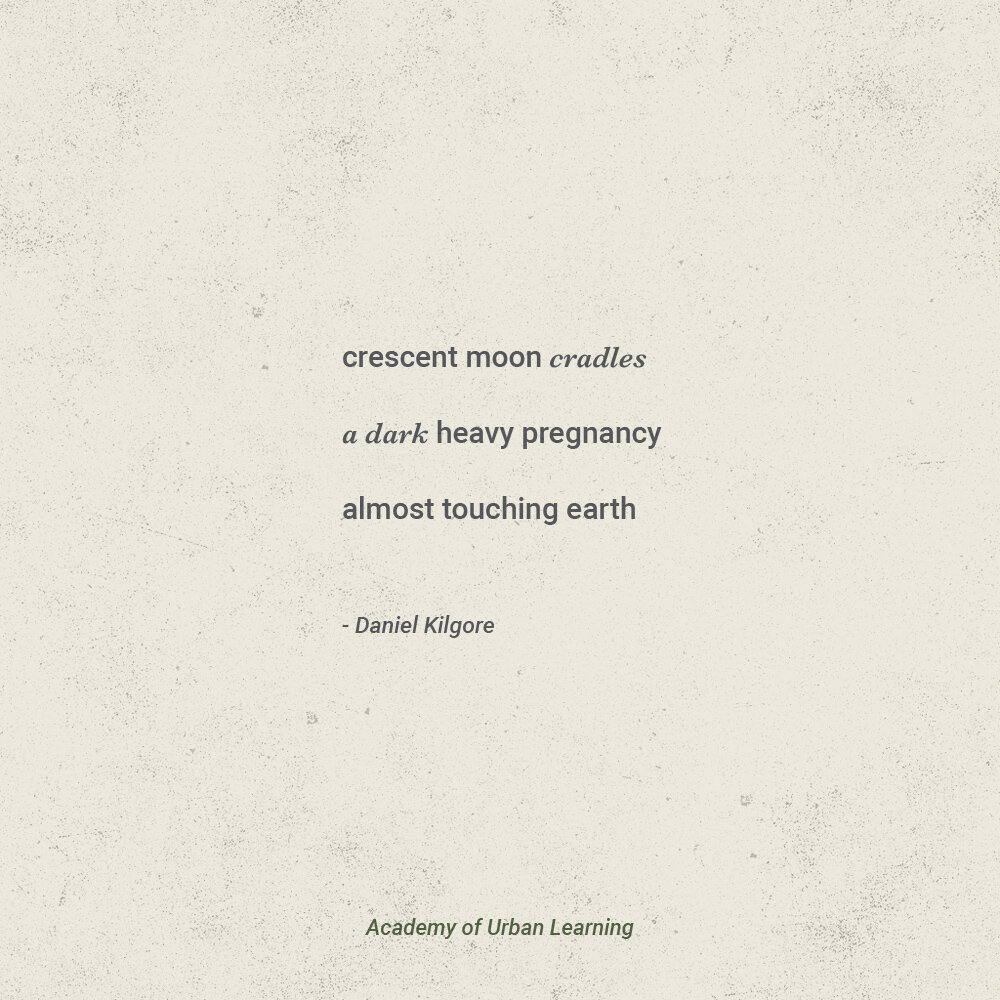
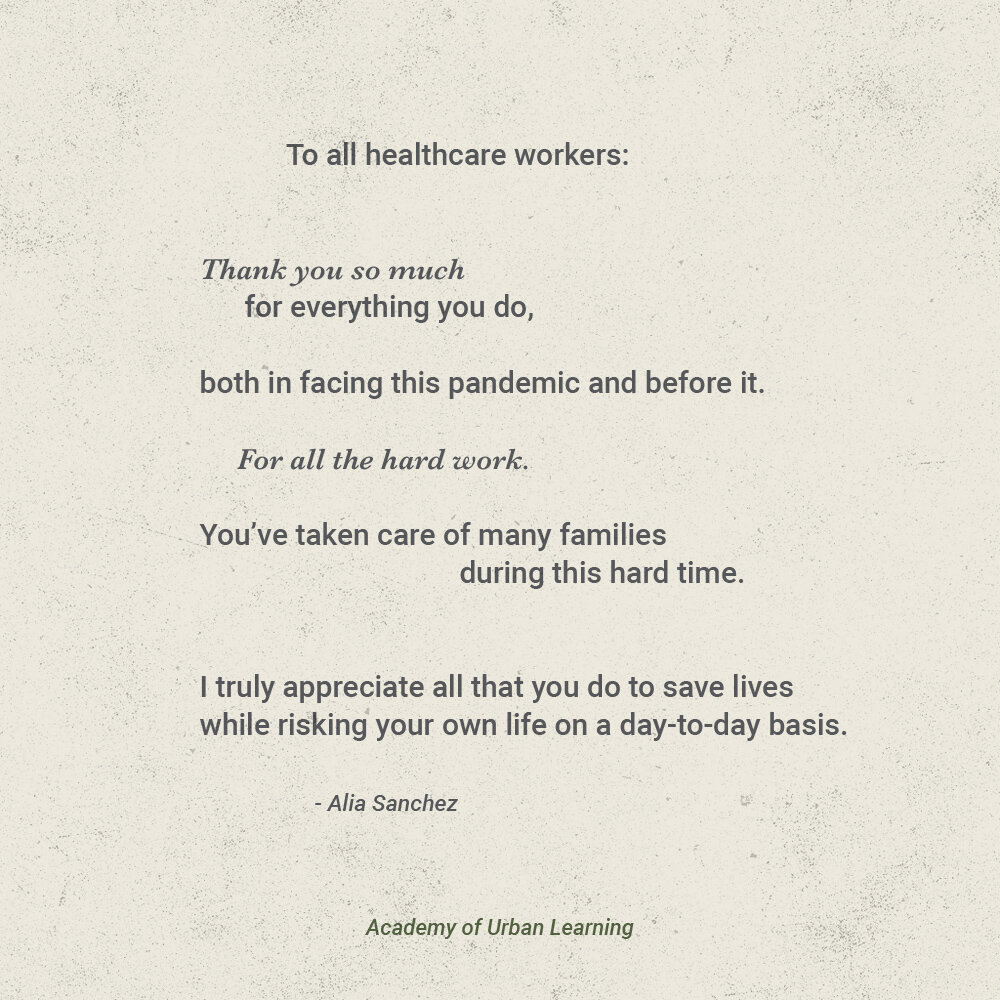
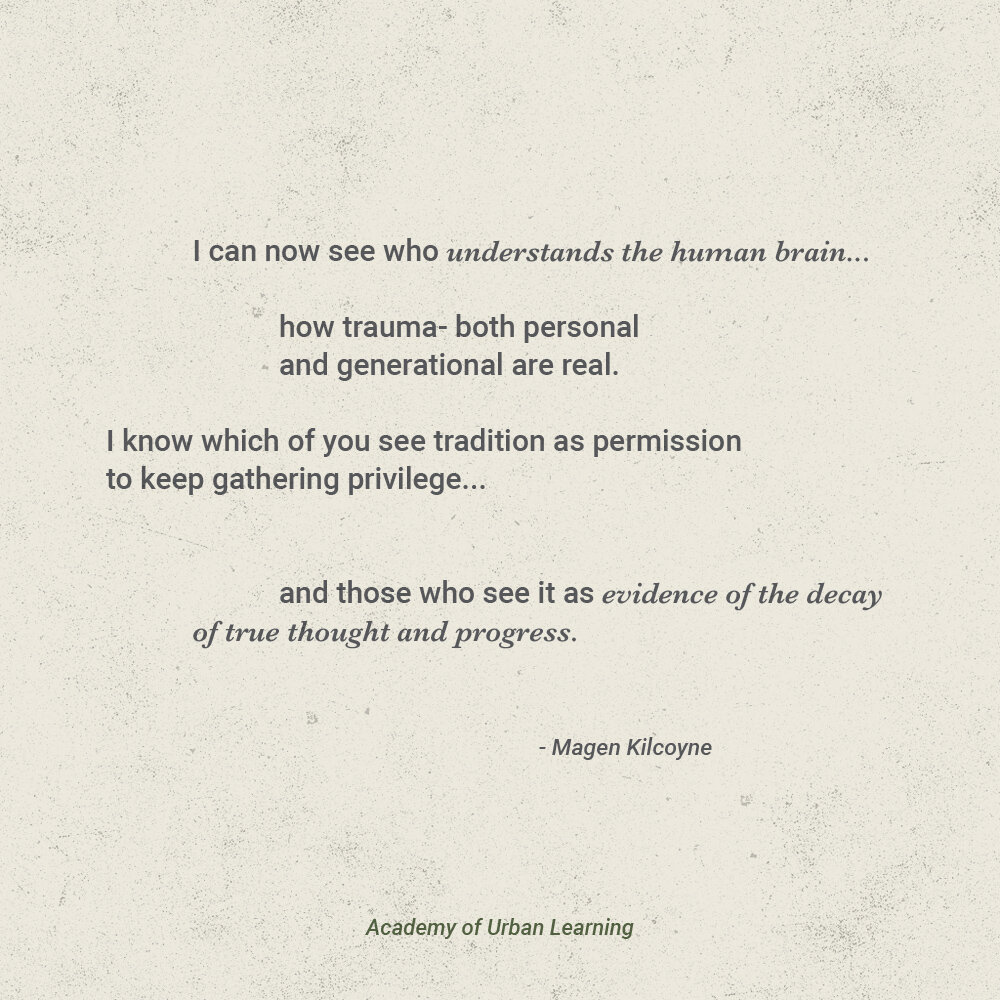
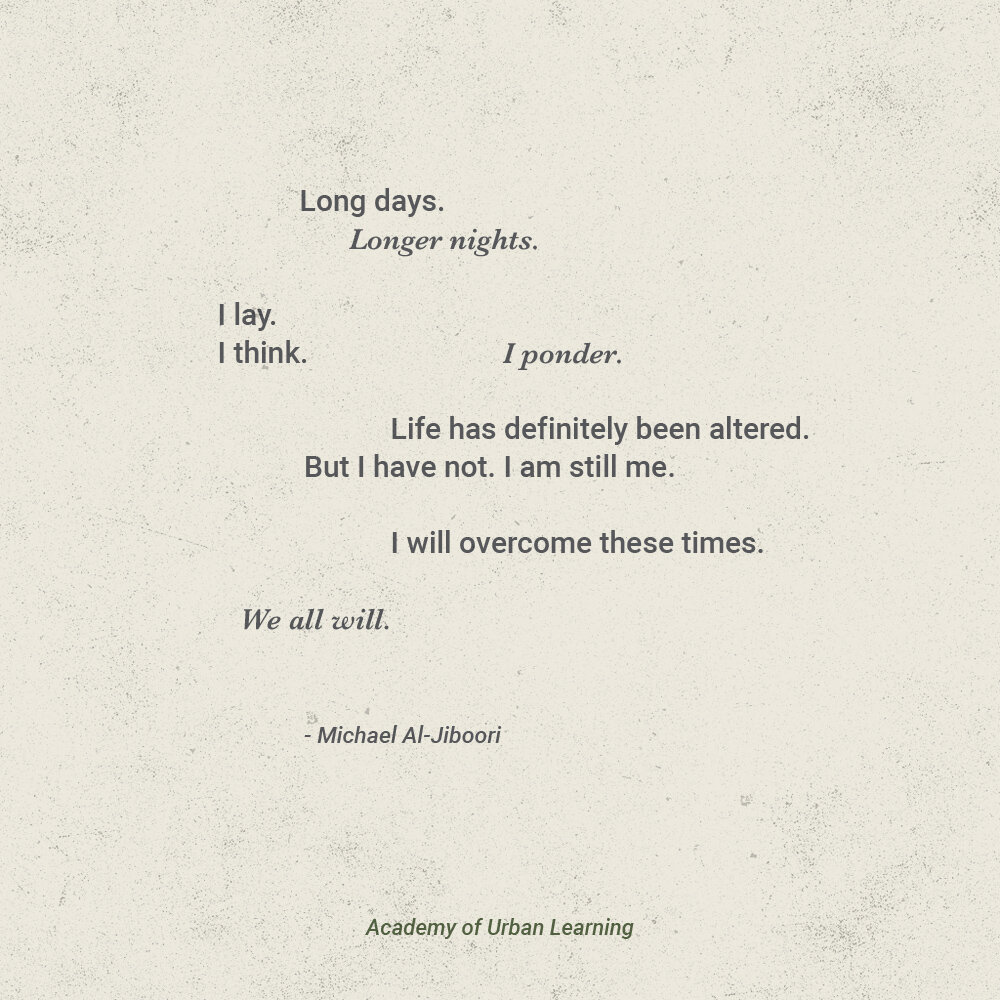
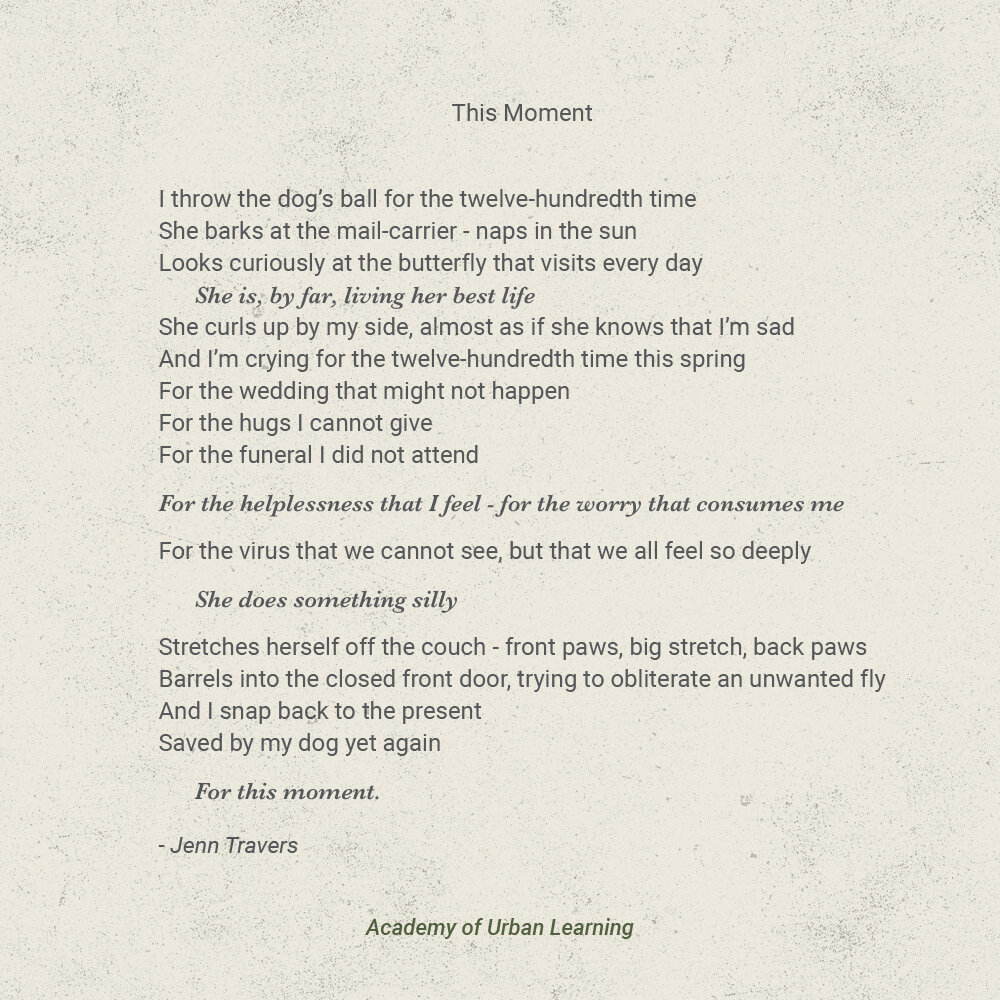
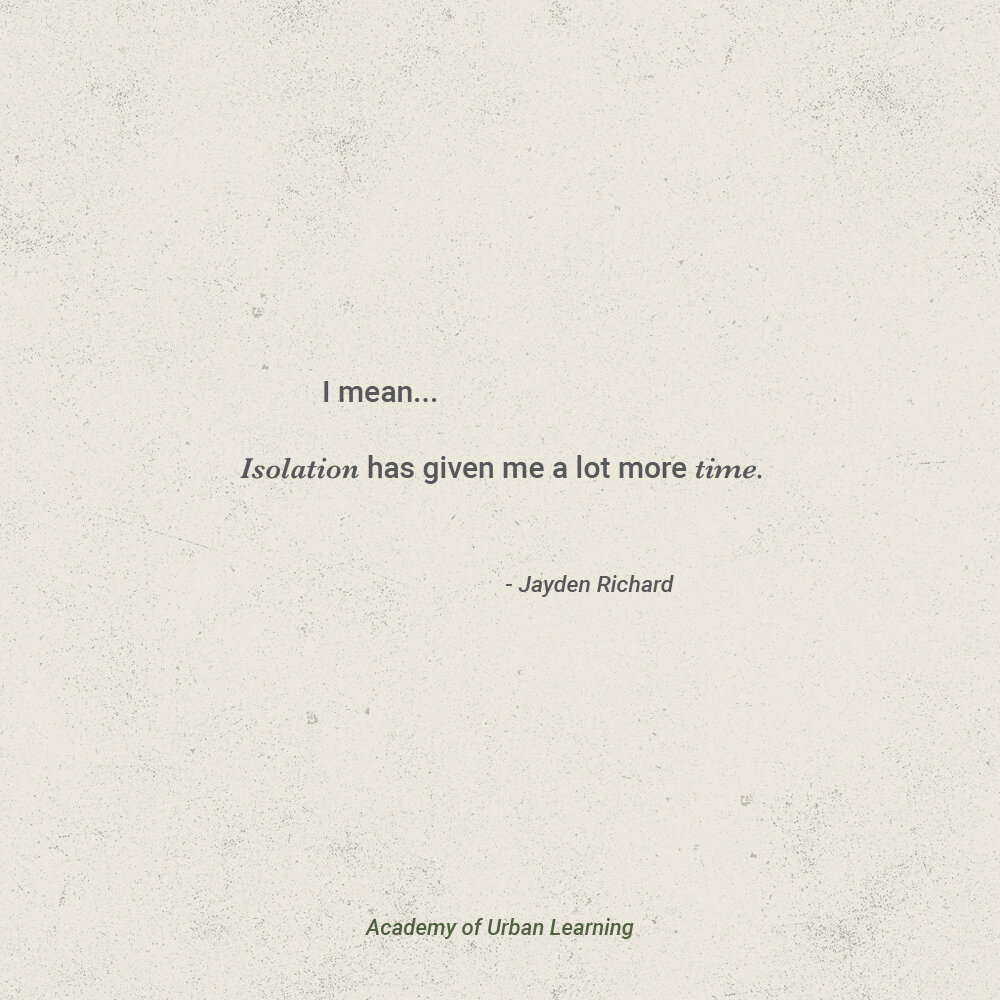
The Academy of Urban Learning
Teachers: Michael Al-jiboori and Kristen DiCicco
Artist: Anthony Garcia Sr.
“I am a new addition at the Academy of Urban Learning taking over for the lovely Mrs. DiCicco as the art teacher for the last few months. This current global situation we are in combined with online learning has been very interesting, especially for an art teacher. Not everyone is suited to learn this way and I am lucky enough to work at a school that graciously understands that and focuses on positive student engagement and connections. It has been great learning about and helping bring out the creative spark of young minds that have never gotten the opportunity to do so otherwise. From fine art to digital art - the spoken and written words of poetry, deep thinking, and creative venturing. It has been a pleasure to work with Redline and AUL. We hope you enjoy our collective of poetry and letters about quarantine's positives and negatives from the many different perspectives of our staff and students.”
-Michael Al-Jiboori
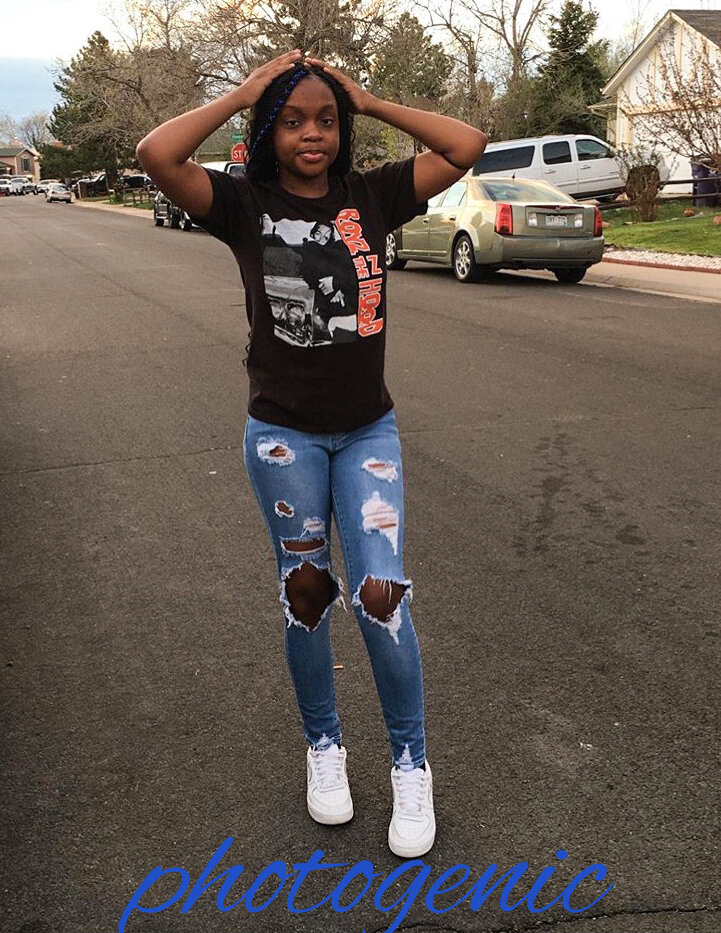
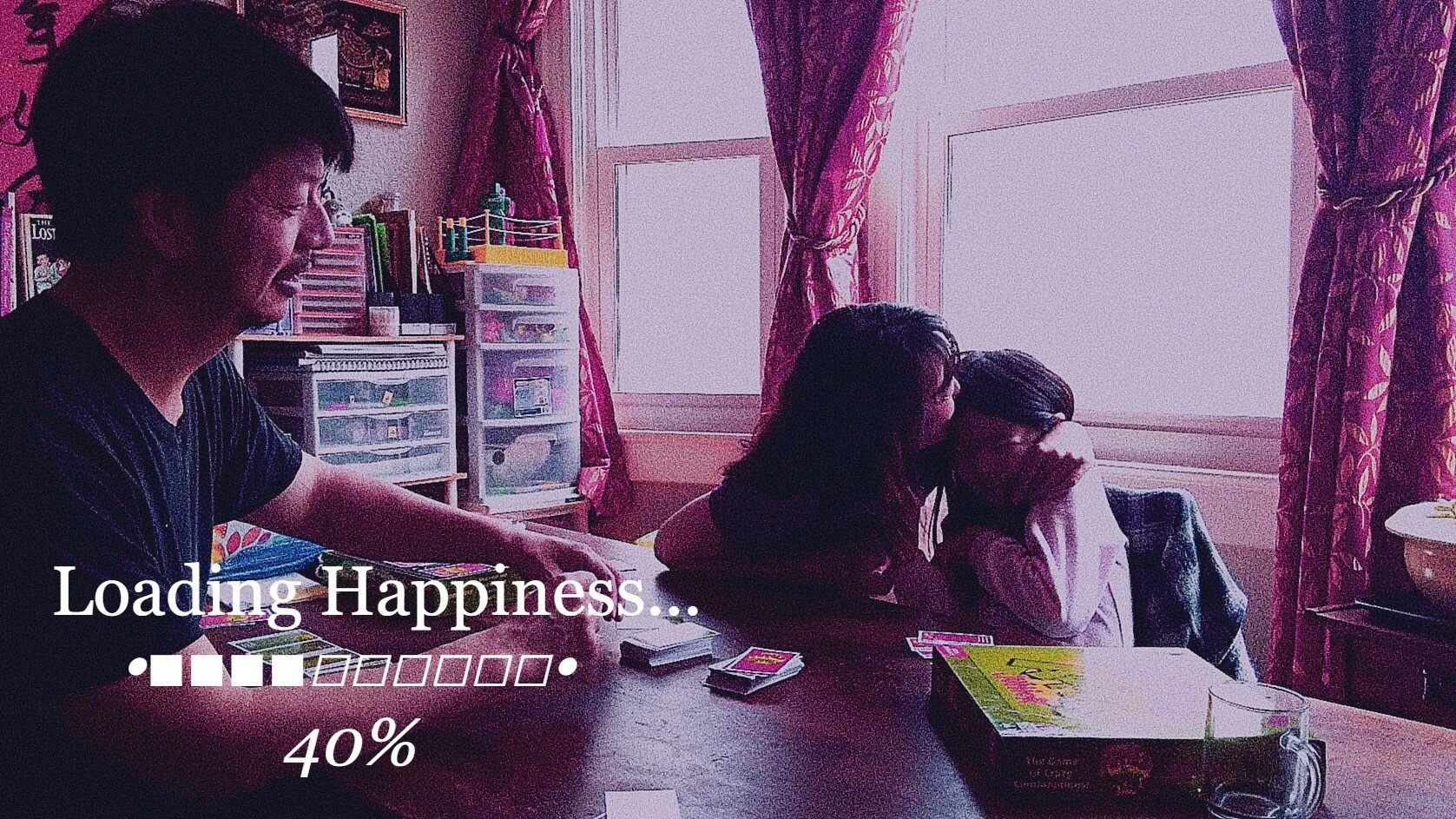
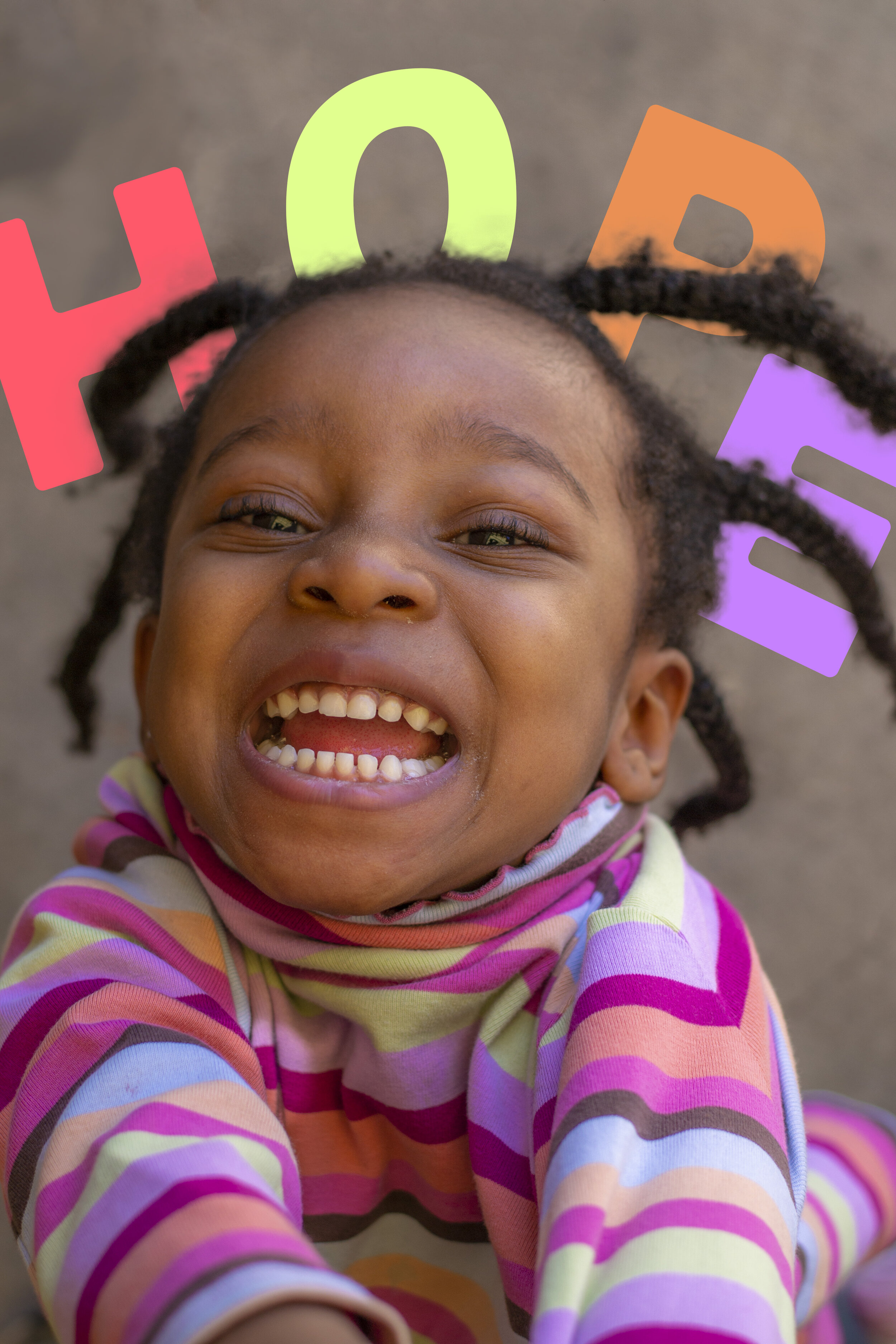
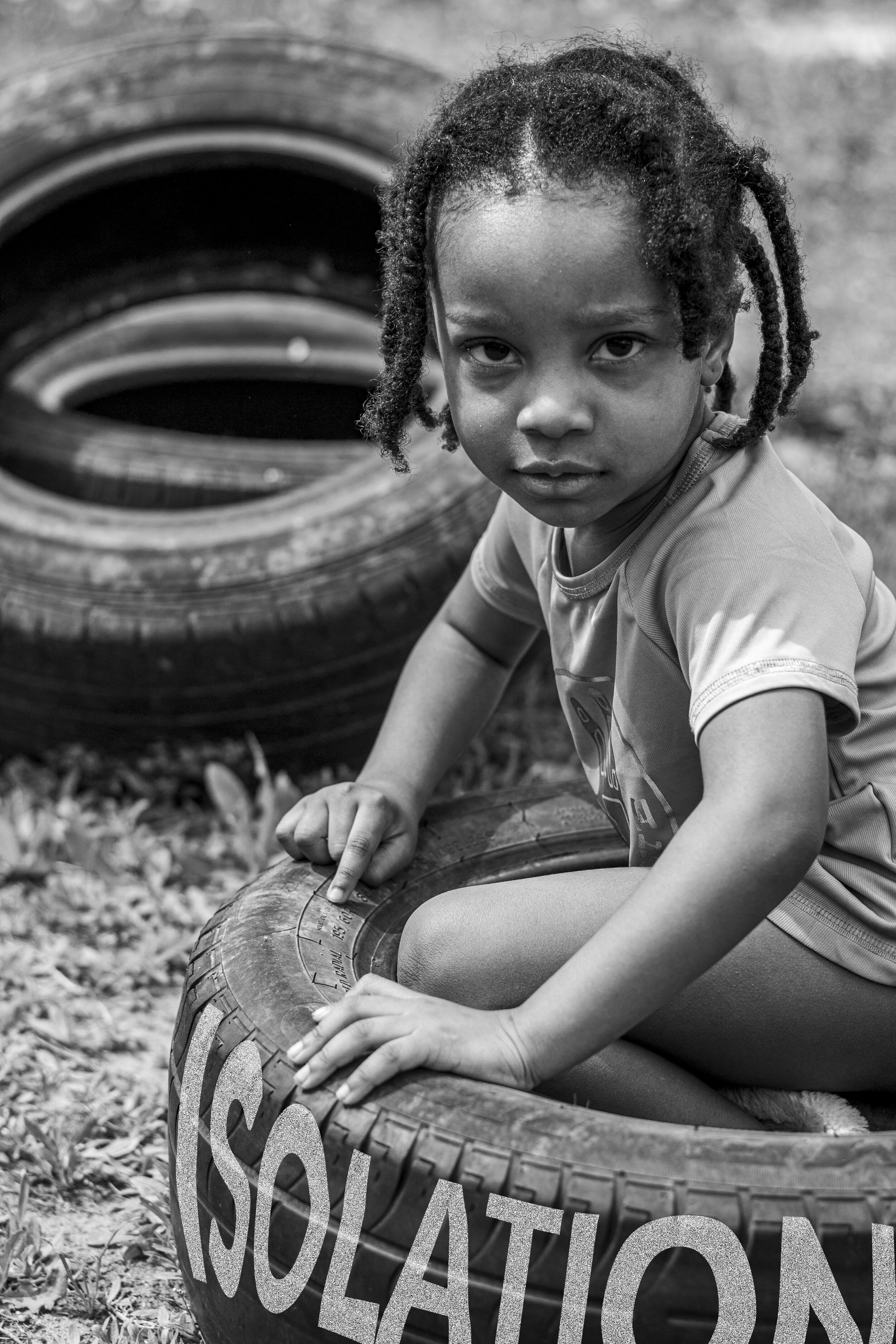
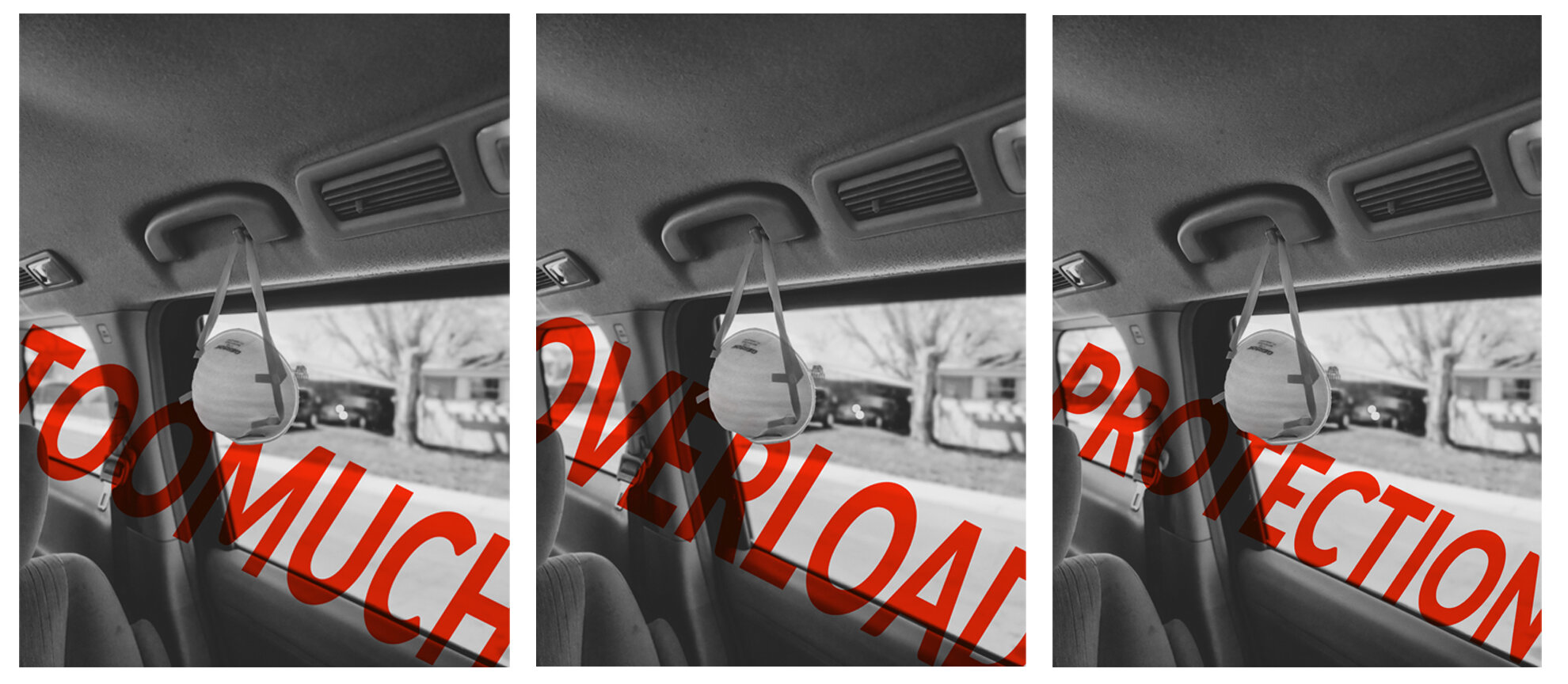
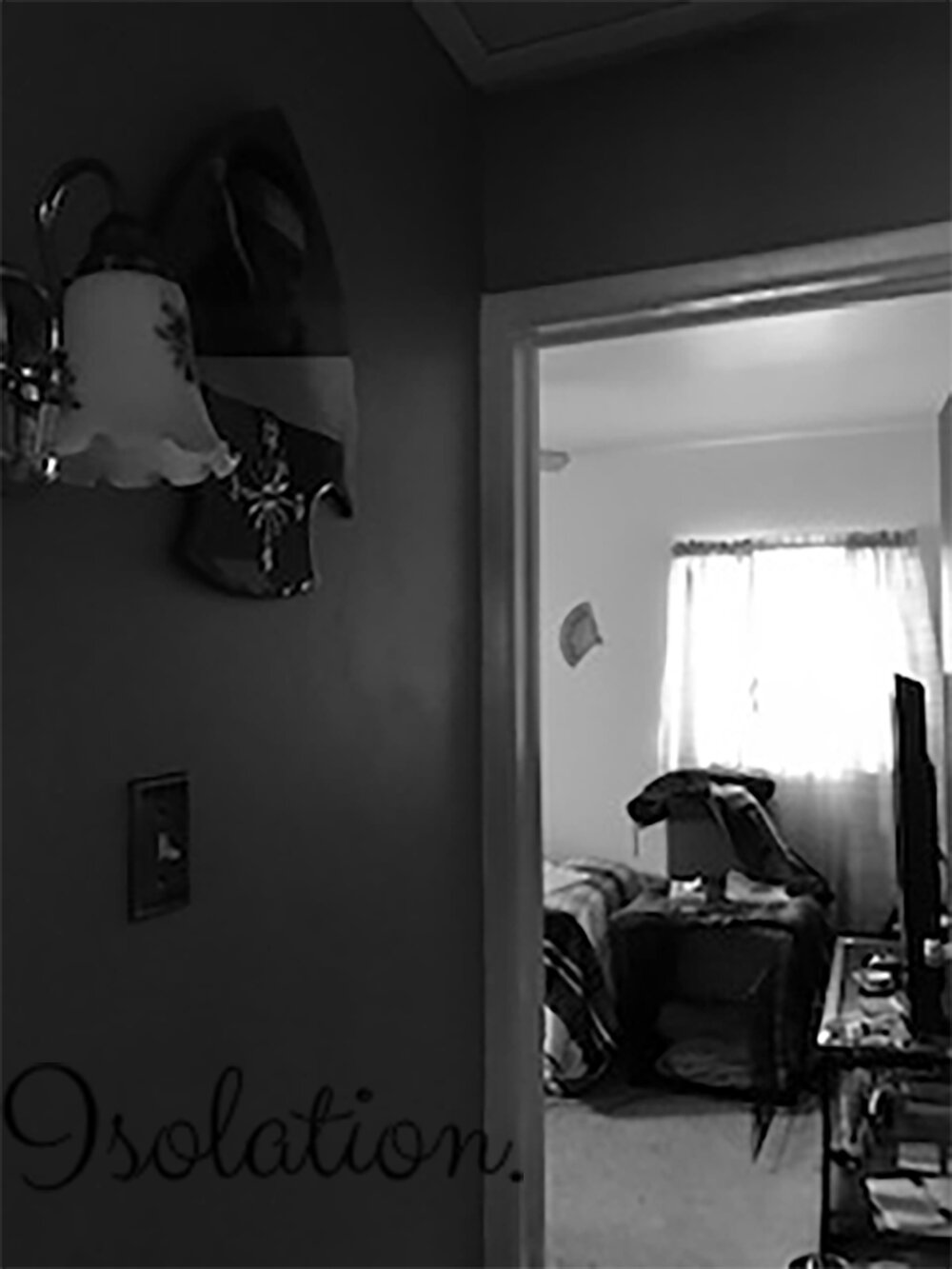

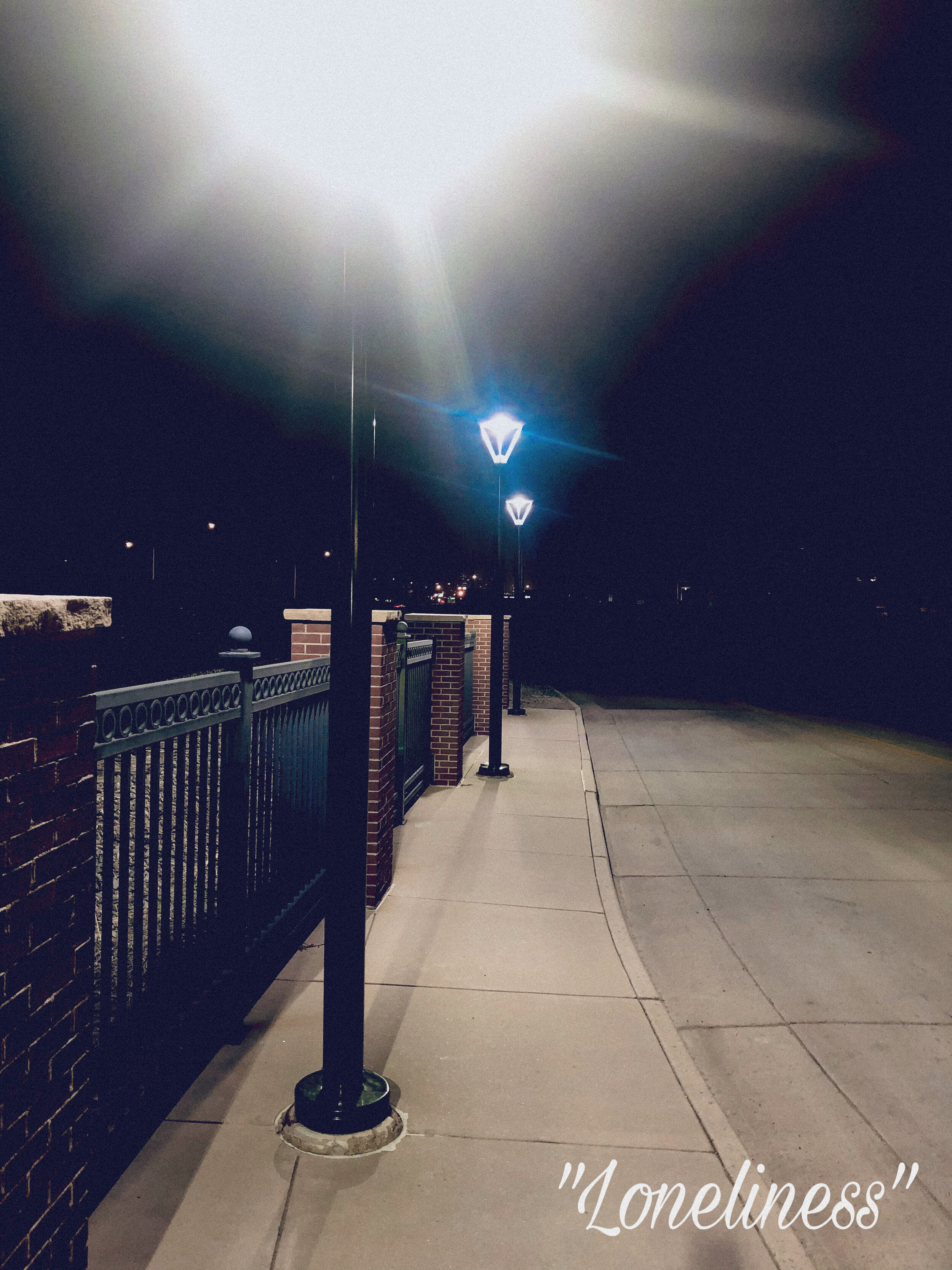
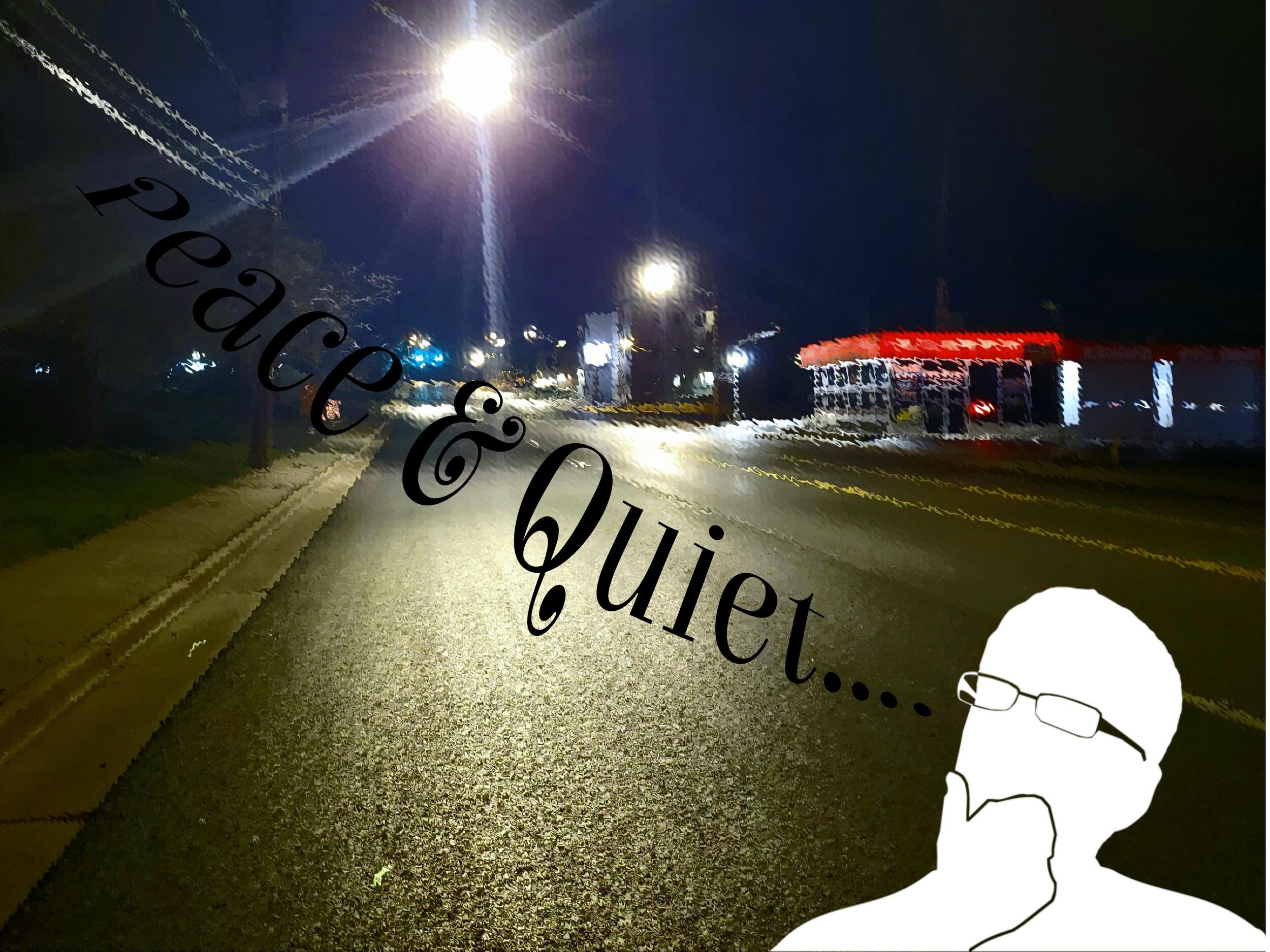
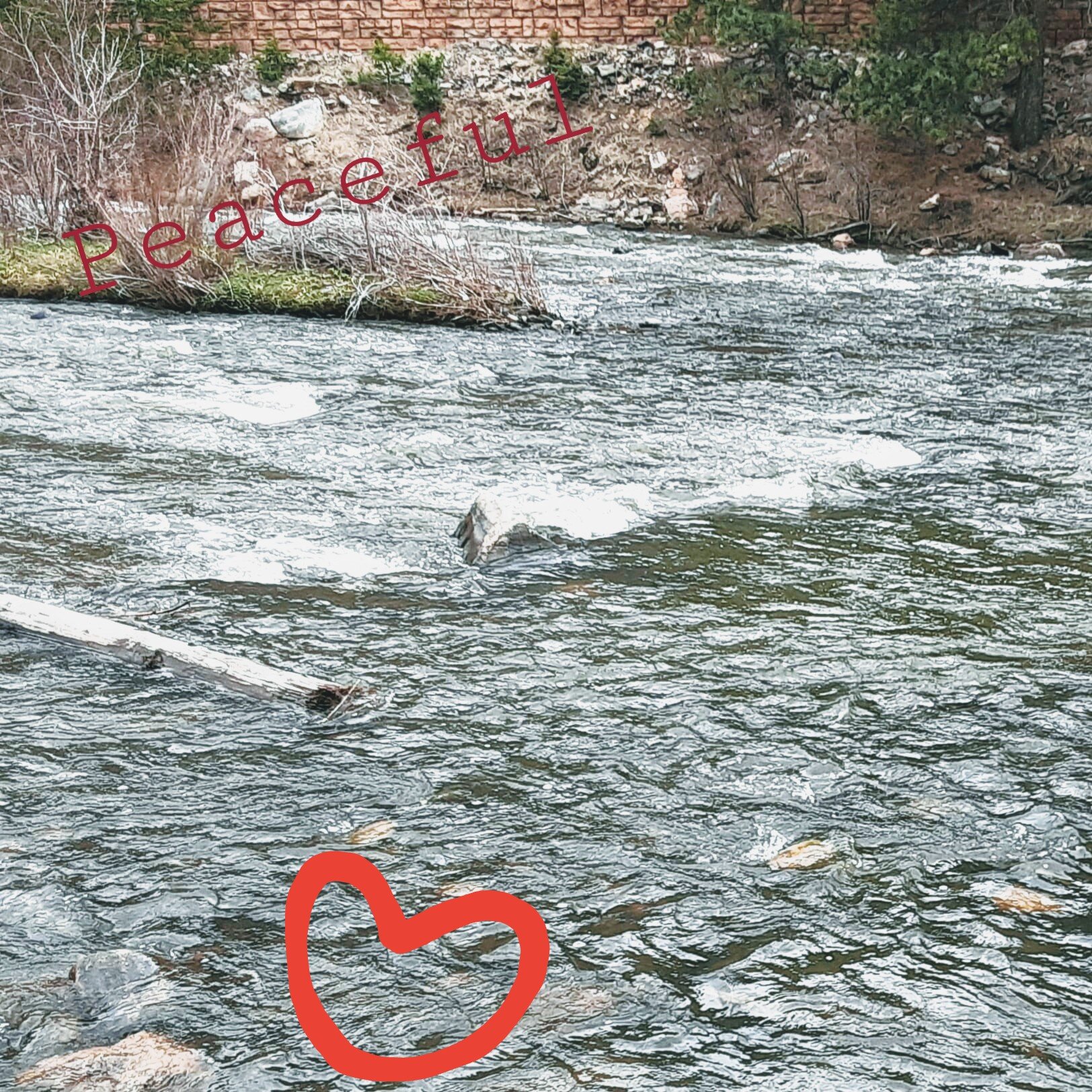
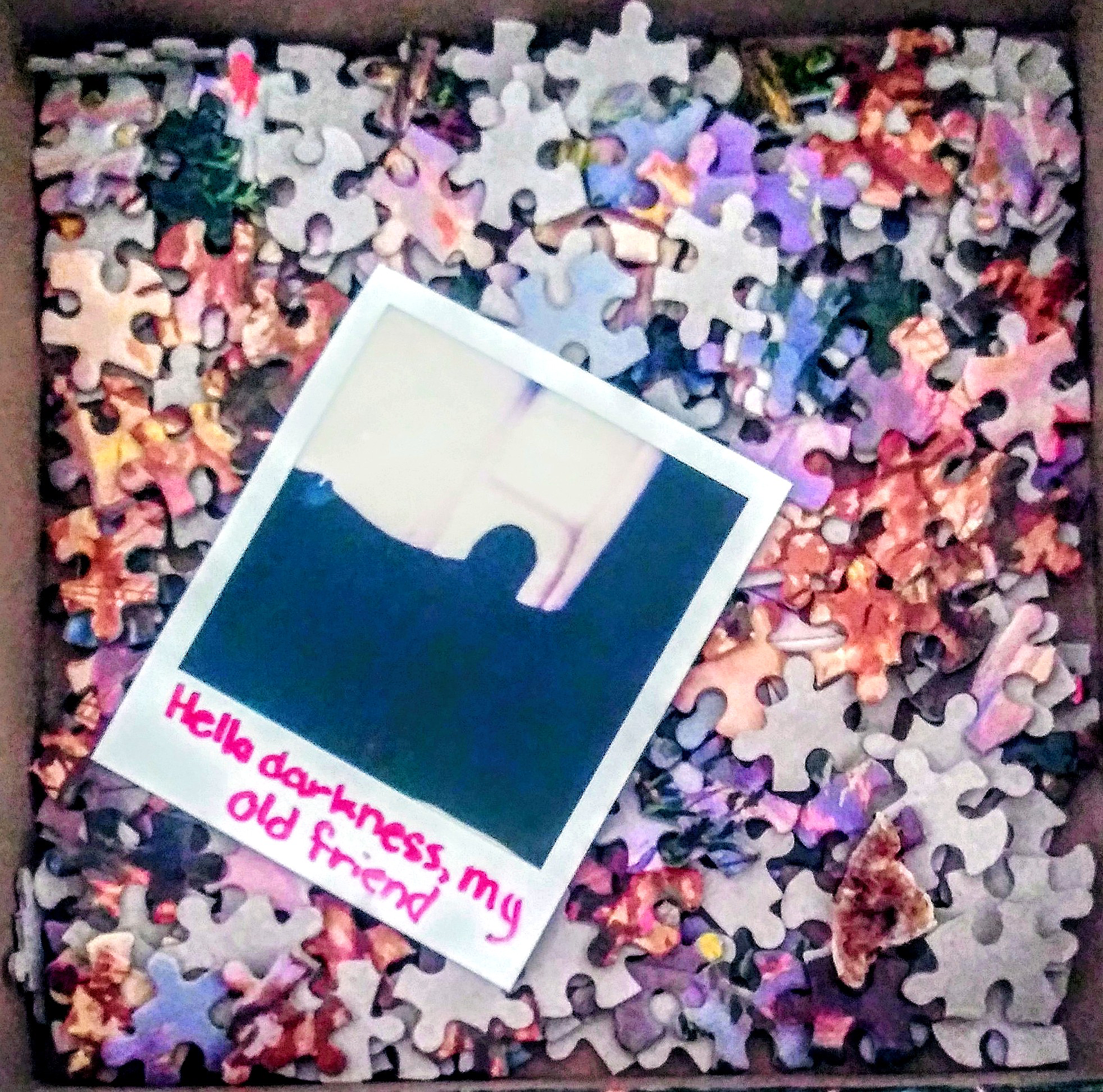
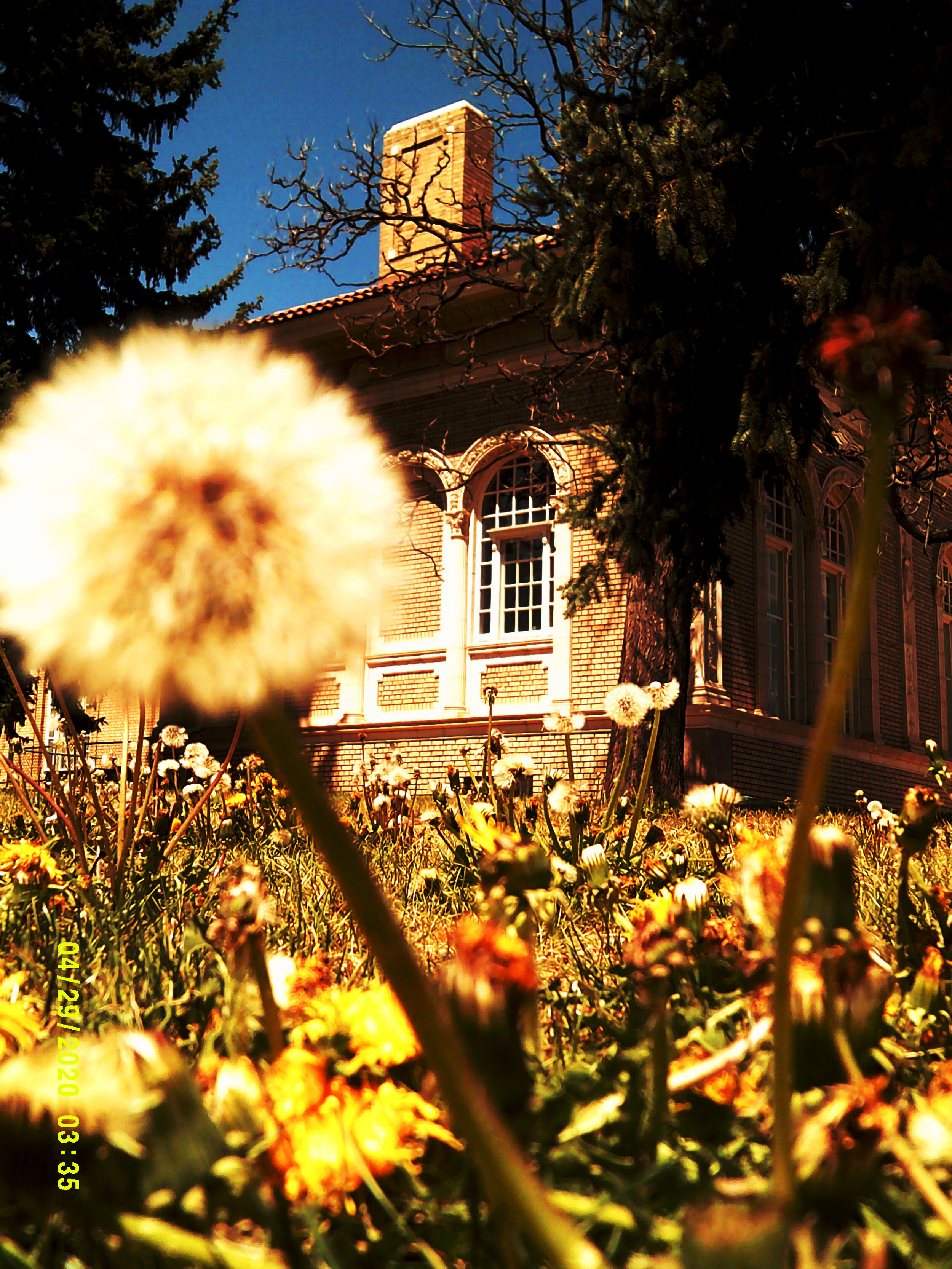
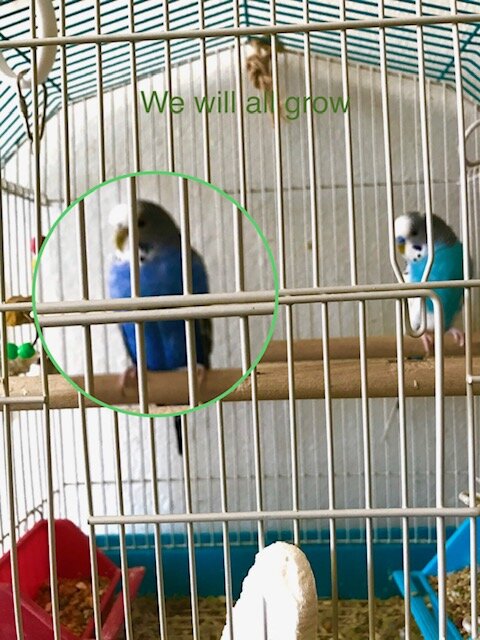
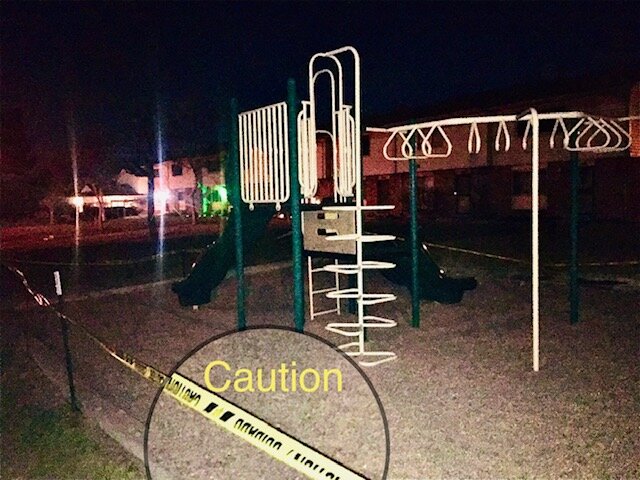
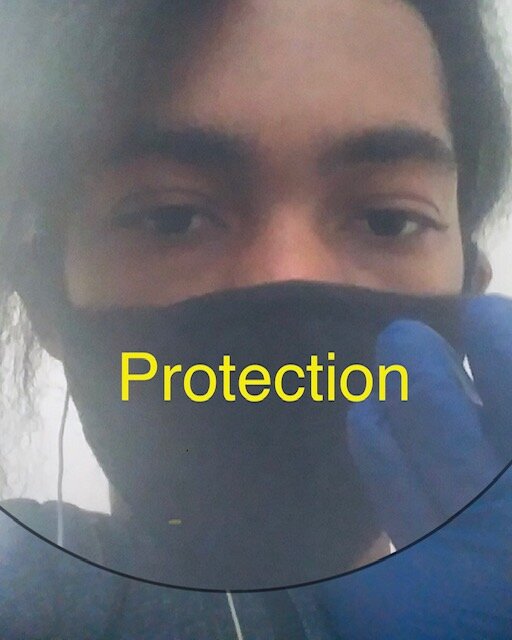
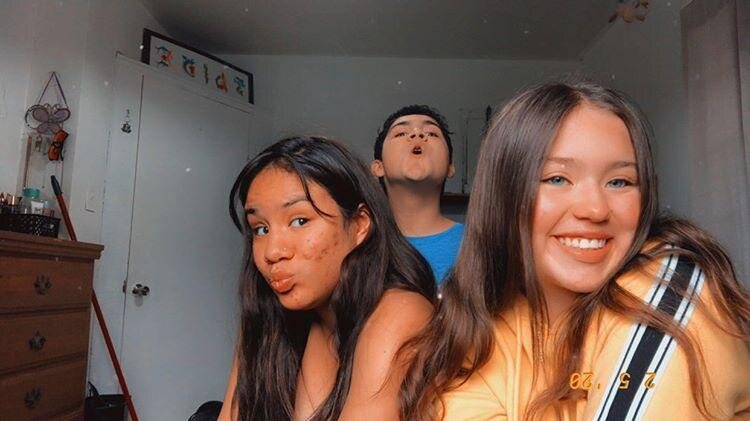
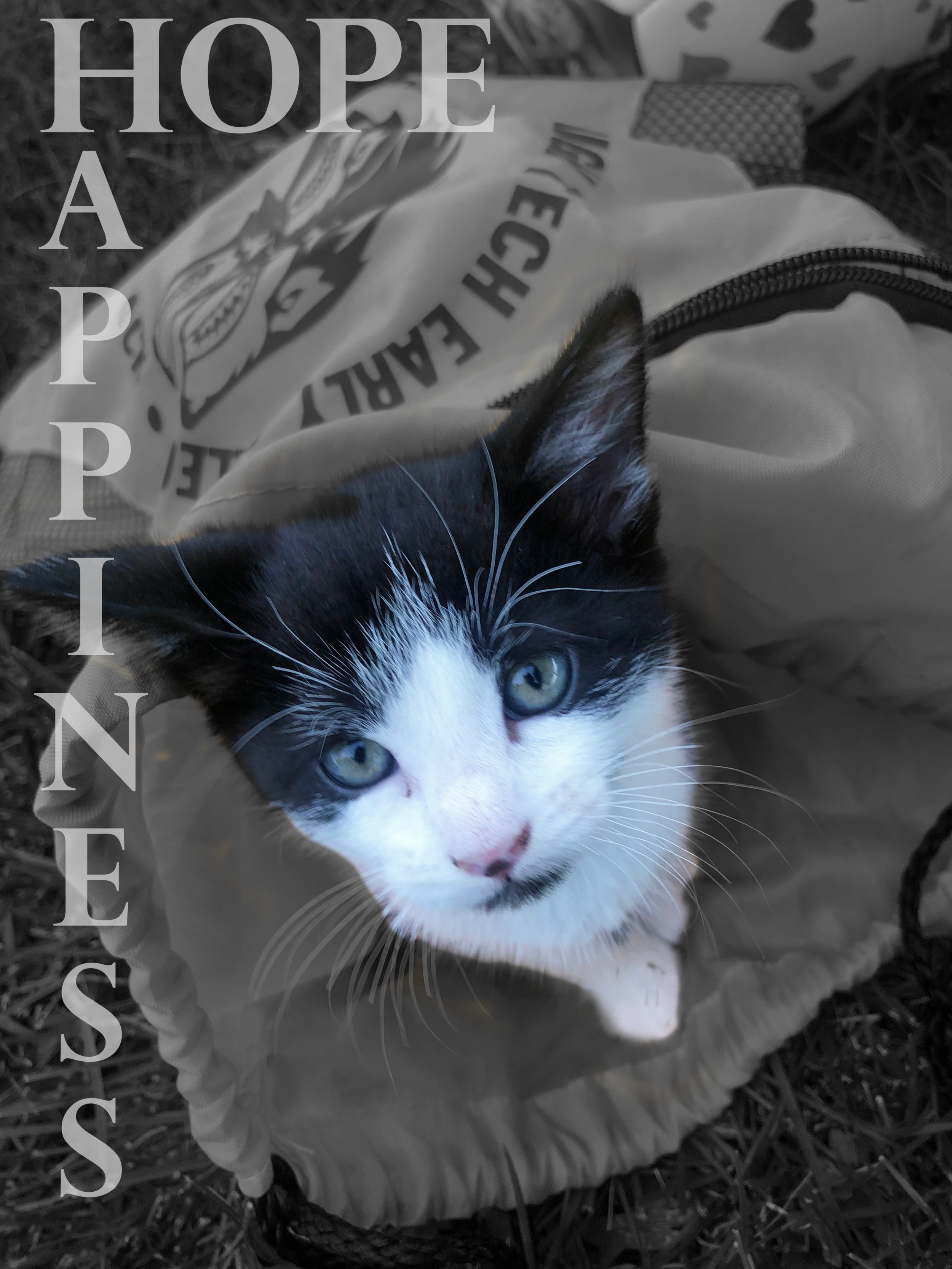
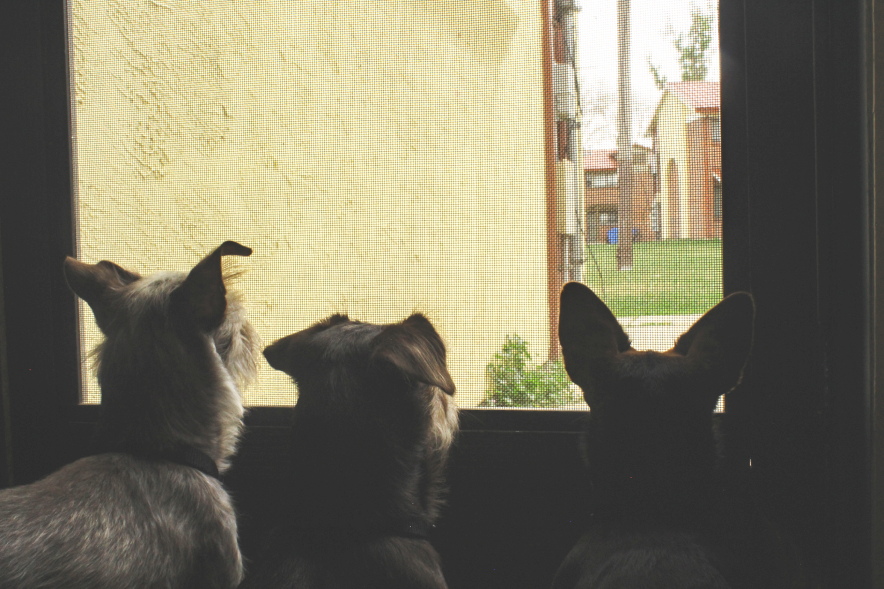
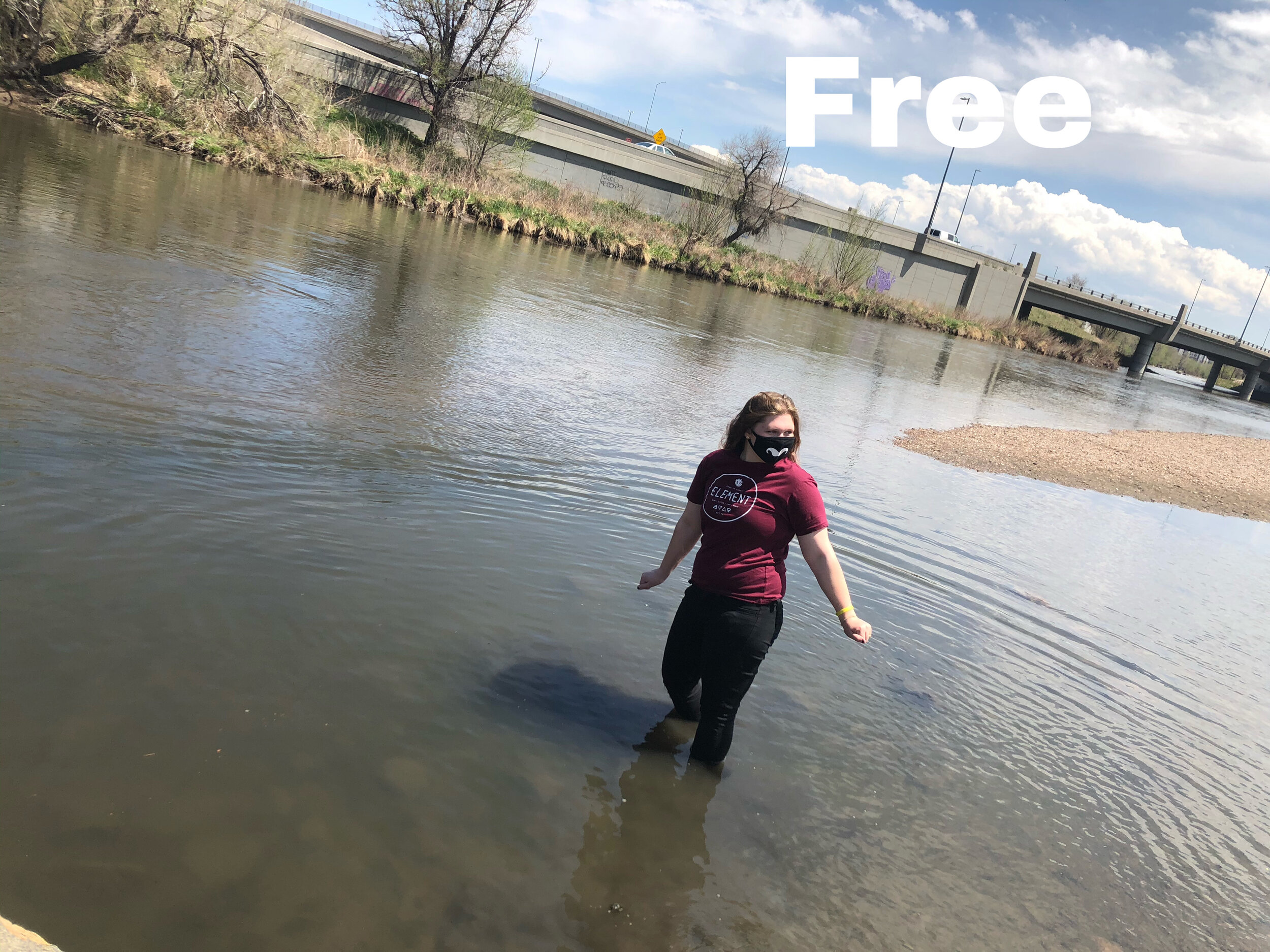
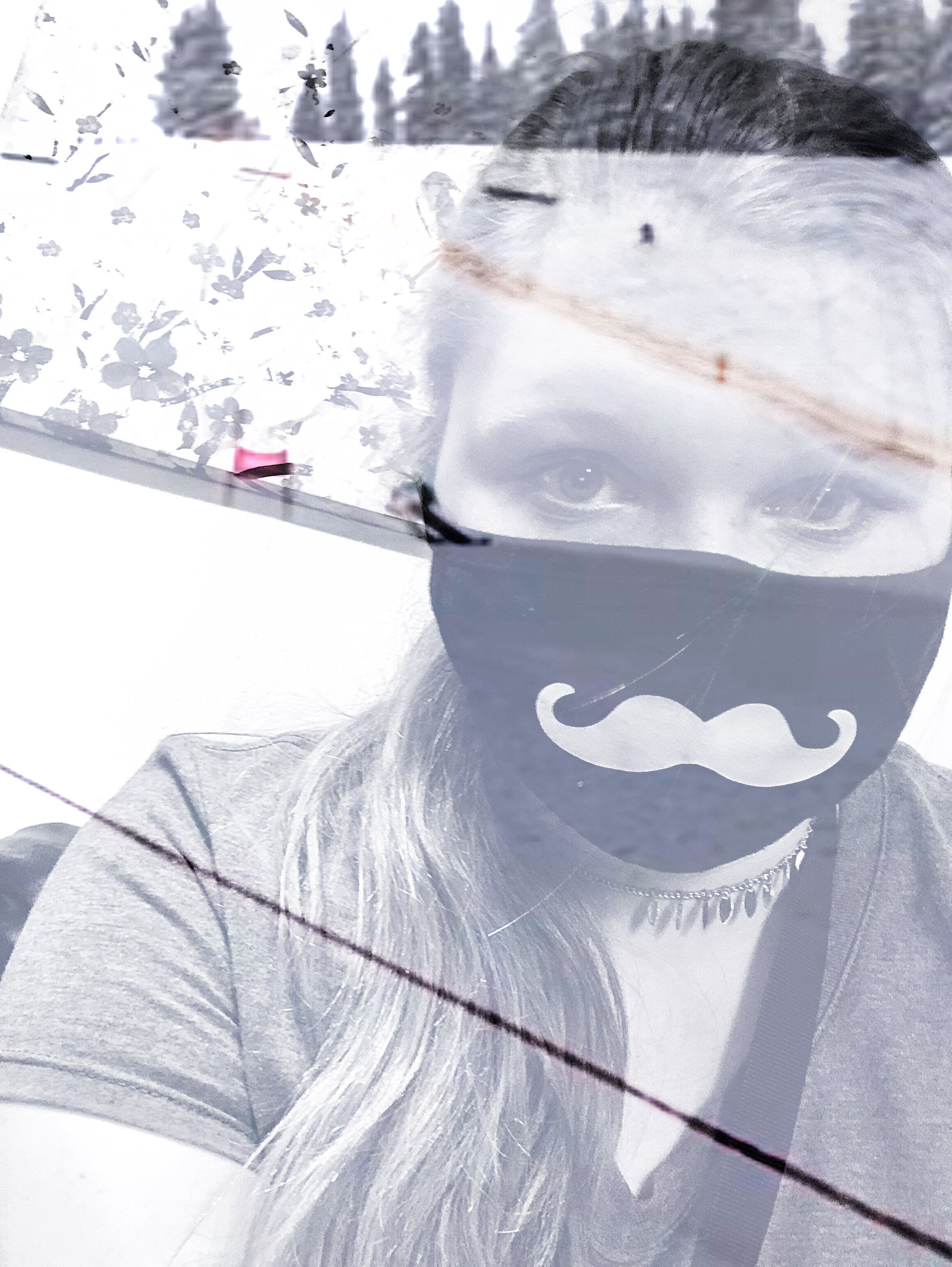

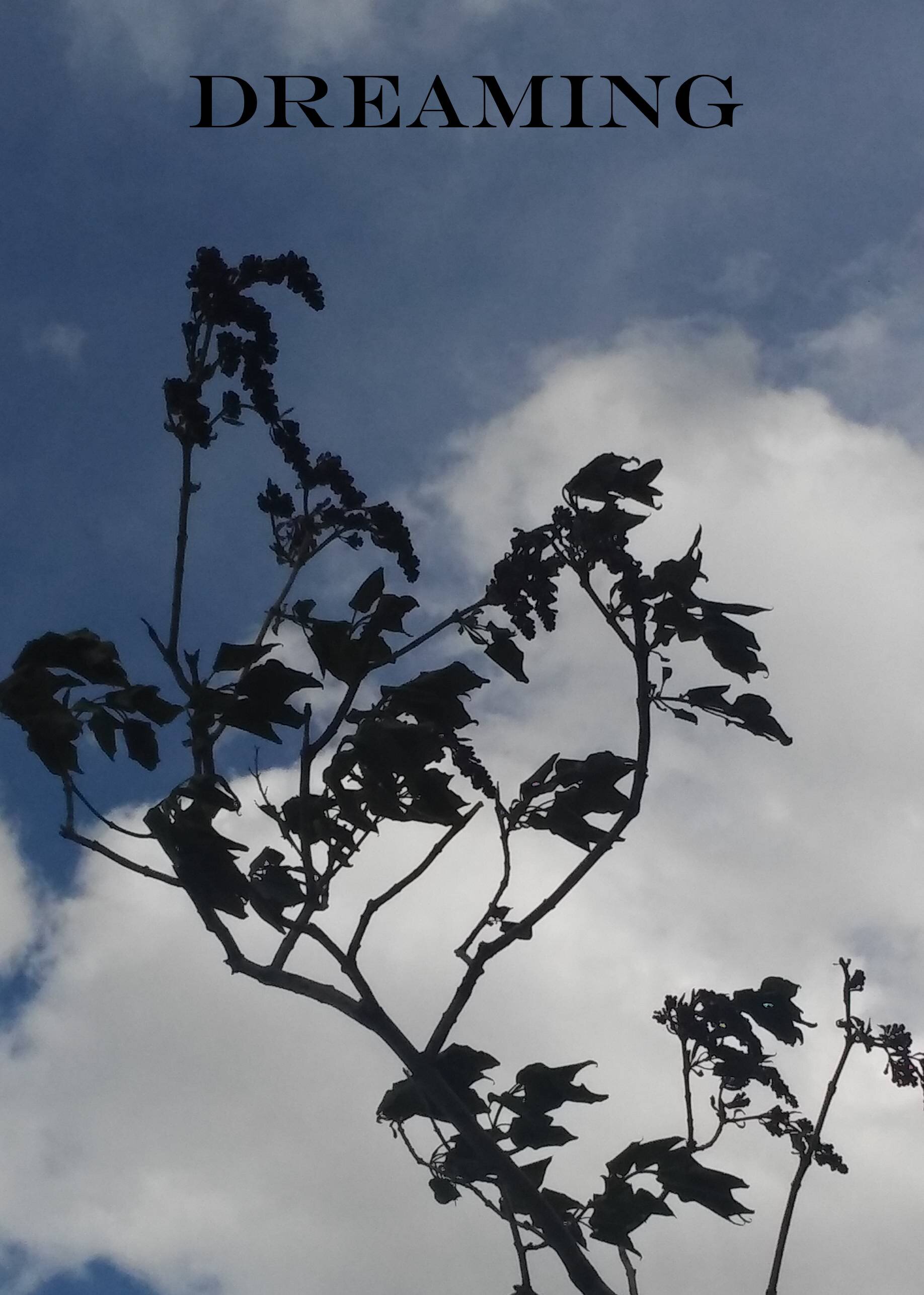

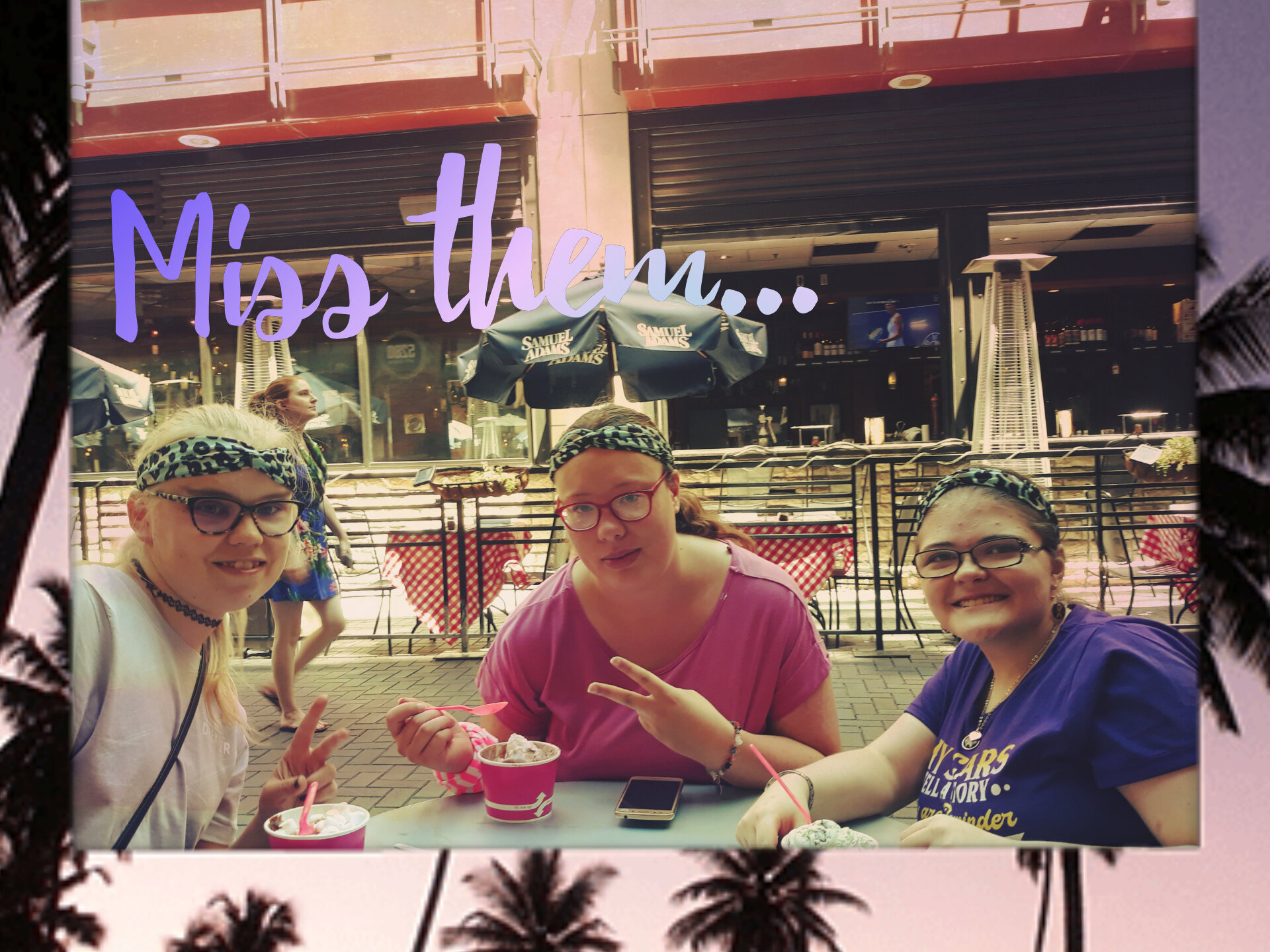
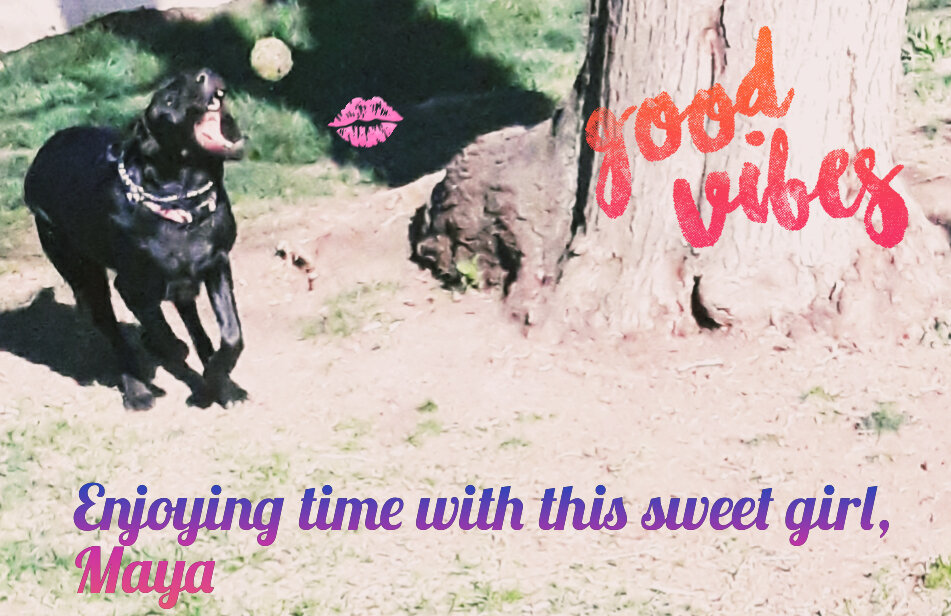
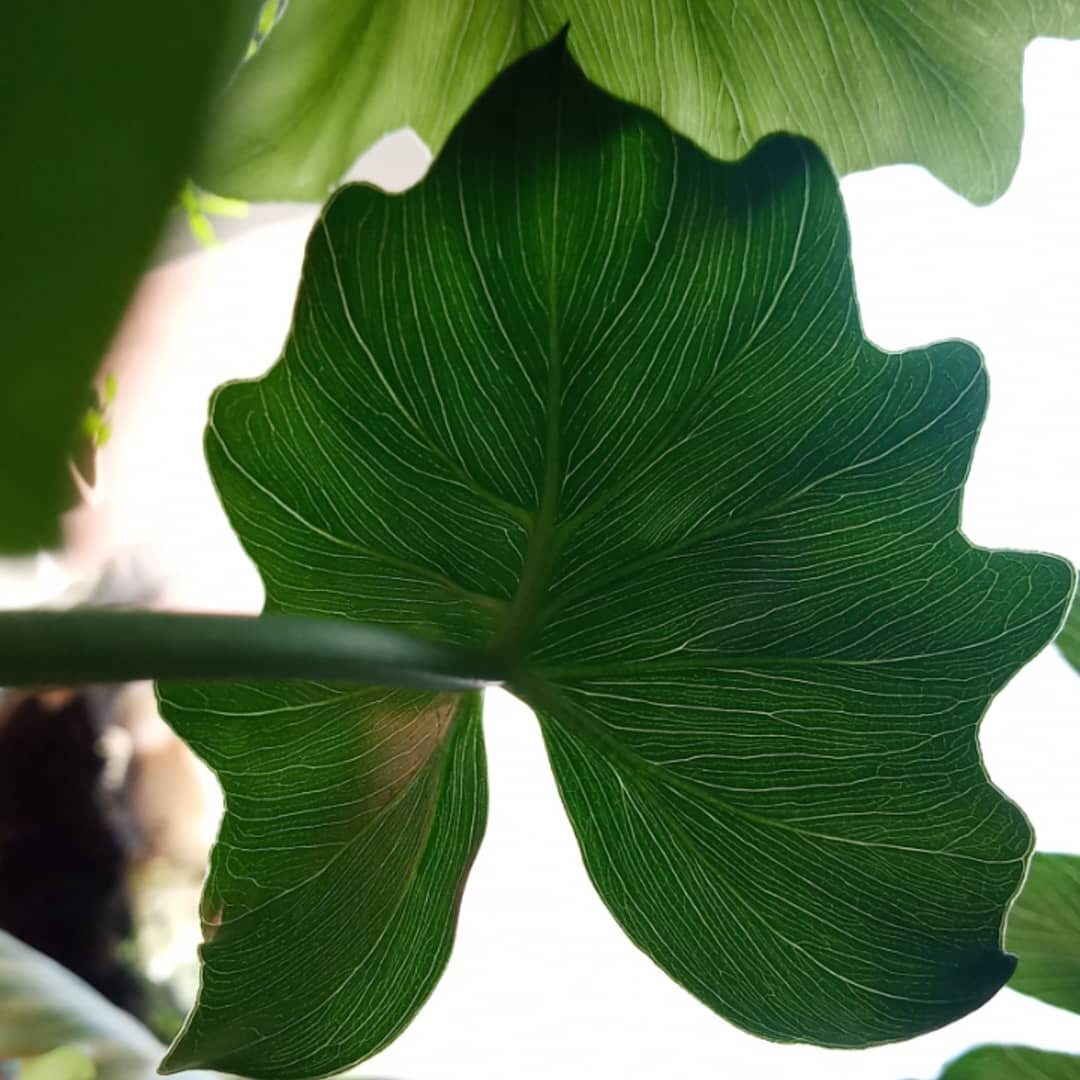
Arts Street
Teacher: Chelsea Romaniello
Artist: Juan Fuentes
Arts Street@YEA worked with youth from Colorado High School Charter as well as individual artists from high school across the city. We had just had our first meeting with our guest artist, Denver photographer, Juan Fuentes, and the youth had been brainstorming issues and creative ways to make an impact. Then....it all changed.
We talked as a team and tried to find a way that we could still have our youth create and capture the time and moment that each of them is experiencing as the majority of their world shuts down and a huge portion of their daily lives completely changes. When thinking of how to engage these youth artists, we looked toward something that they were already doing on social media, for homework assignments or just to pass the time- taking pictures. We challenged our youth team to look at the new, quarantined world around them and use their phones to capture the changes, challenges or positive views in their lives. We also encouraged them to write about what was happening and think about individual words or phrases that were reflected by their photos. We met weekly virtually and Juan was able to give direct feedback on the work they were producing. Finally, our team learned to use photo editing software and add these thoughts onto the photos themselves to create multi-level stories about their COVID Life. What they brought back was amazing!
“I was so glad to still be able to help activate this project remotely because photography is the perfect tool to document this unique time in history. It was also a great way to let this amazing group of young artists express what they were facing and feeling while adapting to the changes.”
-Juan Fuentes
We were so excited to see the team engage in something challenging and meaningful during this time and are so happy to share those results with you.
Bruce Randolph Middle School
Teacher: Ted Tessendorf
The Middle School students at Bruce Randolph created a series of Positivity Posters during the COVID-19 pandemic. Click here to visit their full website.
Bruce Randolph High School
Teacher: Scott Nobles
Artist: Victor Escobedo
The high school students at Bruce Randolph created thank you cards for essential workers at Children’s Hospital. Please take the time to read these important messages to some of the people who are the frontlines of this pandemic.
Participating students:
Jenasys Fresquez
Liliana Morales-Sanchez
Giovanna Bustamante
Melisa Piedra-Jara
Nancy Ruiz-Armendariz
Trenton Crespo
Joliet Learning Center
Teacher: Vanessa Hayes-Quintana
Artist: Dominique Christina
From 2006 through 2011, I conducted my Master’s research in an inquiry that examined elementary student’s critical thinking in the art classroom. Empirical evidence revealed three attributes of student cognition in art making: making meaning, individualness, and context. Not surprisingly, conclusions included critical thinking as being present in all aspects of the art making process. Most relevant to this reflection is the attribute of context, and the additional conclusion, that the teacher-student relationship is an inextricable component in observing and guiding student thinking in choice-based directions for students.
Nothing I’ve experienced as an educator has made these attributes and conclusions more evident than this experience of teaching art amidst the COVID remote learning situation. Yesterday, I spoke with a parent who gushed about how proud she was that her son had completed the EPIC project. She shared how her son was unable to complete any work without her side-by-side guidance of his progress. She recounted how her son imagined his idea, how he created his colored background, how he reconfigured his pictures to reveal parts of the background he liked and to make it look good with his pictures. She explained how he wrote and edited his passage, rearranged the words for each line, how he ensured that the passage reflected the message of his pictures, then, how he planned for fitting the passage into the empty space over the color blended background. As she recounted this learning experience with her son, I was transported back to my classroom where the intentional day-to-day, and moment-to-moment interactions to guide students in their skill building and meaning making culminate in a progression of realized successes. The success experienced through the side-by- side teacher-student relationship was not part our Joliet Spring 2020 student experience. In addition to the teacher-student relationship, context is important in many ways. The way young people interact with the world is “context specific.” This means that young people experience their world without intentionally drawing upon experiences outside of a specific context to influence their behavior or thinking in another context. It takes the guidance of the adult to facilitate these conscious contextual life connections for students. Also, students who are guided to create art work based on their personal life context, will create more meaningful work and more deeply access the skills used to create the work. It makes sense that a student “buys in” to their own work, rather than to the work others contrived by others.
This brings me to advocate for EPIC Arts. The importance of teachers and artists collaborating together, facilitating student’s authentic hands-on interactions with ideas and materials, to connect to and communicate their lived life contexts cannot be overstated. Teaching art does not occur successfully in an online vacuum. The COVID epidemic has kindly proved that to us. This vacuum is so powerful, that only the voices of our educators and invested supporters can rise above the recent noise and fears of arts education cuts. EPIC allows my mentally ill student population to experience connections with artists, connections with art careers, or authentic artistic connections in the community. In addition, my student population are those who traditionally fall through the cracks. They are not the football players, cheerleaders, and track stars. They experience success, achievement, and recognition through EPIC Arts collaborations on levels unattainable through any other school activity. The experience students have in personally connecting with the EPIC artists and being able to communicate meaning in art through life context is immeasurably valuable. In a couple of short hours, Dominique PERSONALLY connected with my students in ways that no adult has ever connected with them. She was able to quickly gain their trust and respect, and she left them asking for when they could see her again. EPIC does that. It leaves my students hungry for things they never knew they needed. It leaves them with hope for things they never before knew existed. This only comes when teachers are able to connect students outside the walls of their classrooms and show students that the world is much more than what exists within the walls of their school and home. They can take their stories of home and school, and bring them into a wider more grand world of possibilities.
Amid this epidemic, it has been inspiring how the Red Line staff along with JC have contributed to the small successes of my students. They are so organized in their approach to connecting with the teachers. The resources they compiled were tremendous! I used many of them as primary sources or extensions for remote learning projects this quarter. Even though connecting with my students this quarter has been virtually (no pun intended) impossible, I do know they were getting a lot of the entertaining and inspiring online material provided by Red Line! Although Spring 2020 didn’t turn out in ways we had envisioned, I am tremendously thankful to Red Line for being major part of the success that we did have!
Four years ago, two weeks before Jasmine’s EPIC project was due to be installed, her severe mentally illness handed her a breakdown. She ran into a busy street, collapsed into a ball, and was subsequently hospitalized for a week. When Jasmine returned to school, she said that she did everything she could to get out of the hospital and back to school because she wanted to finish her EPIC project. She envisioned herself as an artist who worked in a studio at Red Line. Her teachers allowed her to come to the art room after she finished her work so she could complete her project. She enlisted her friends to help her work through lunches and before school. Jasmine finished her project. She even spoke before everyone at the EPIC opening. Jasmine eventually returned to her home school. She still takes art classes and makes art. EPIC gave Jasmine, as many other students, the ability to tap into her potential. EPIC Arts provides students with a unique lens to view and communicate about the world they live in. EPIC Arts gives students a glimpse of all they are meant to become. Jasmine’s art work is featured on the Red Line Gallery web page. It is the giant Lego Rainbow.
-Vanessa Hayes-Quintana
Kunsmiller Creative Arts Academy
Teacher: Abby Harkey
Artist: Karma Leigh
The students at Kunsmiller Creative Arts Academy studied the work of artists who use social justice as the main theme in their work. They were then asked to create artwork around an issue that is important to them. The results consist of artistic commentary around the issues of gender politics, the environment and immigration.
Abby Harkey writes, “As the Arts Director for an award winning school within the Denver Public School System, it is my responsibility to provide our students with opportunities that they would not receive at other schools. I am also responsible for creating and sustaining the school’s relationship with a wide variety of cultural institutions. RedLine is one of those institutions and our partnership through the EPIC Arts Program has had a tremendous impact on our student body.
As a school, we have participated in the EPIC Arts program multiple times, spanning several years. Each time, we have worked with a different artist and placed that artist with a different teacher. EPIC provides an experiential learning model to create greater student voice through art. For example, last year created a 50 ft mural on our basketball courts with the internationally renowned artist Thomas Evans (Detour). This would not have been possible without the EPIC Arts program. Our students worked closely with this artist, designed the mural, and painted the mural with Thomas.
EPIC Arts allows our students to have a voice and express themselves about topics that are important to them, guided by the special mentor relationship with the artist in residence. Furthermore, our teachers gain meaningful skills while paired with a professional artist. EPIC Arts provides a model of exploration through social justice issues that should be incorporated into every classroom.”
Lowry Elementary School
Teacher: Carolyn Lohr
Artist: Gerry Mulowayi
Watch the top video for some very special messages from the first-graders at Lowry Elementary School.
The second video is from the first classroom visit with their EPIC artist Gerry Mulowayi.
McMeen Elementary School
Teacher: Emilee Claypool
Artist: Mathew Stearns
Emilee and Matthew led their student's to create a Thank You Card project for the entire staff of Children's Hospital. The Guidelines for creating the cards was simple. The material had to be paper. The cards could be composed in any medium so long as its paper based, i.e. water color, pen, pencil, collage, marker, ink, etc... and the cards had to fit inside of a standard envelope, cards did NOT exceed 8"x11" to meet the hospitals quarantine guidelines. The cards contained a general thank you, suitable for all staff. They were colorful and uplifting. Shout out to all of the essential workers at the hospital, this includes the custodial staff, administrators, housekeepers, technicians, nurses, doctors, and food service workers!




